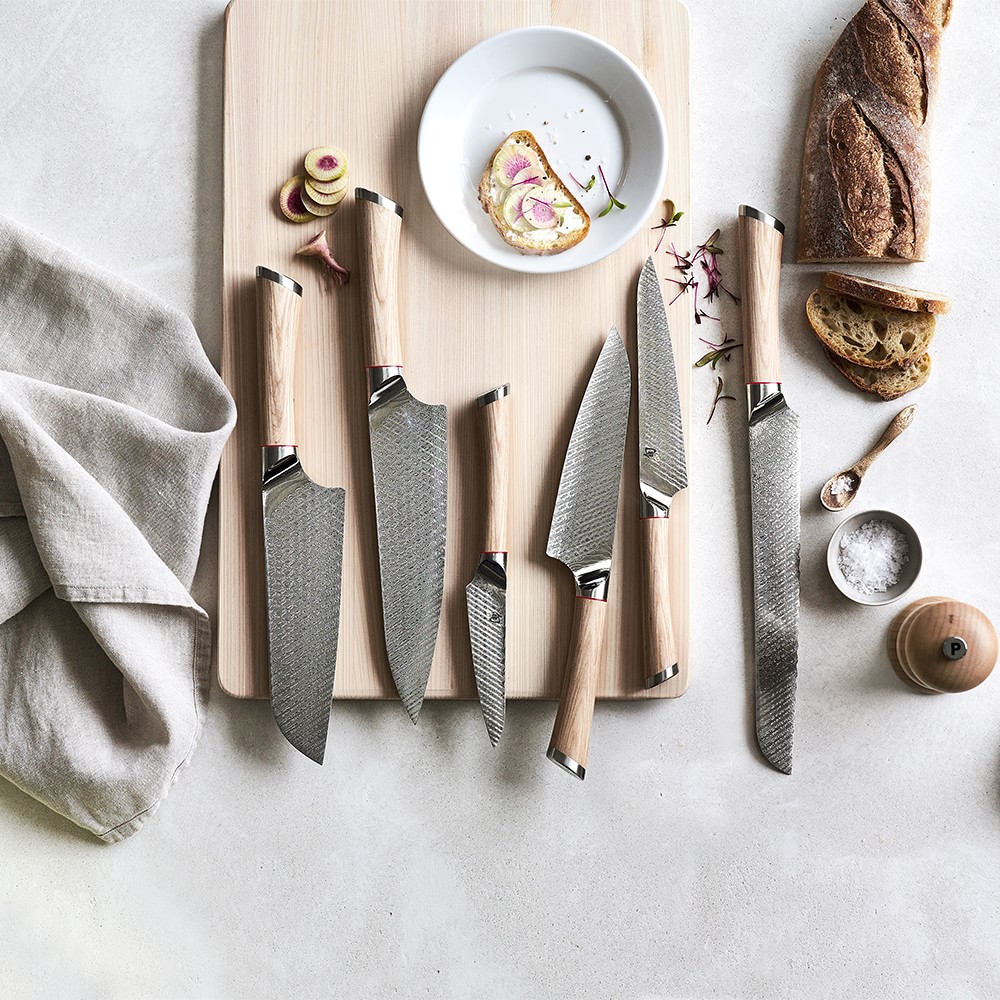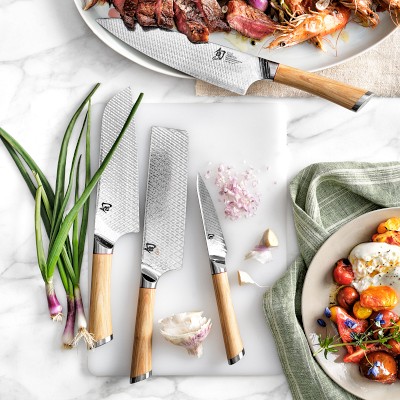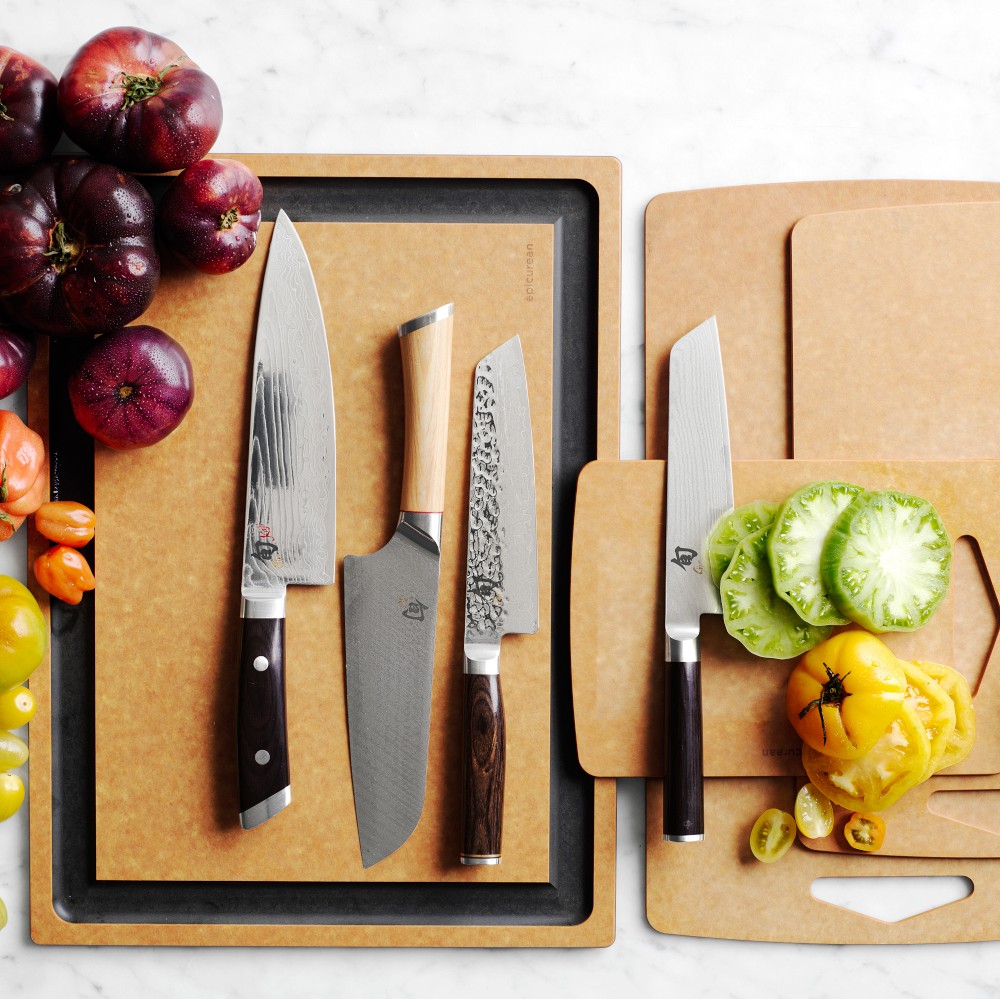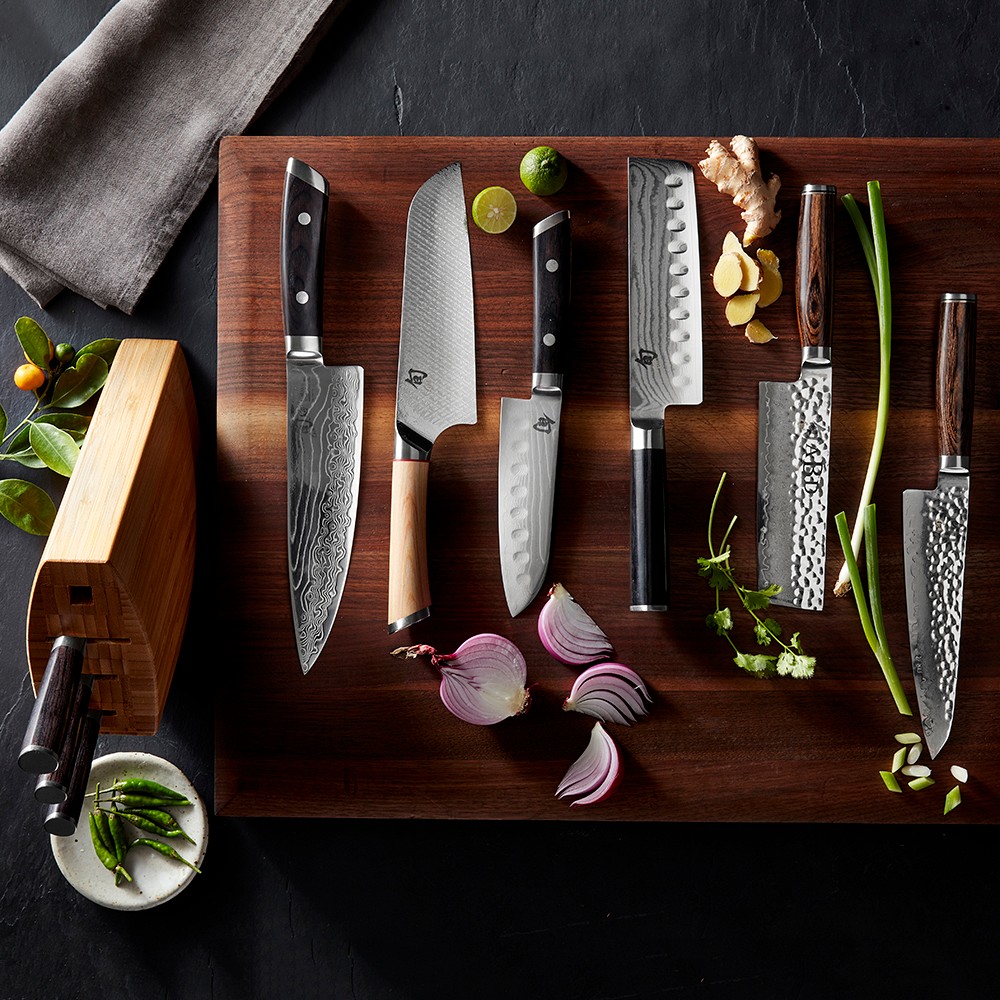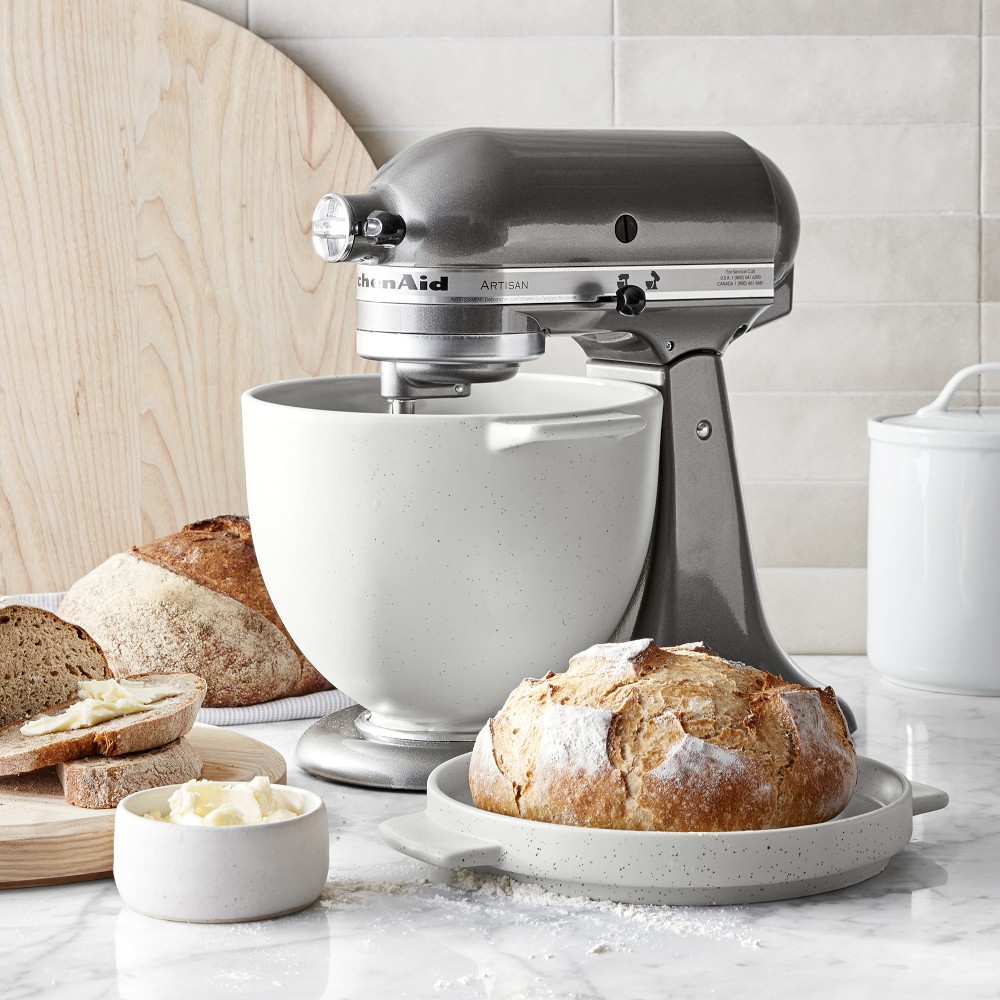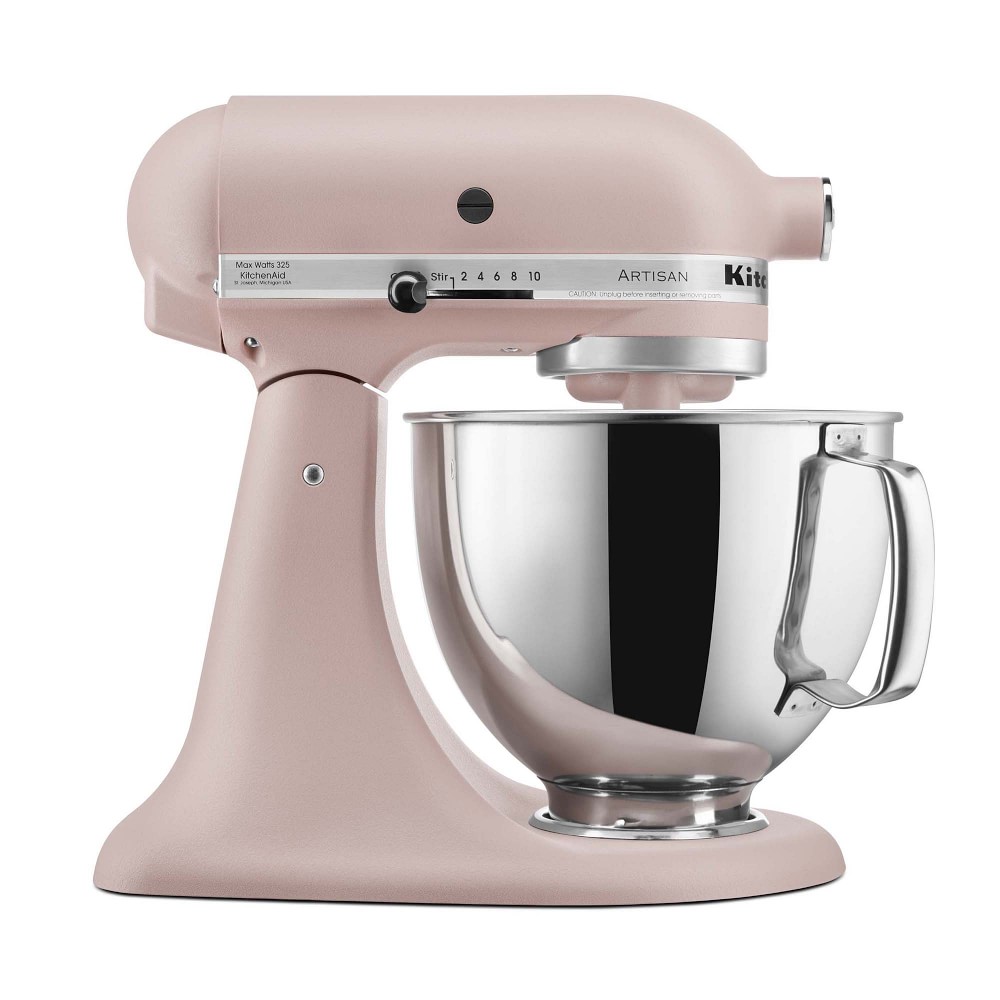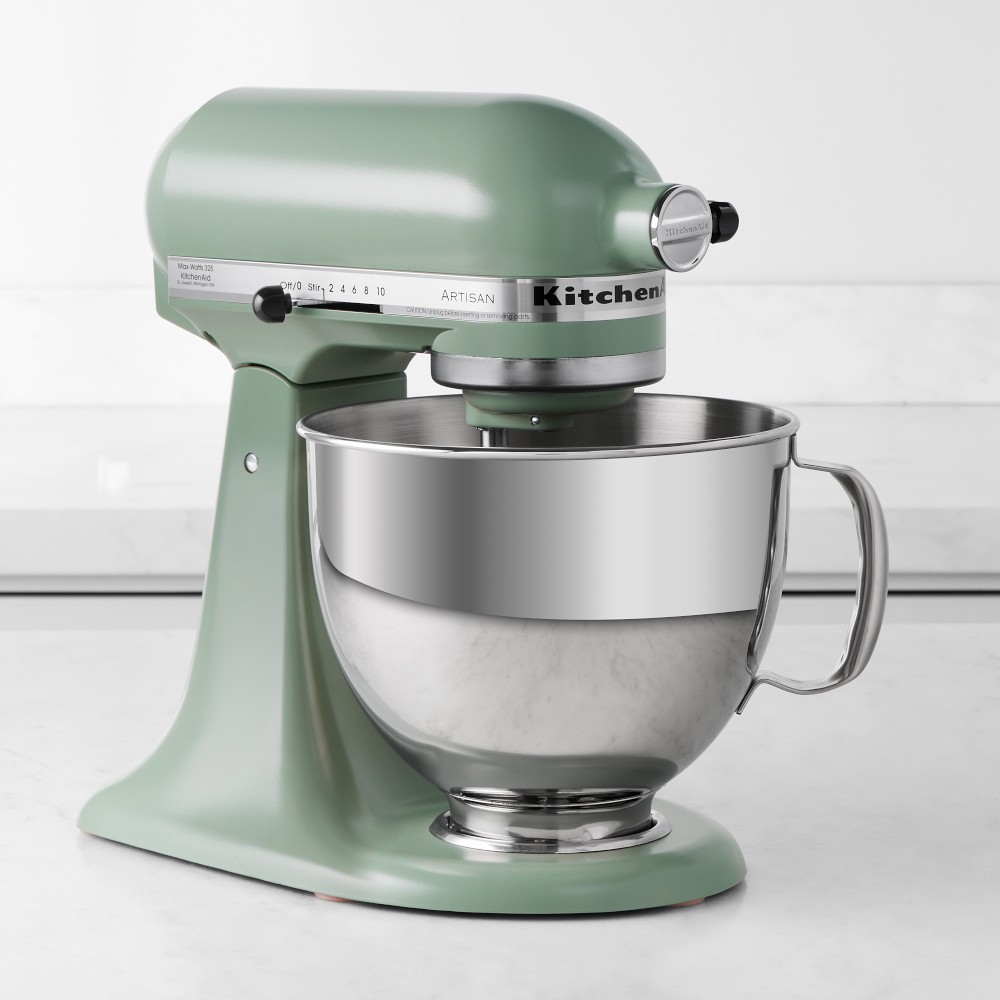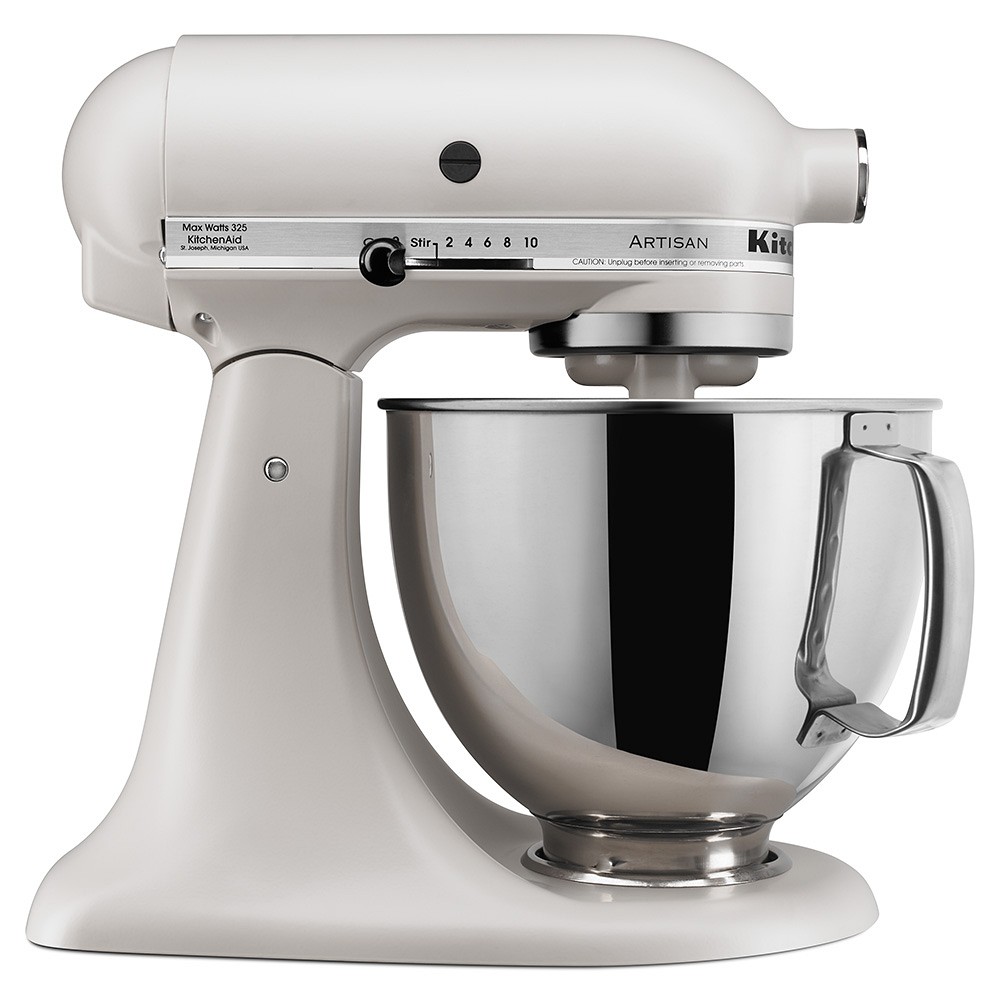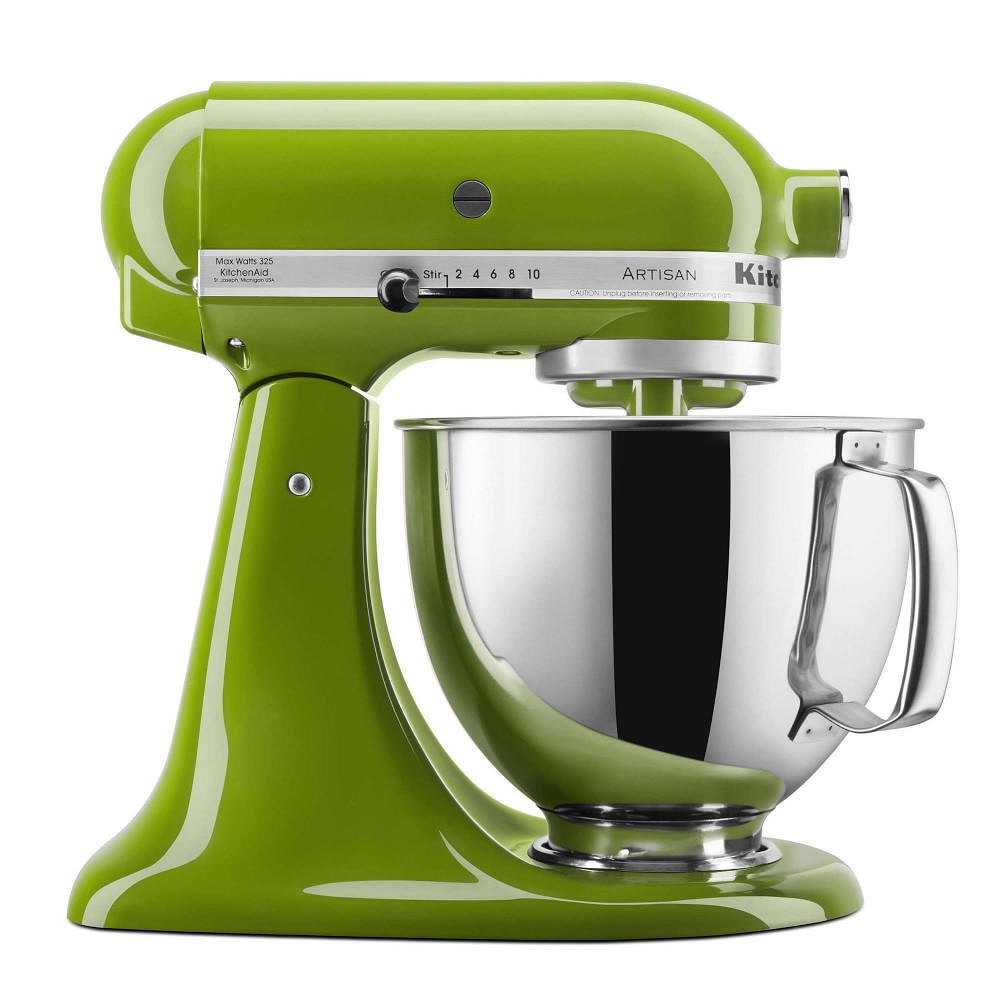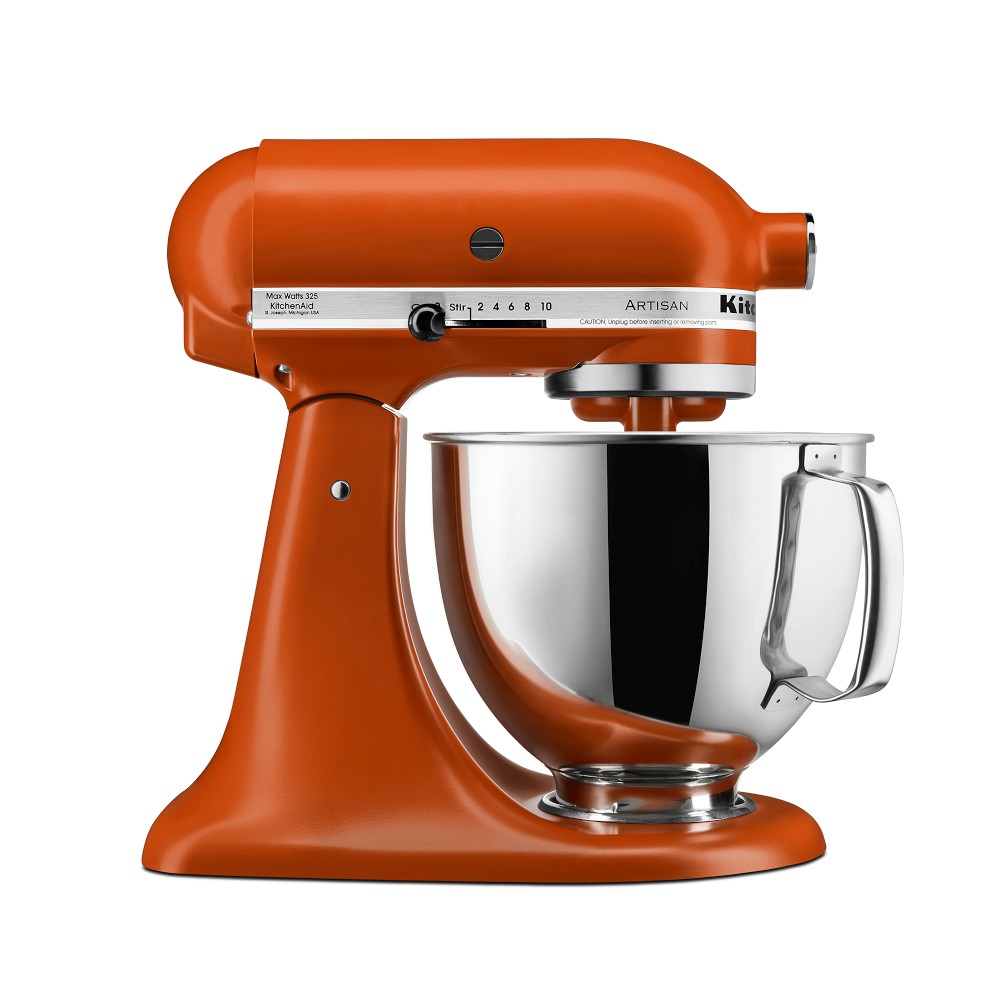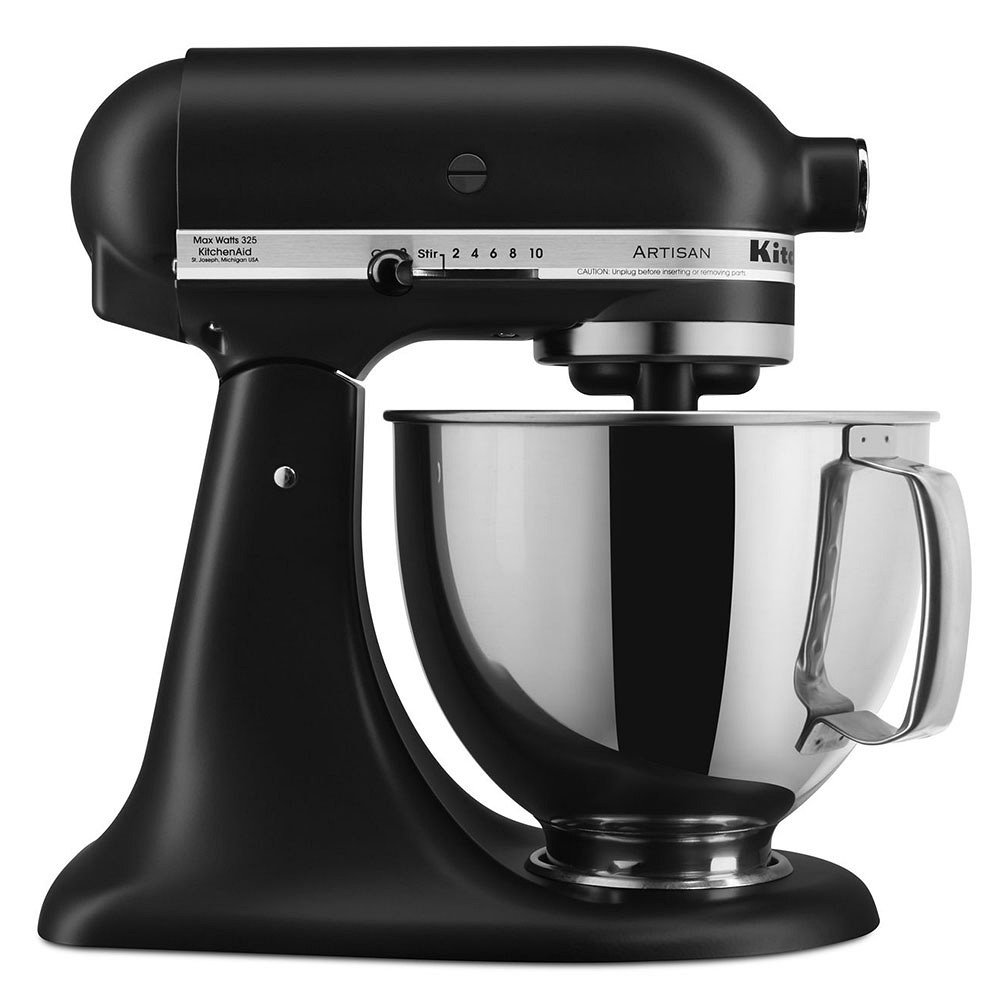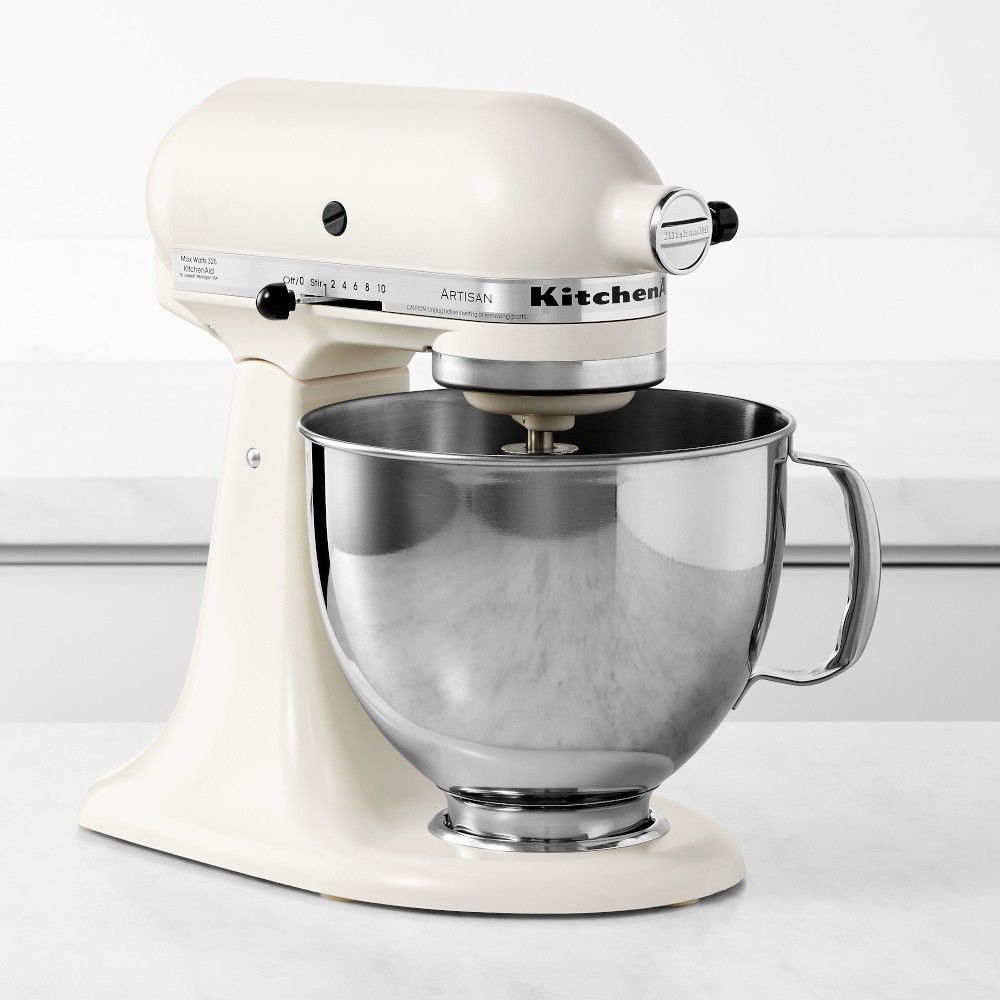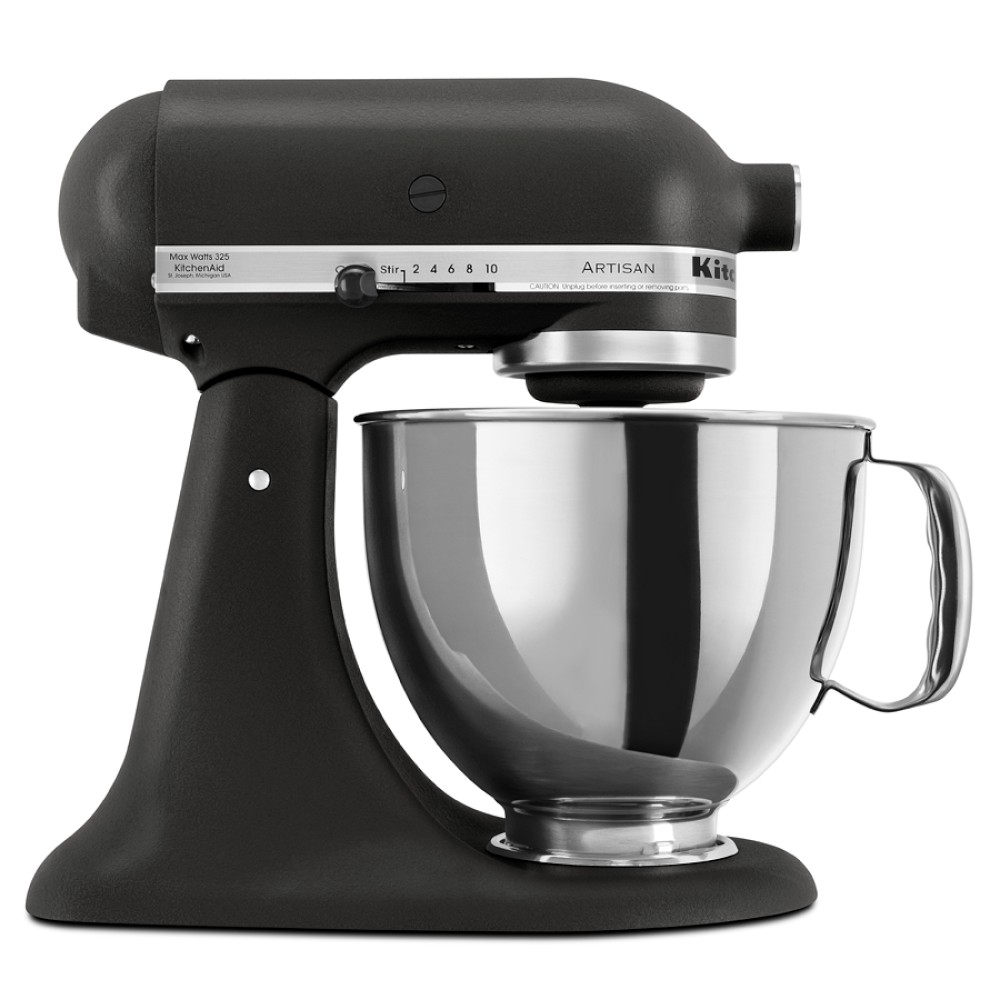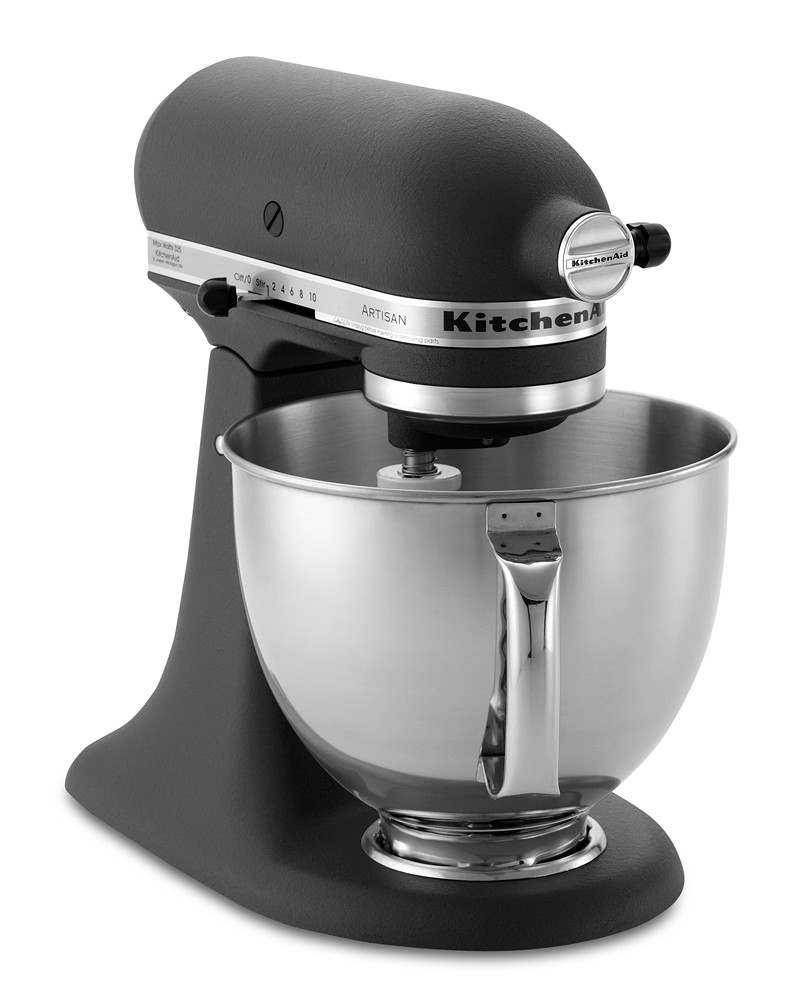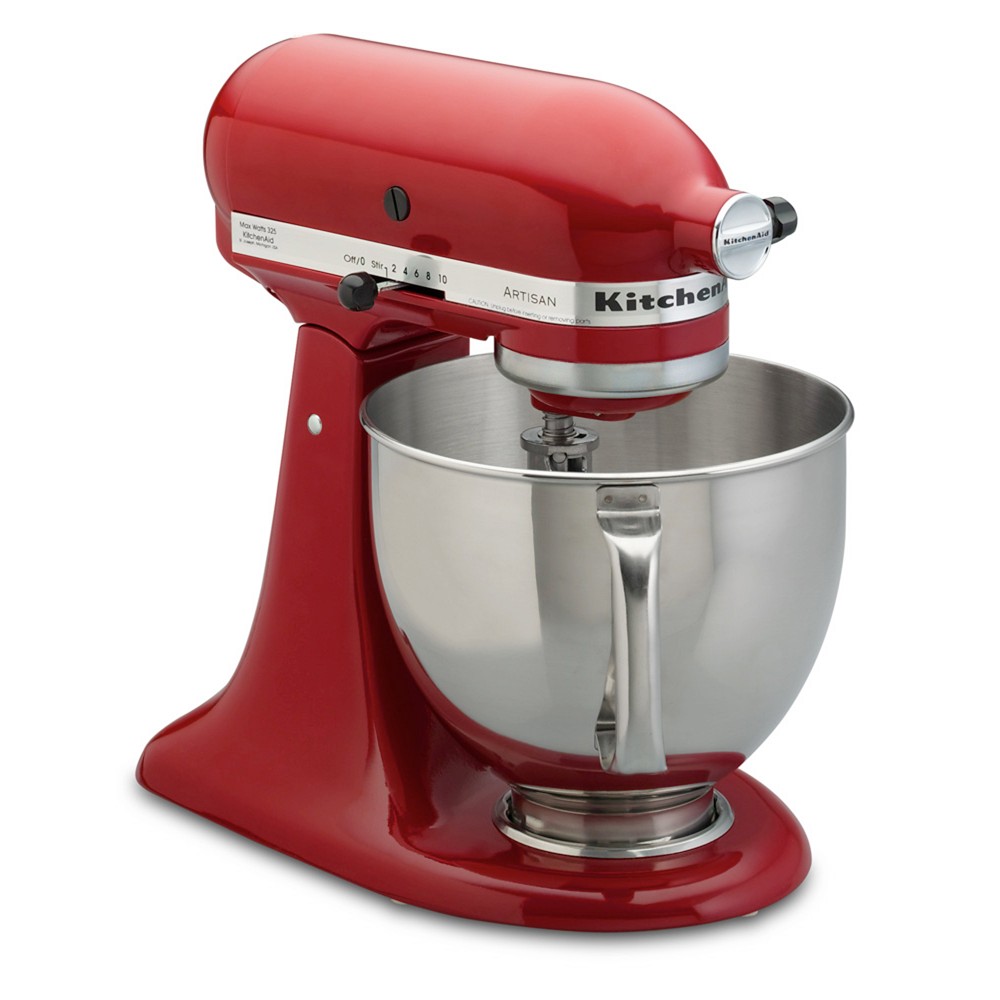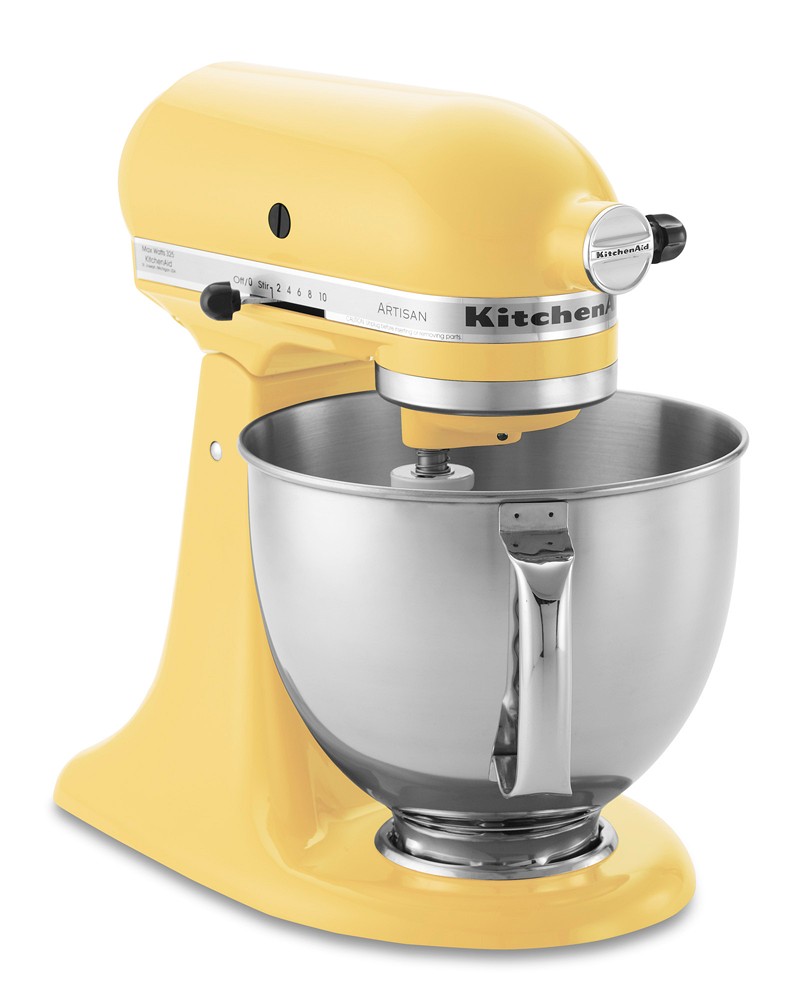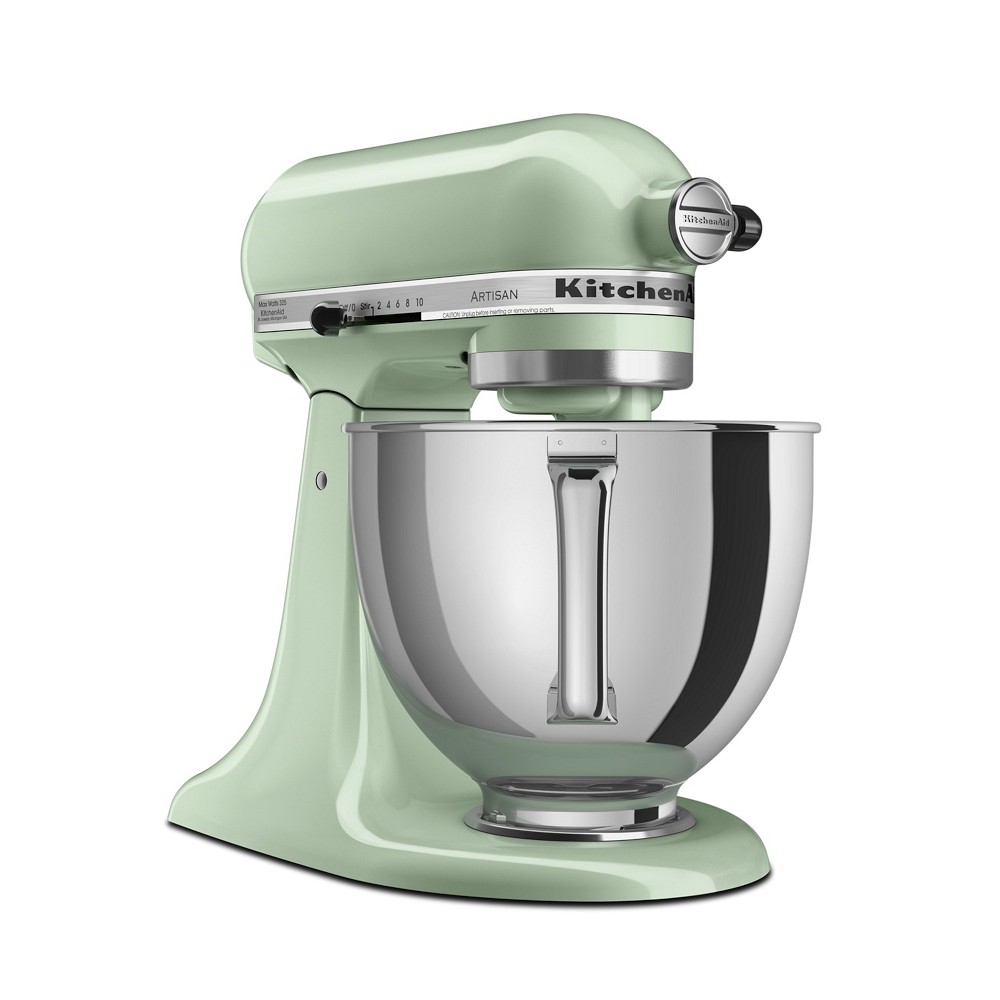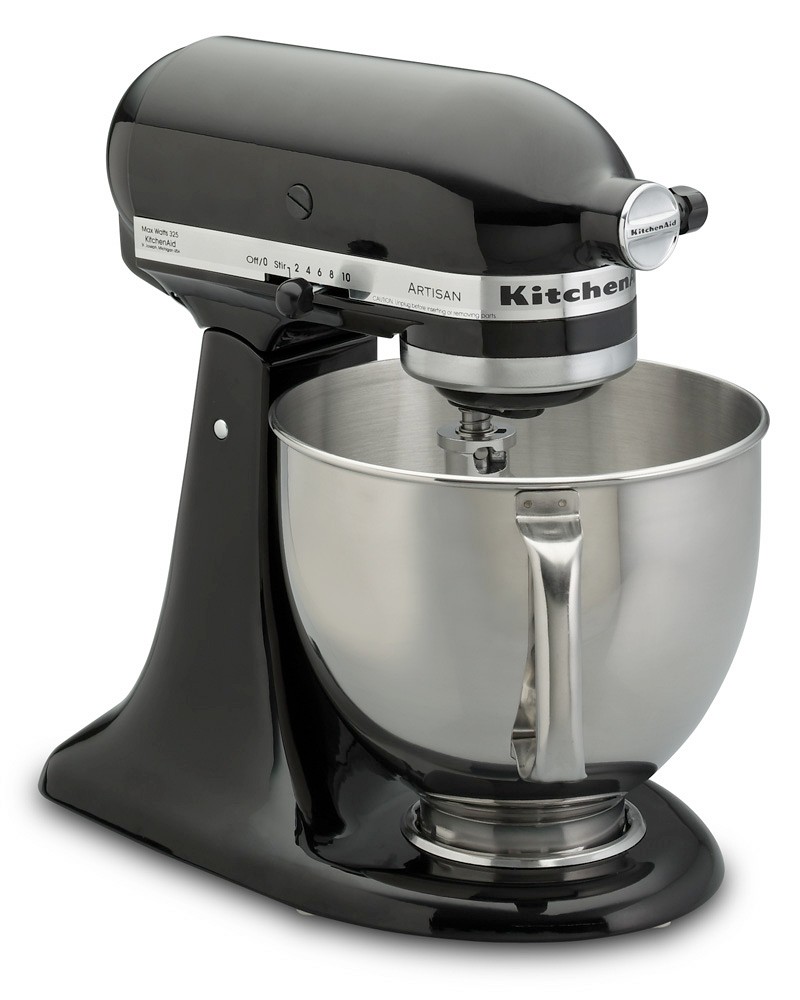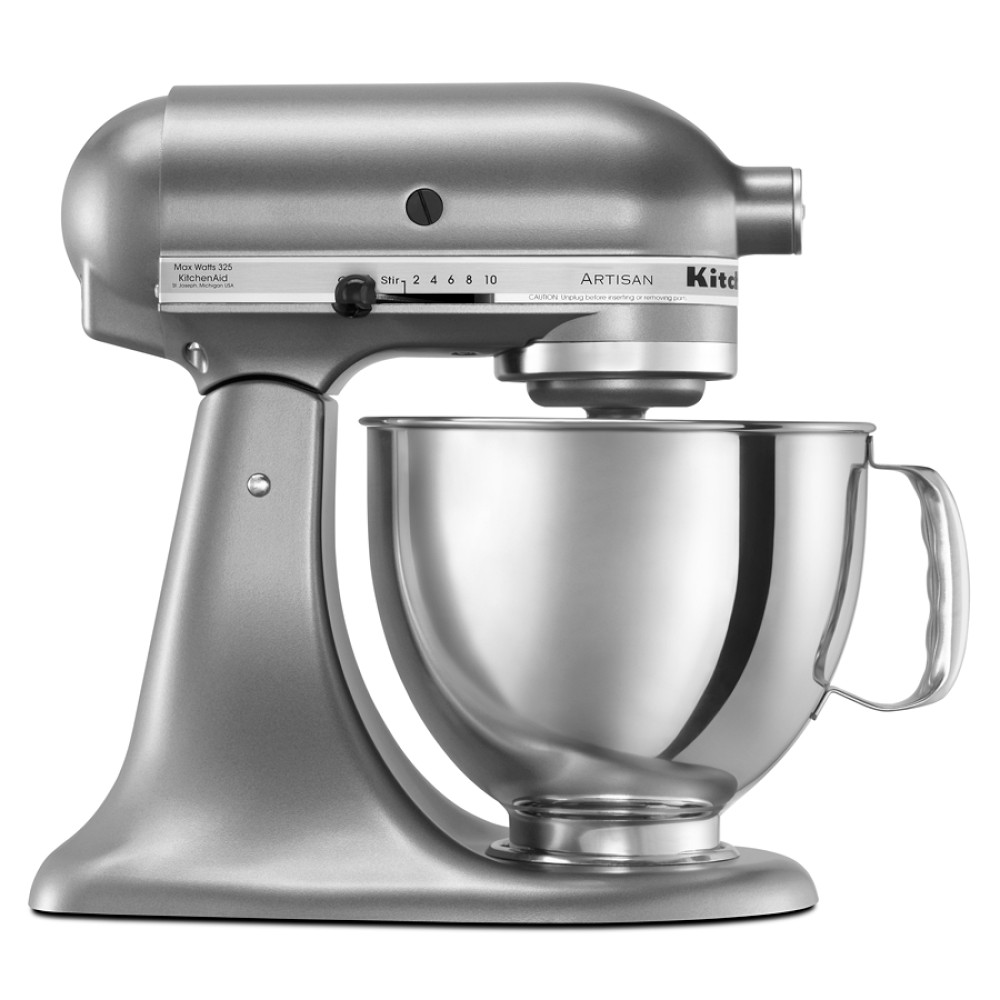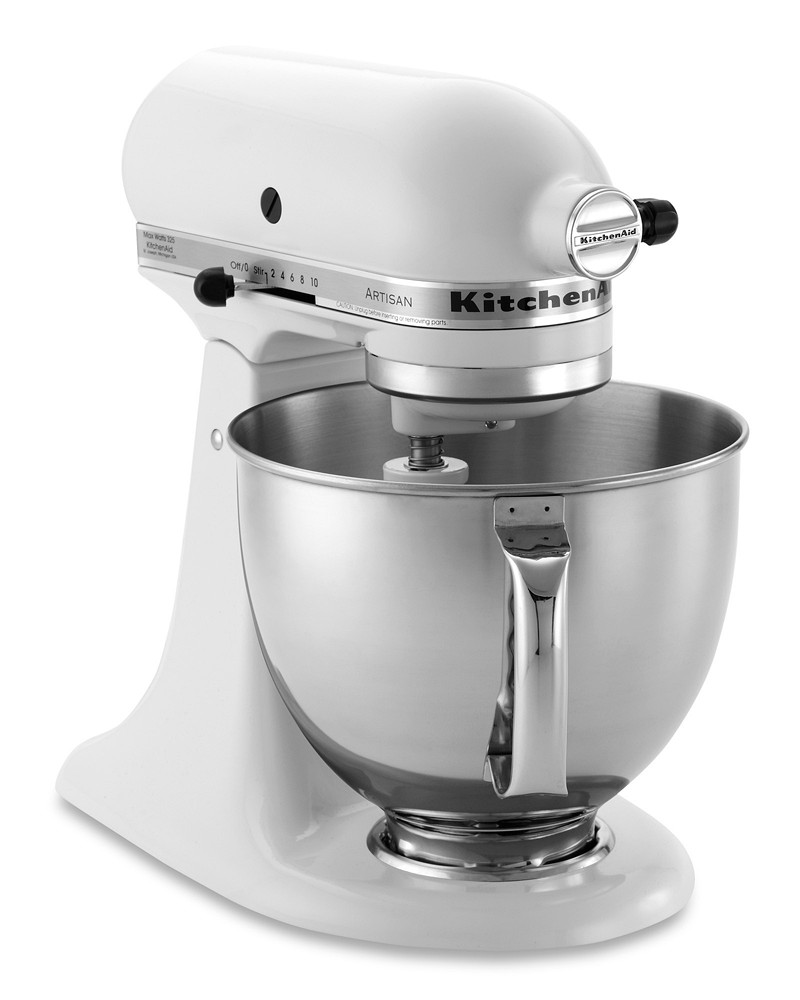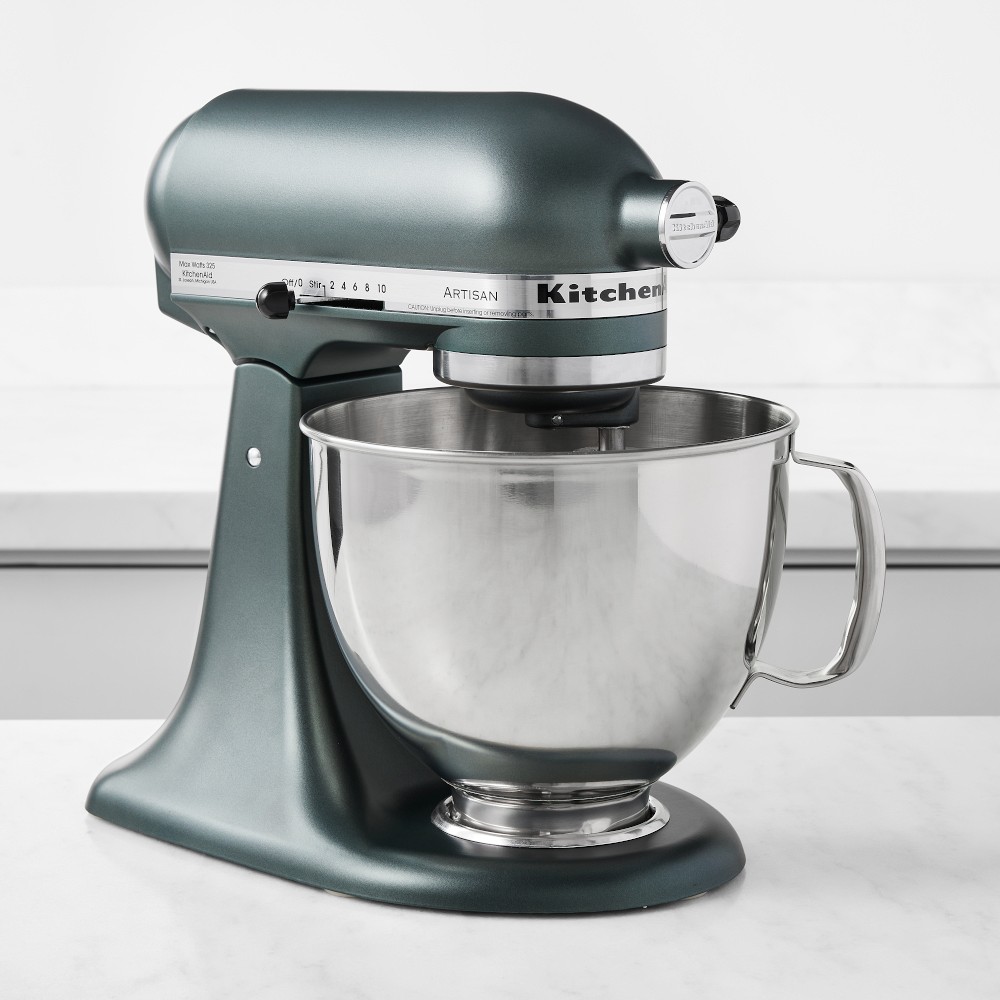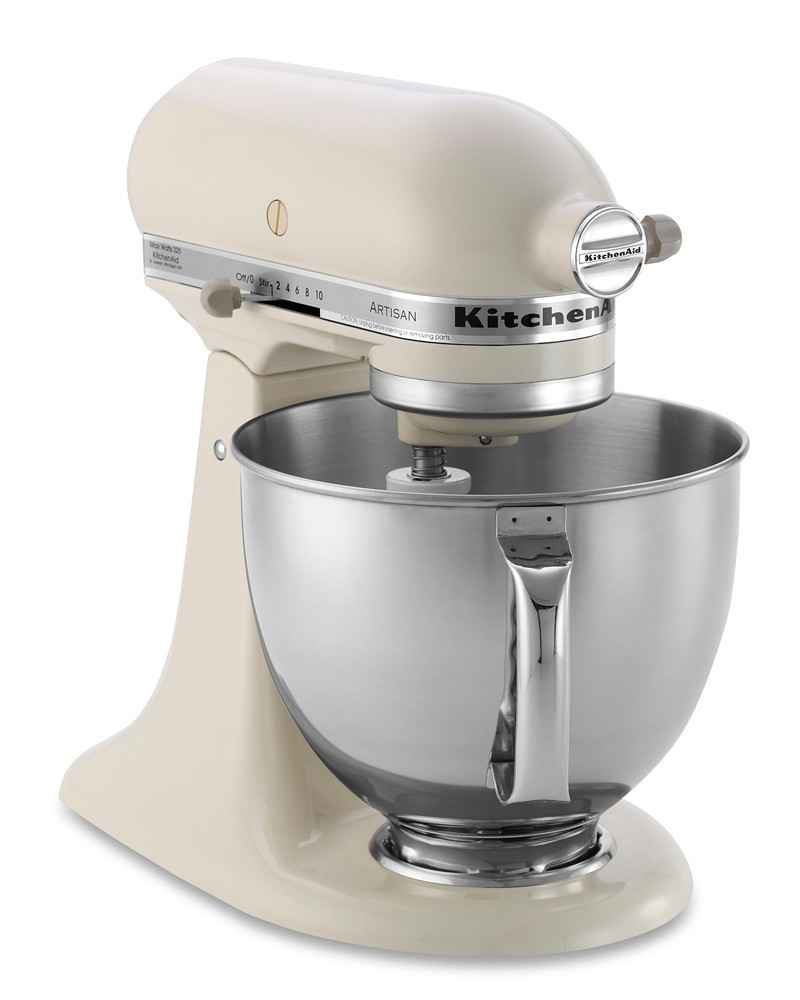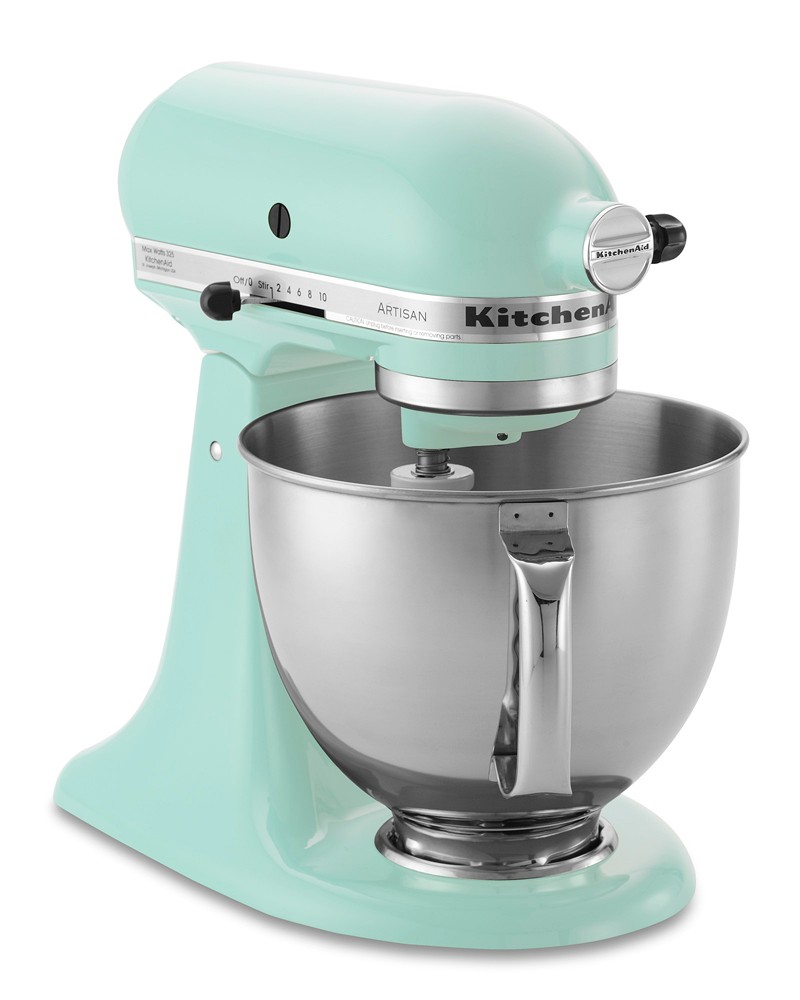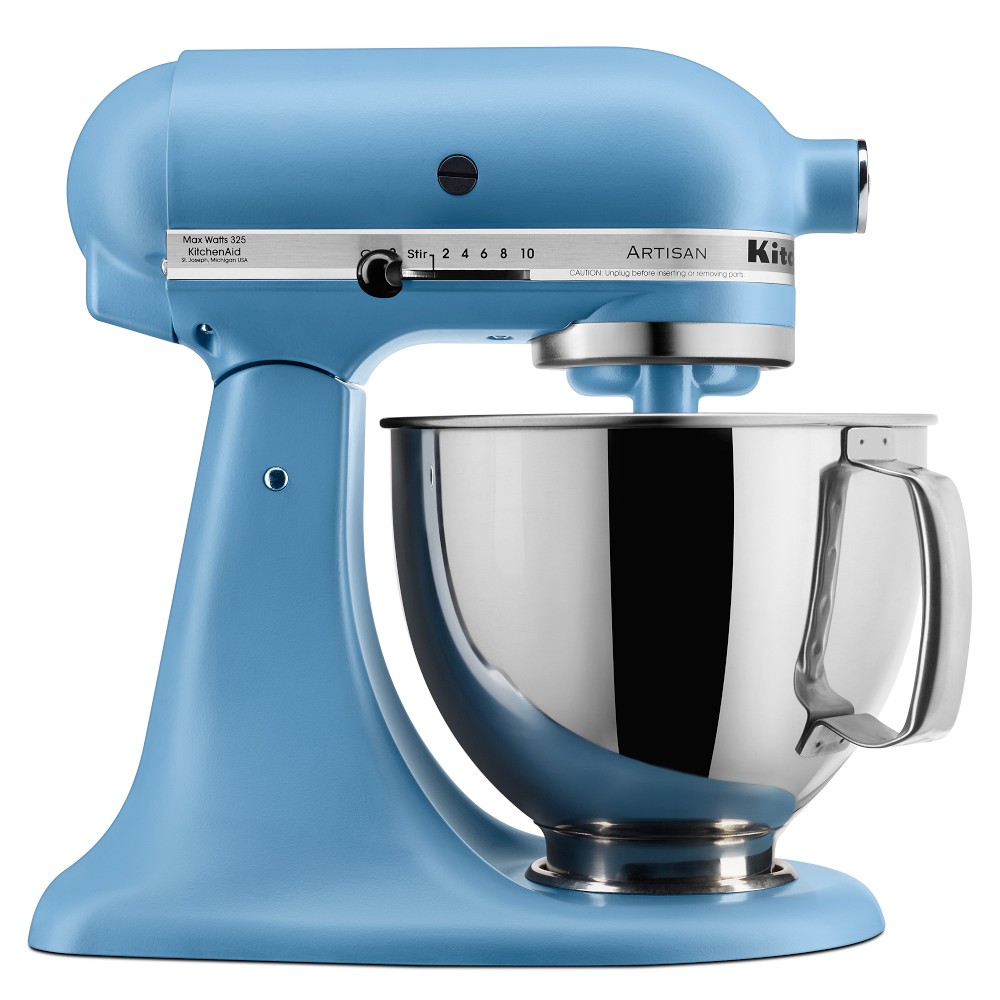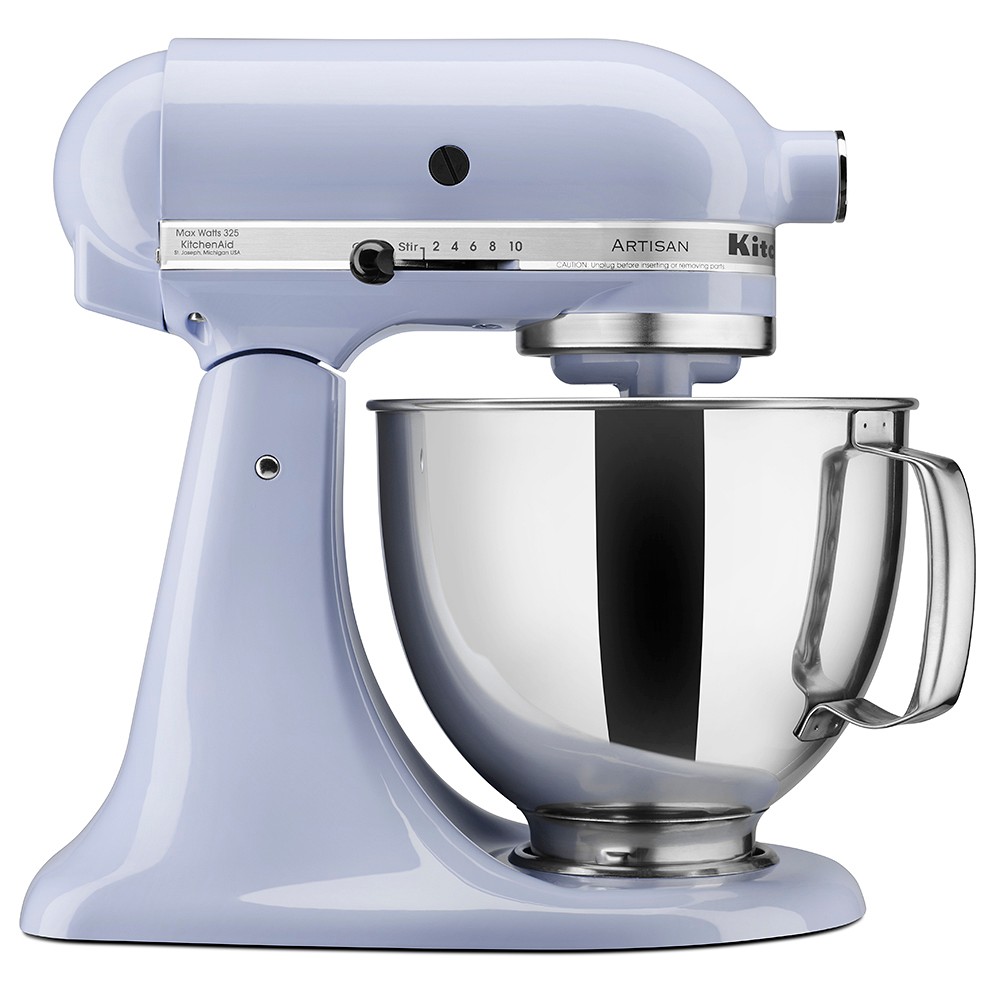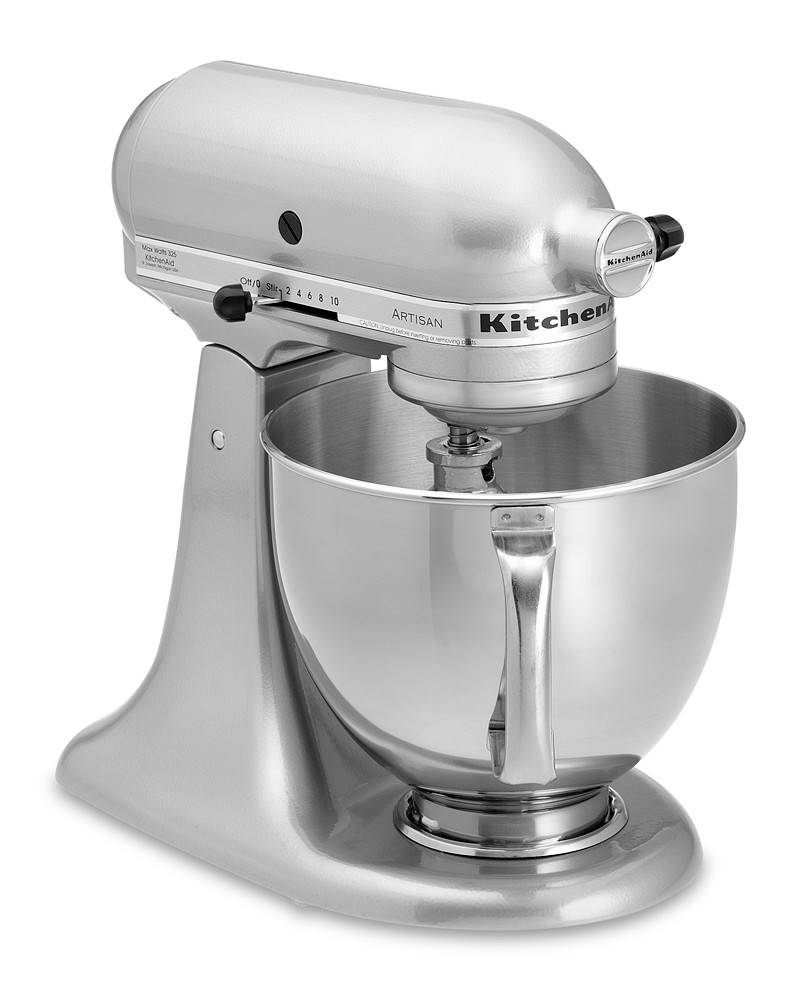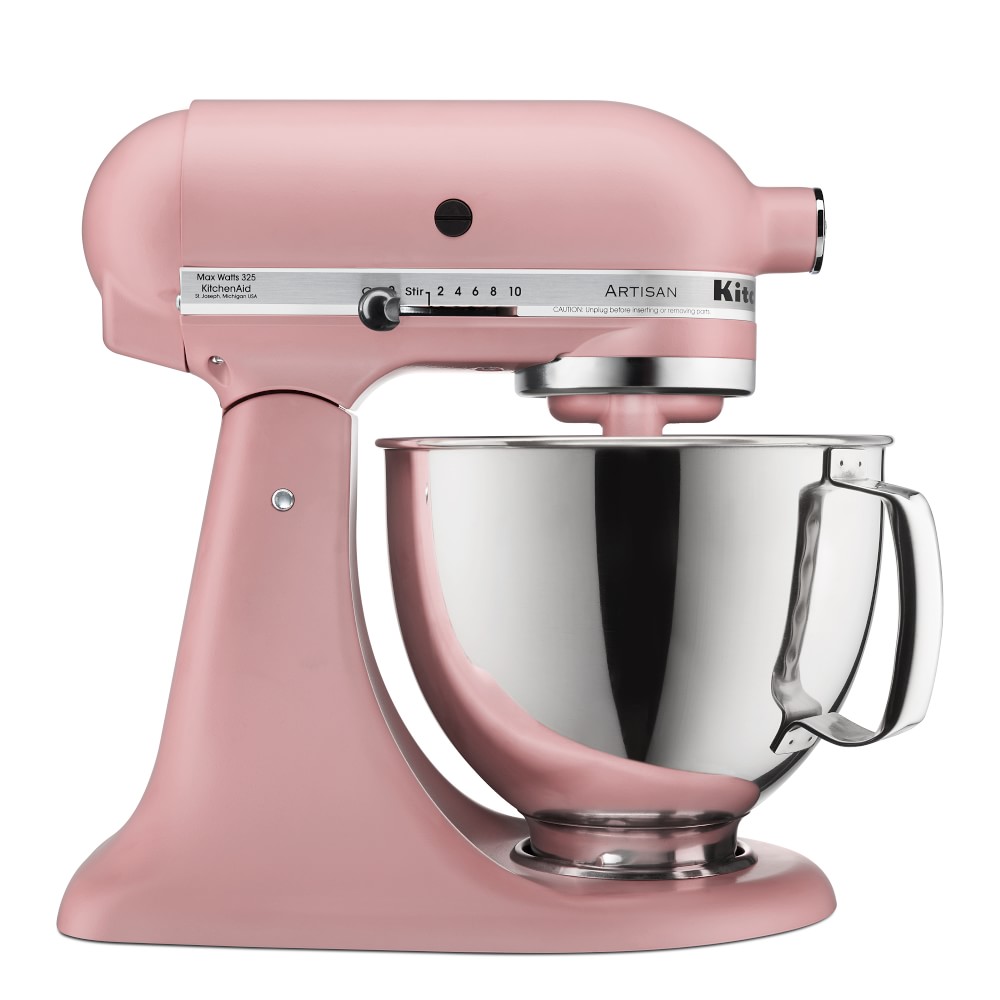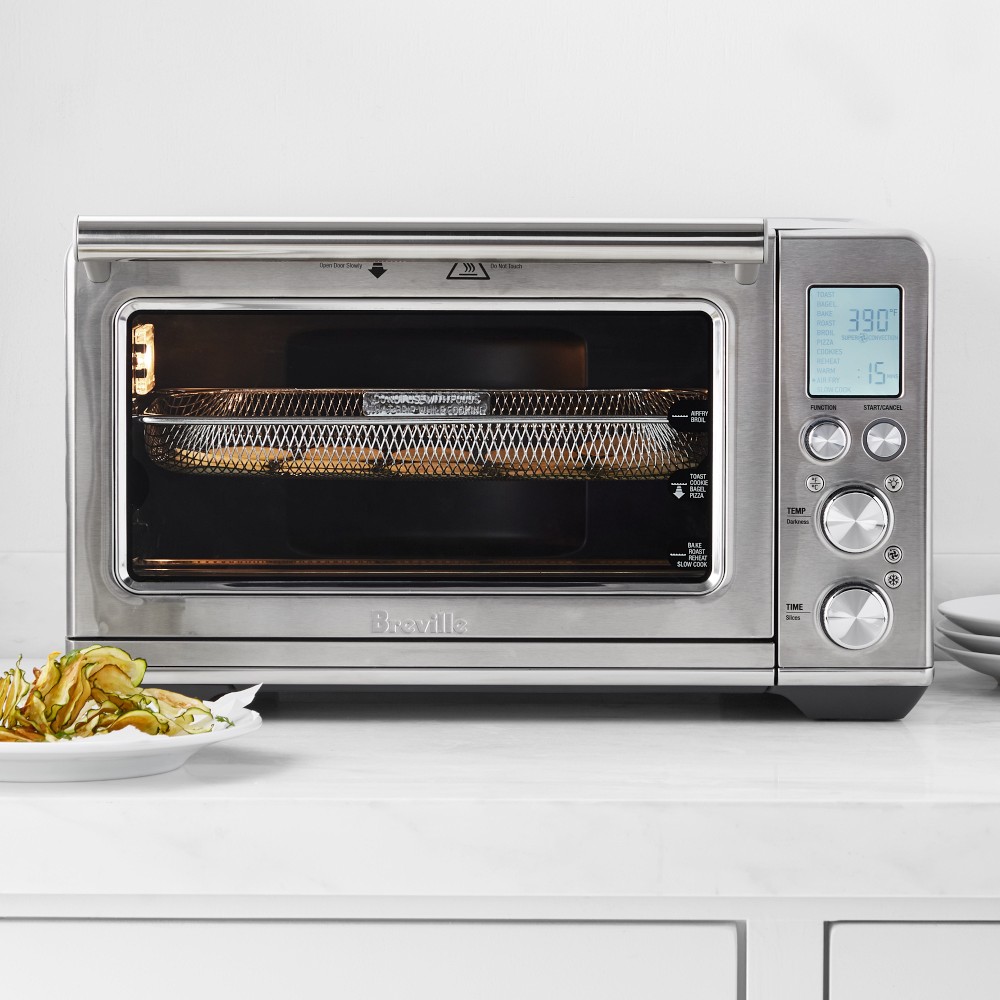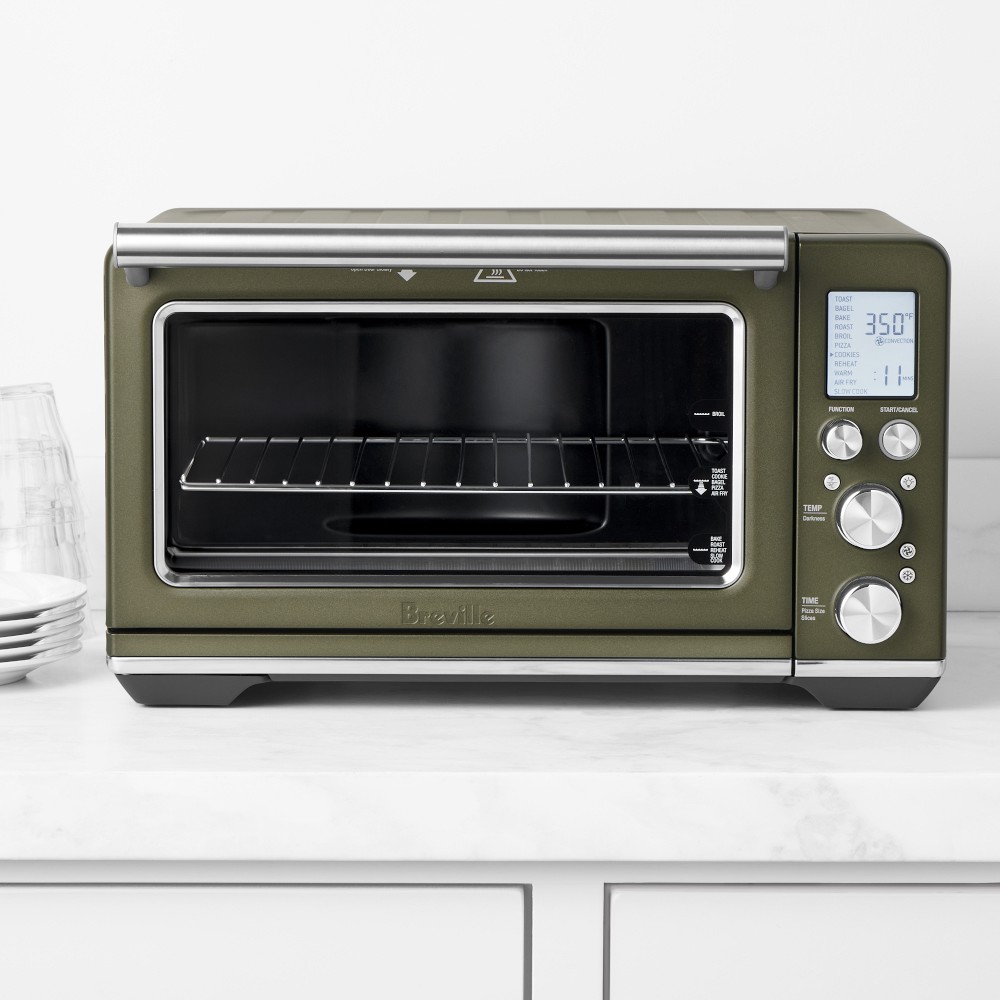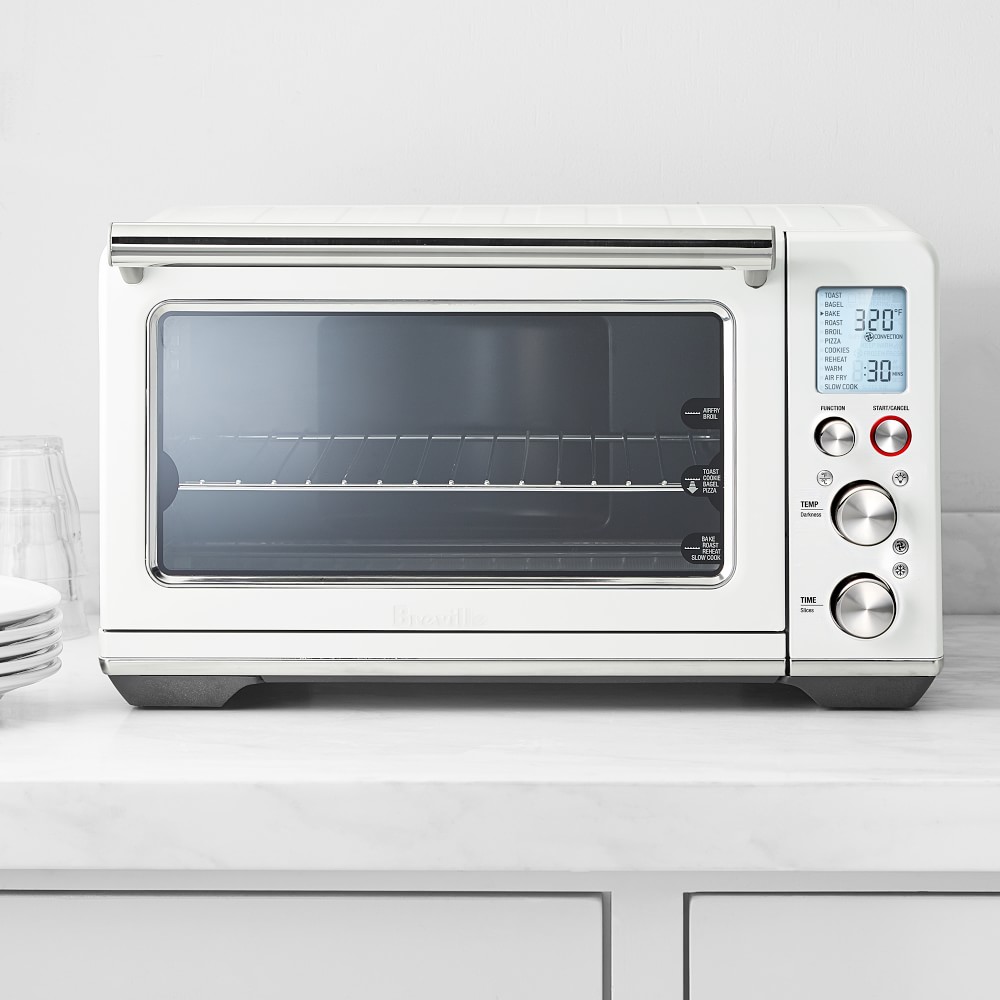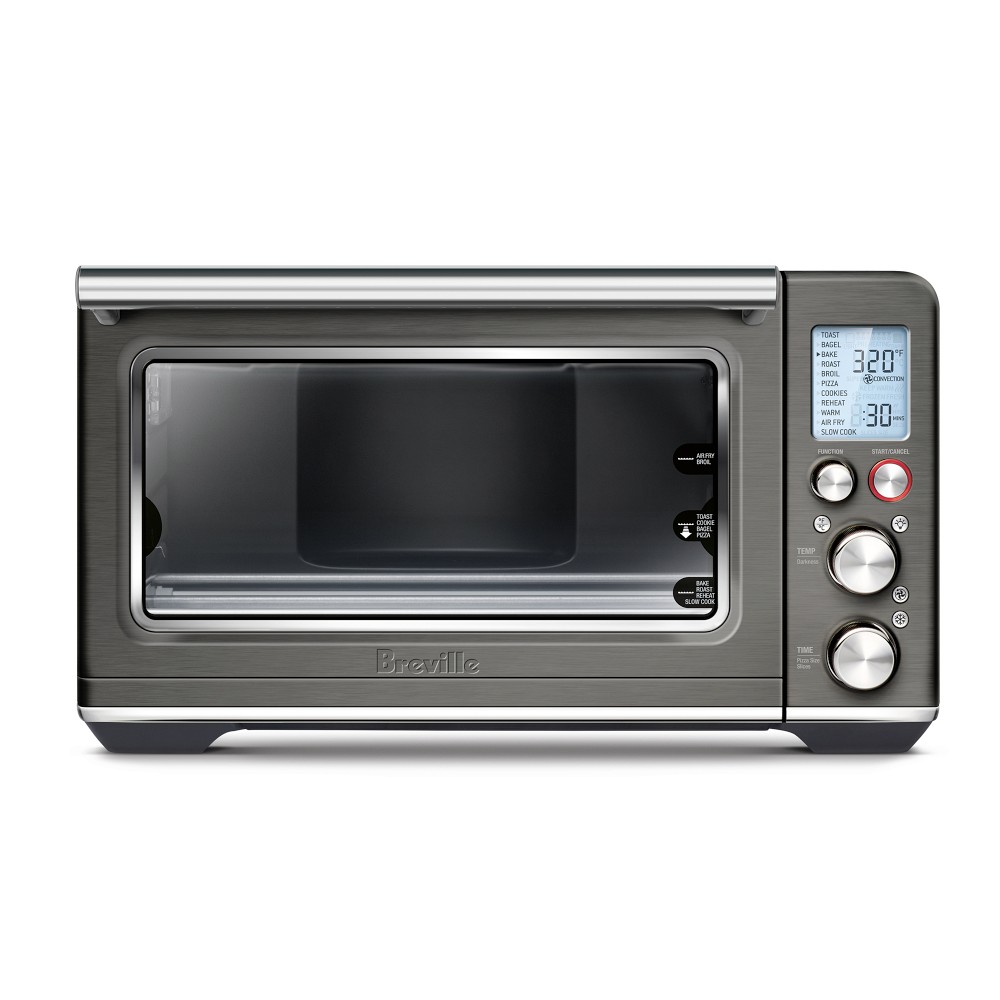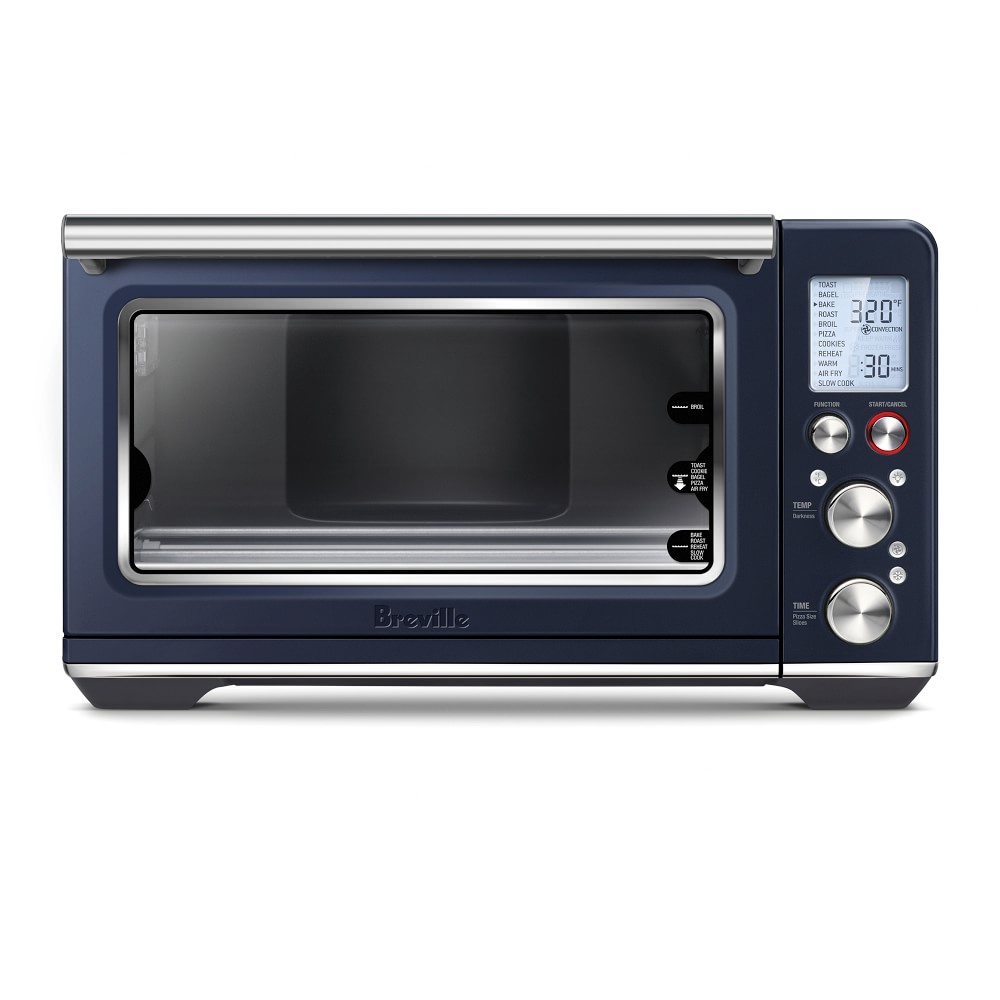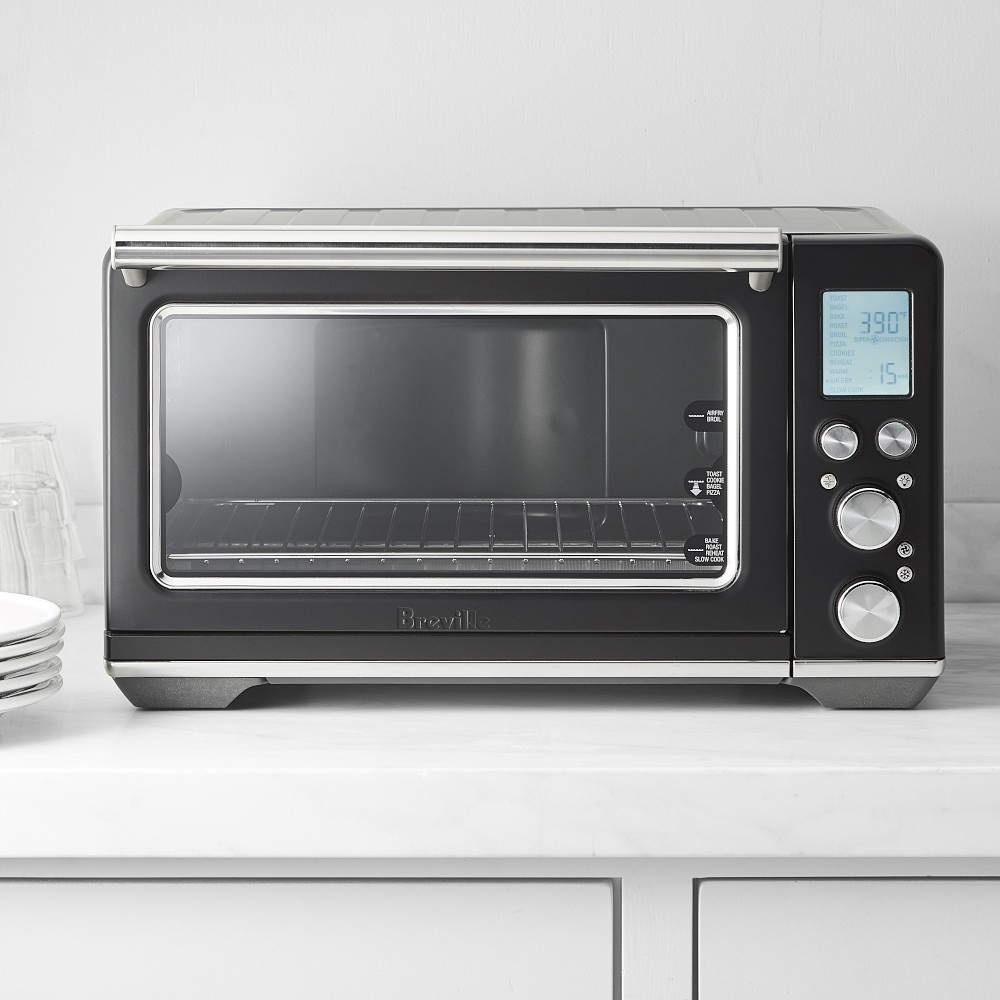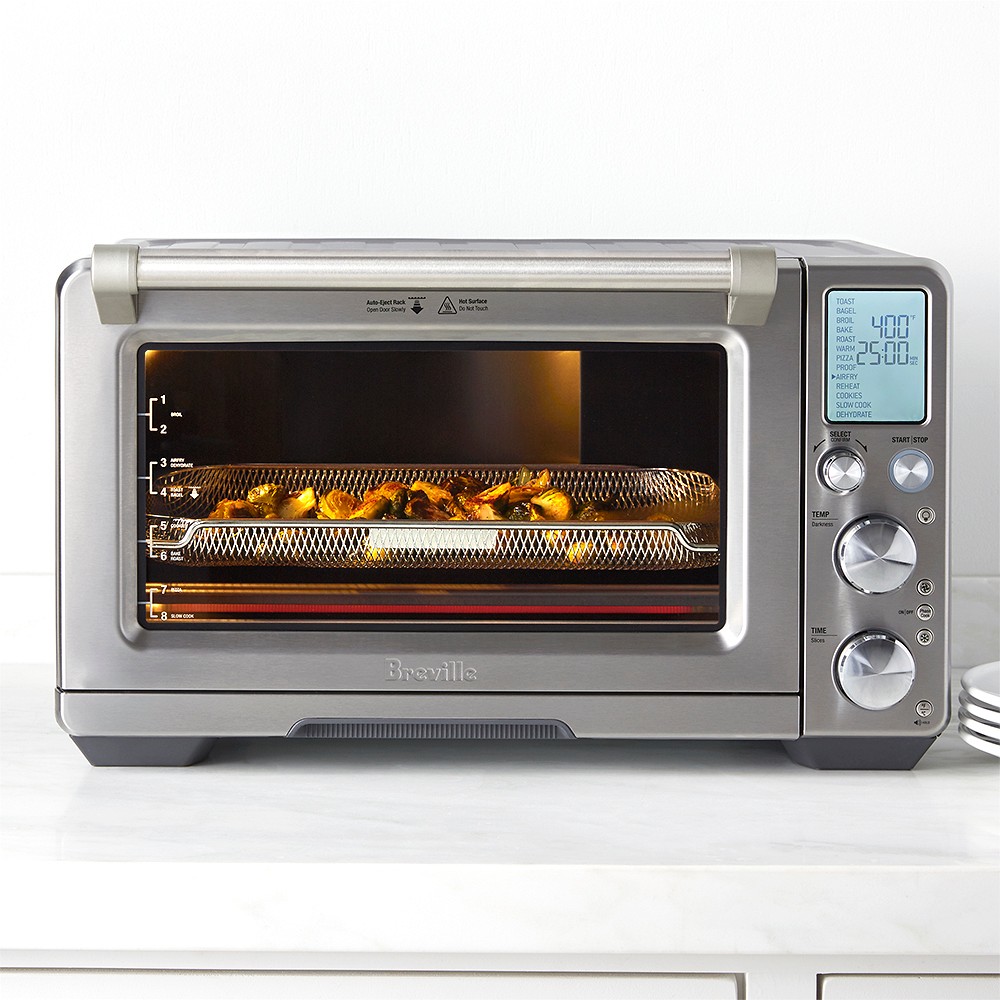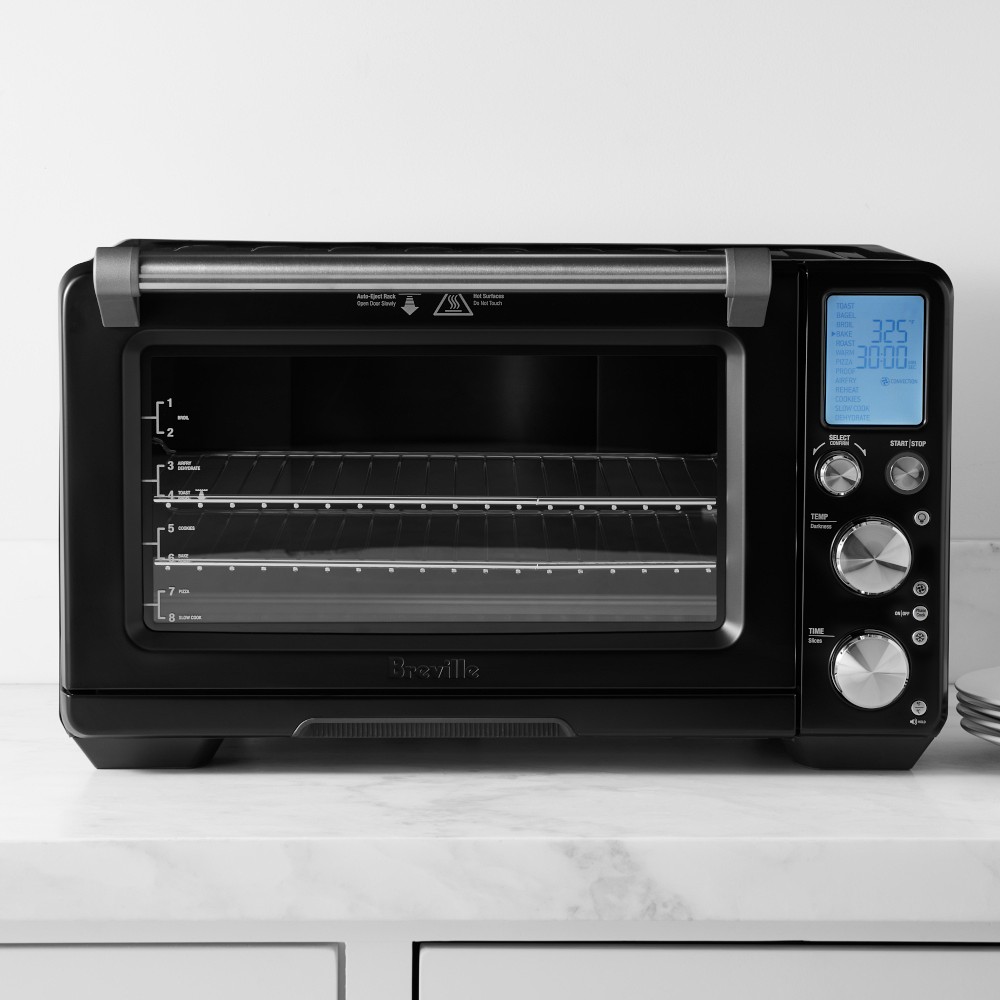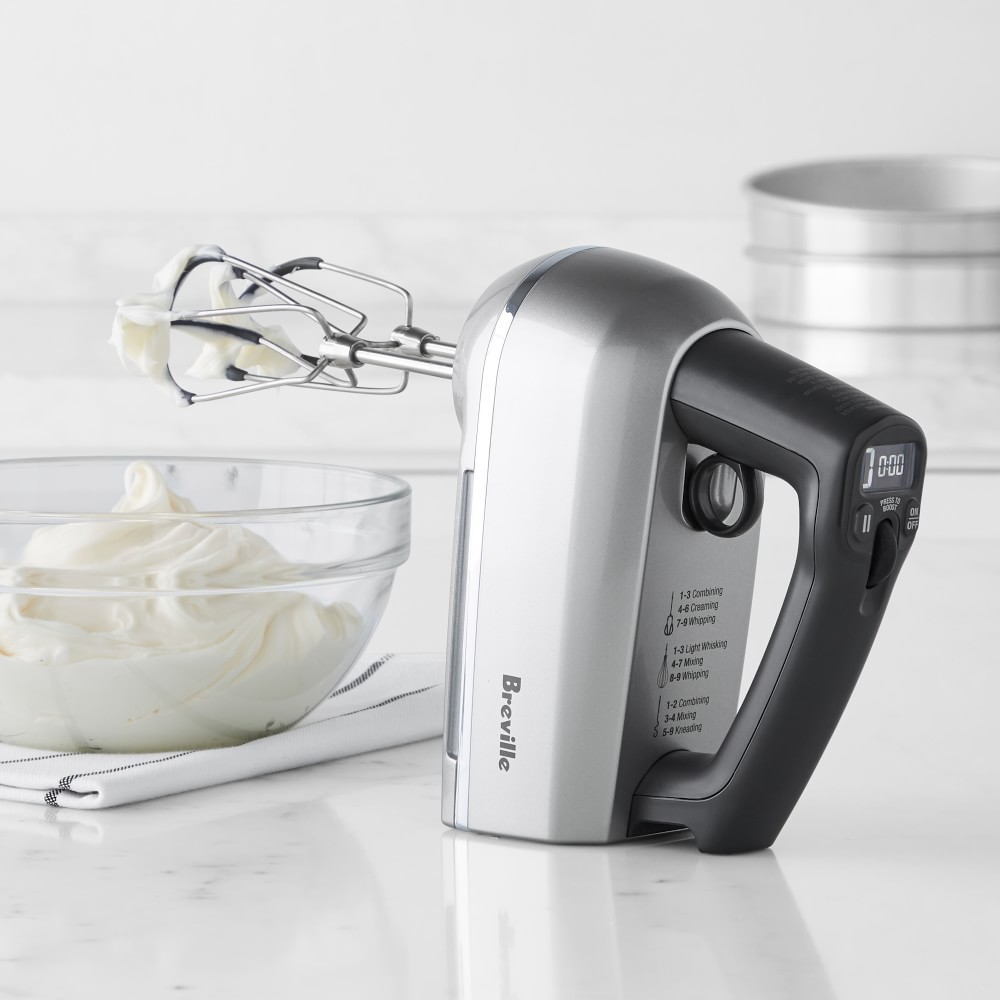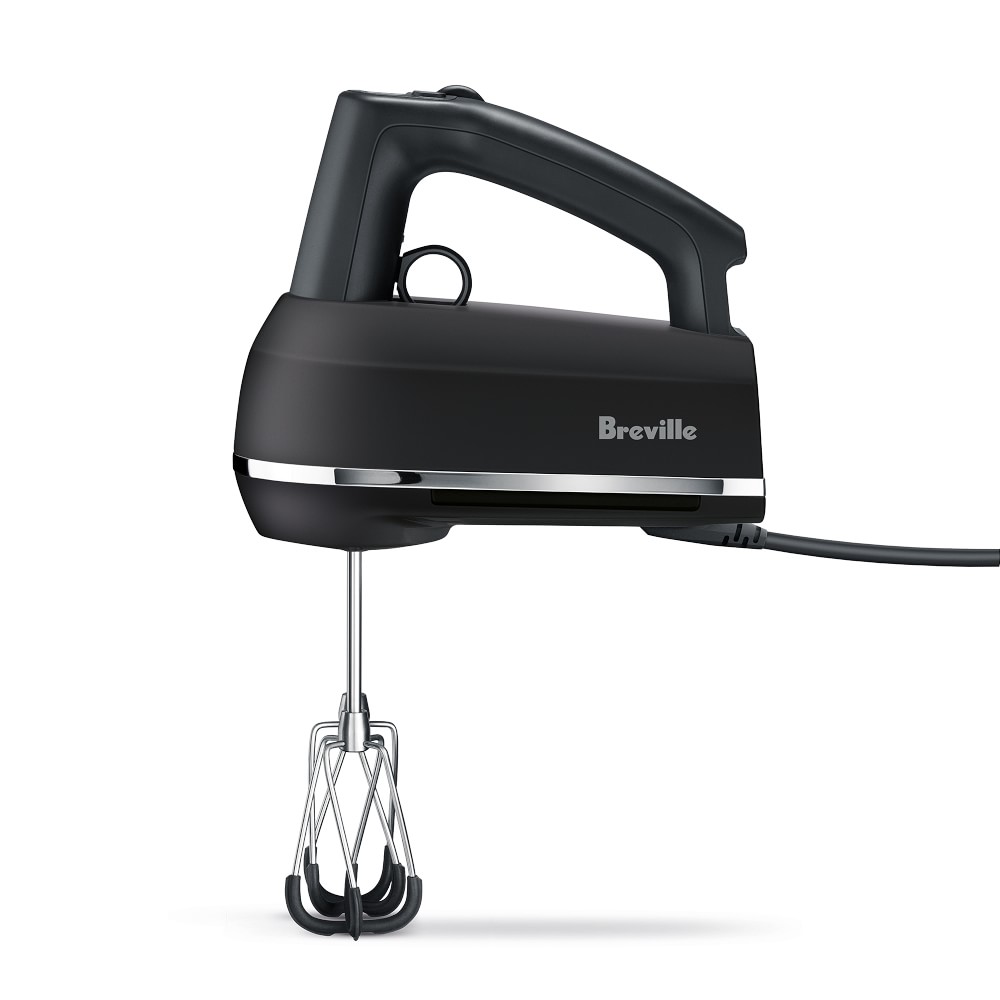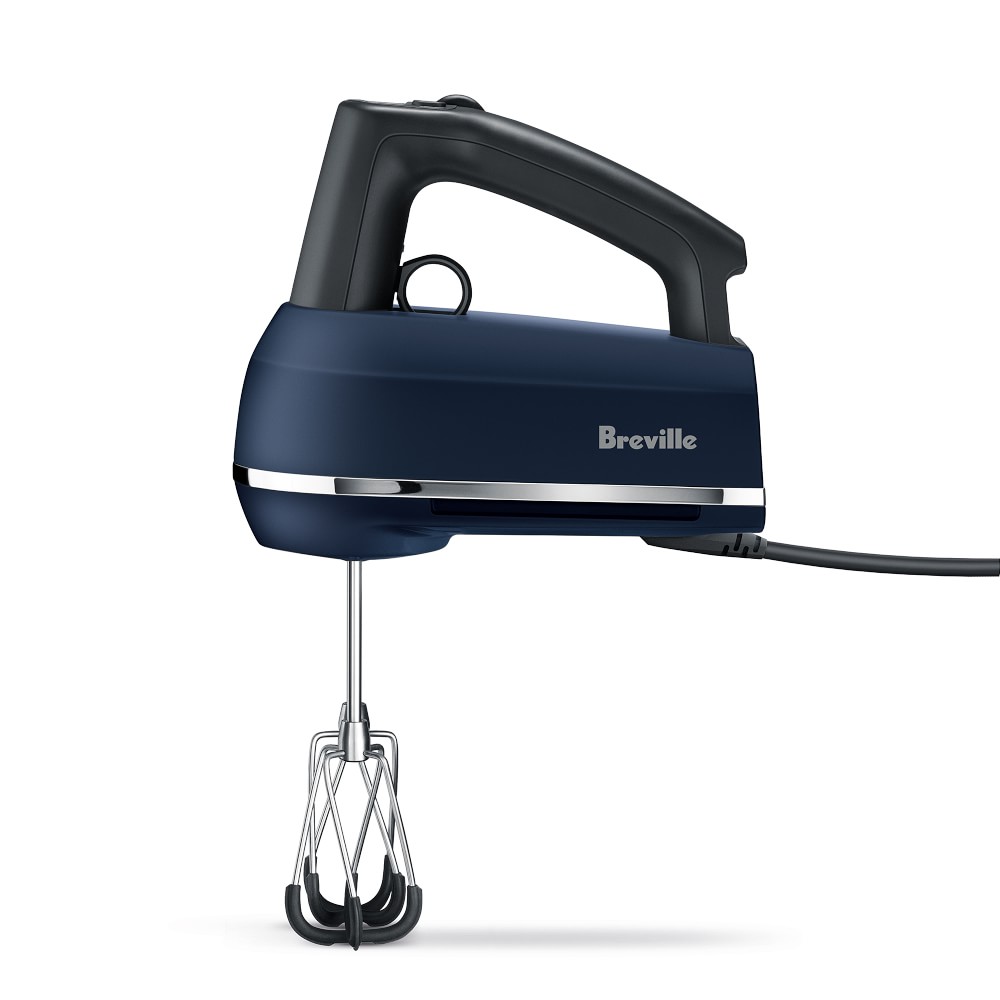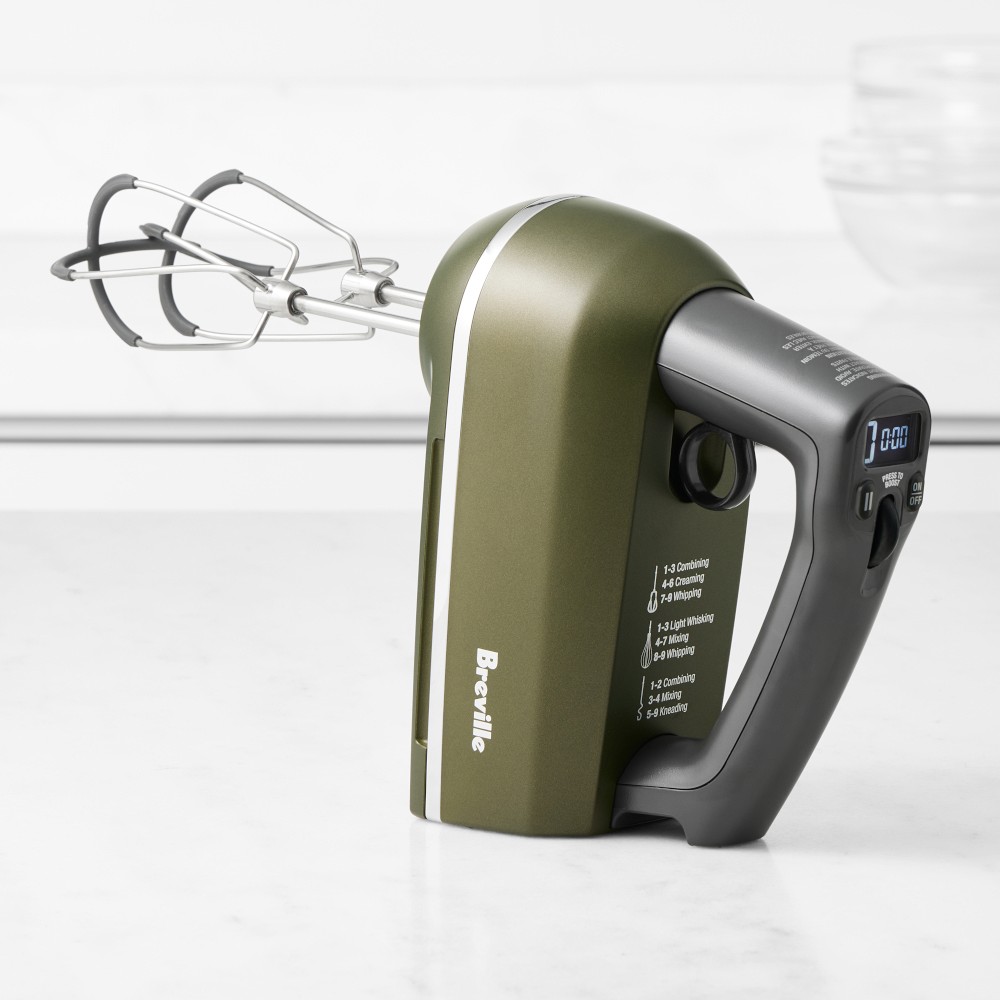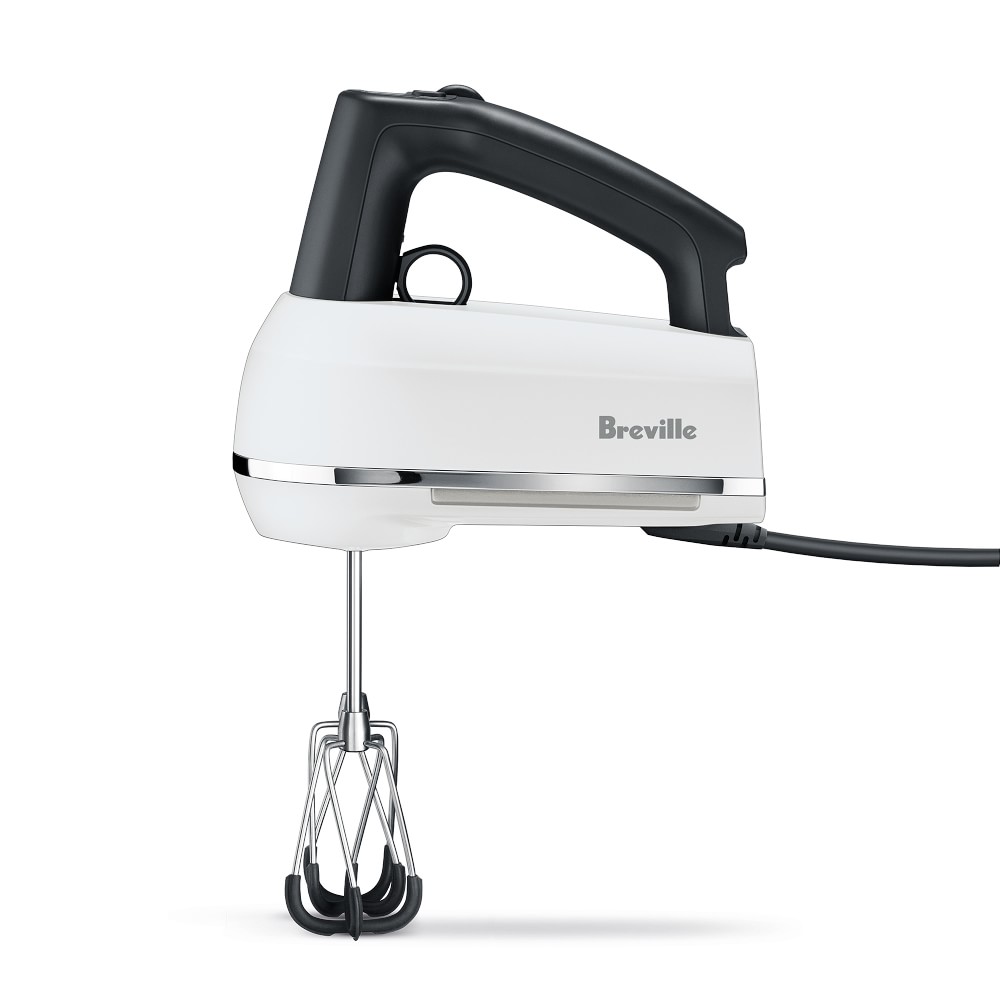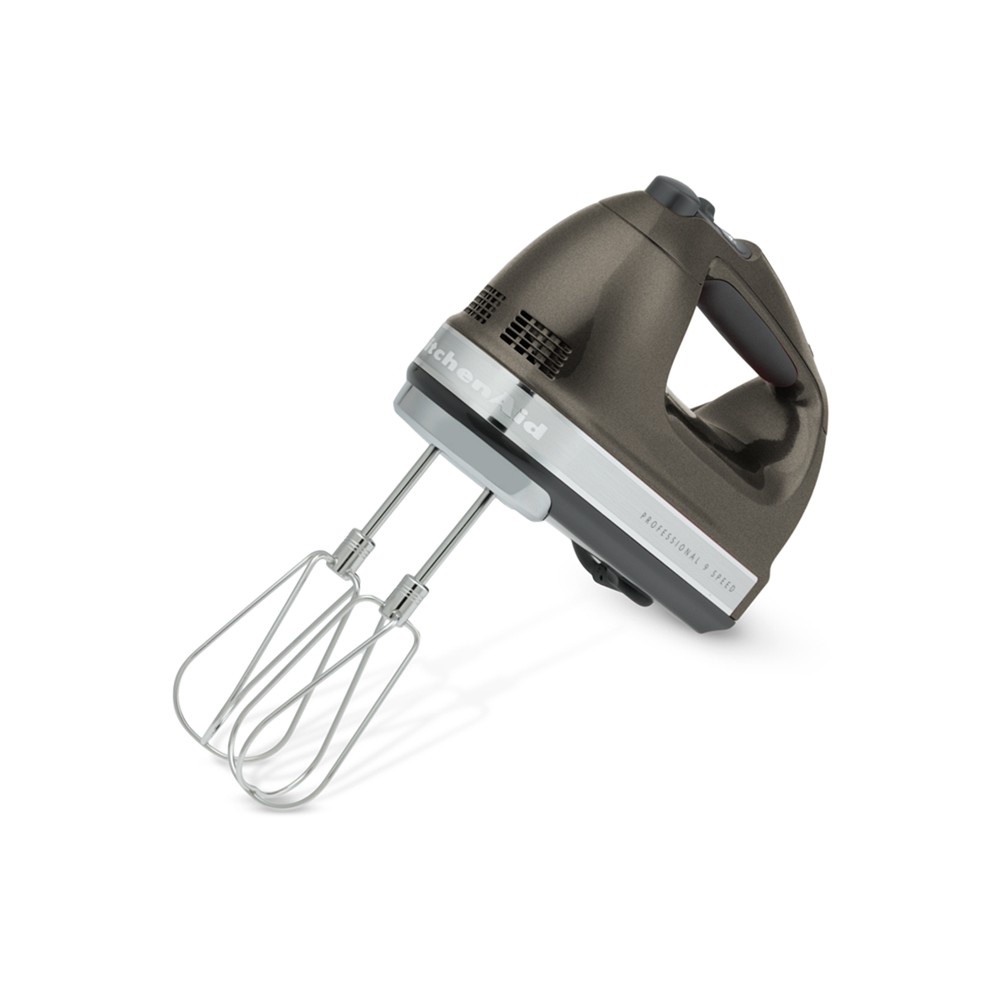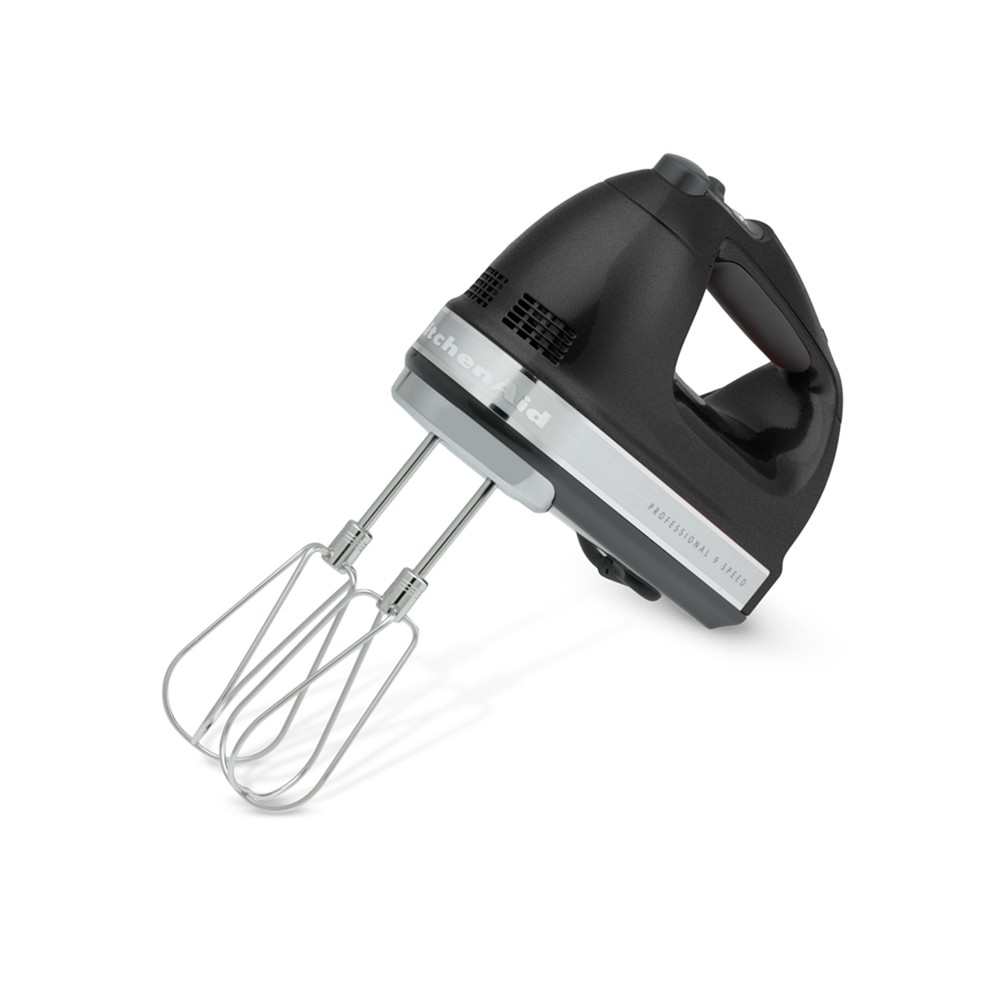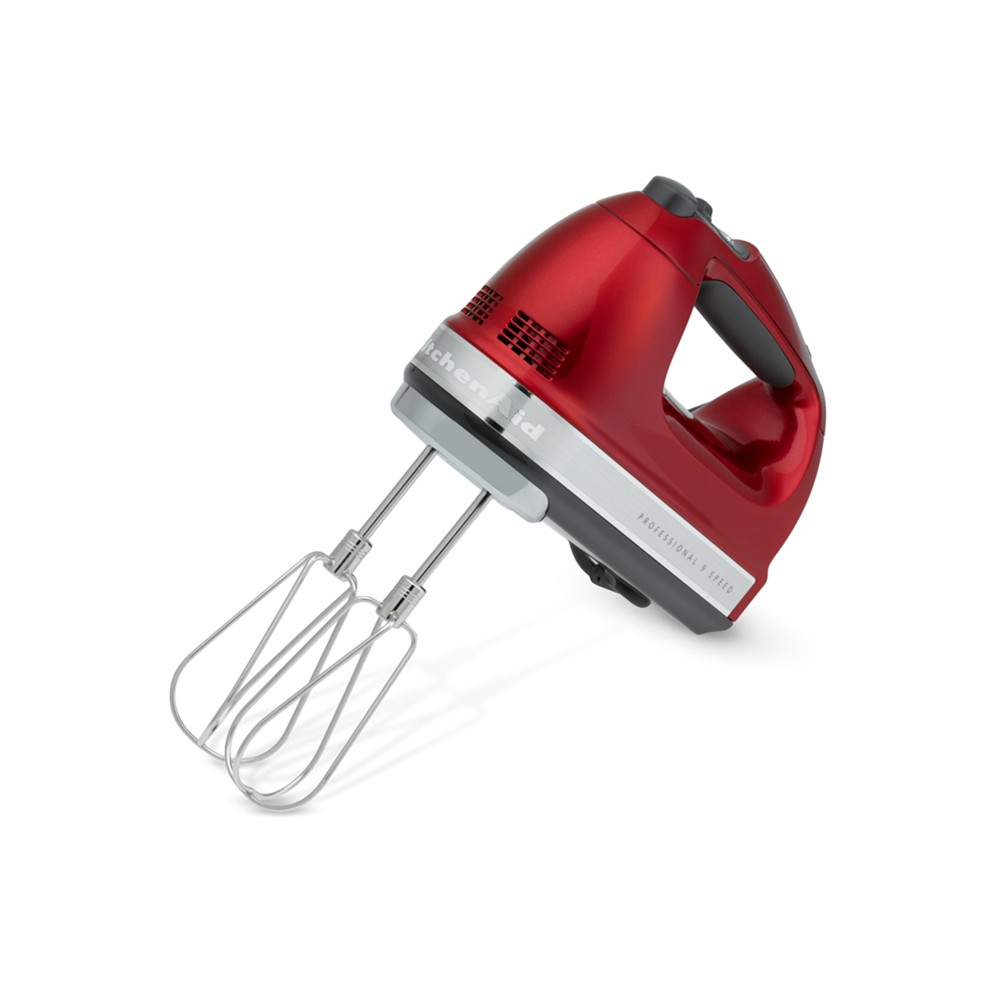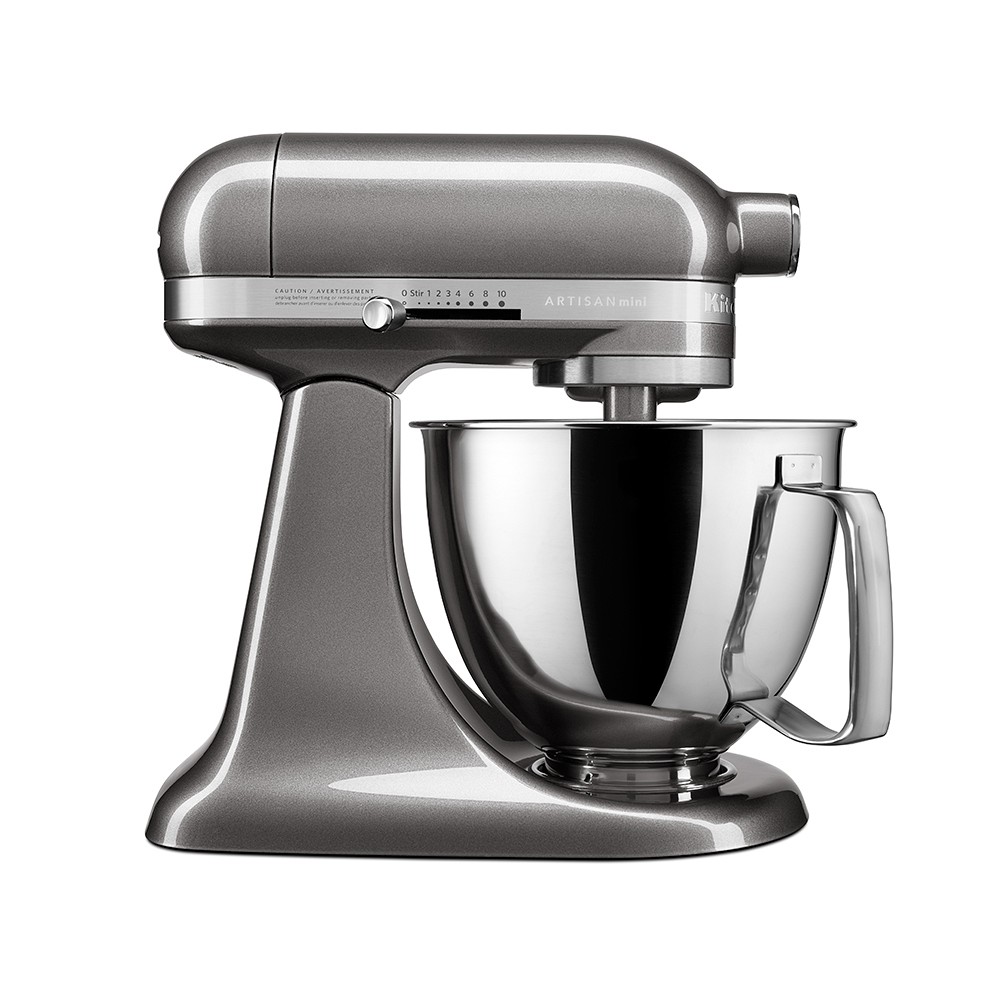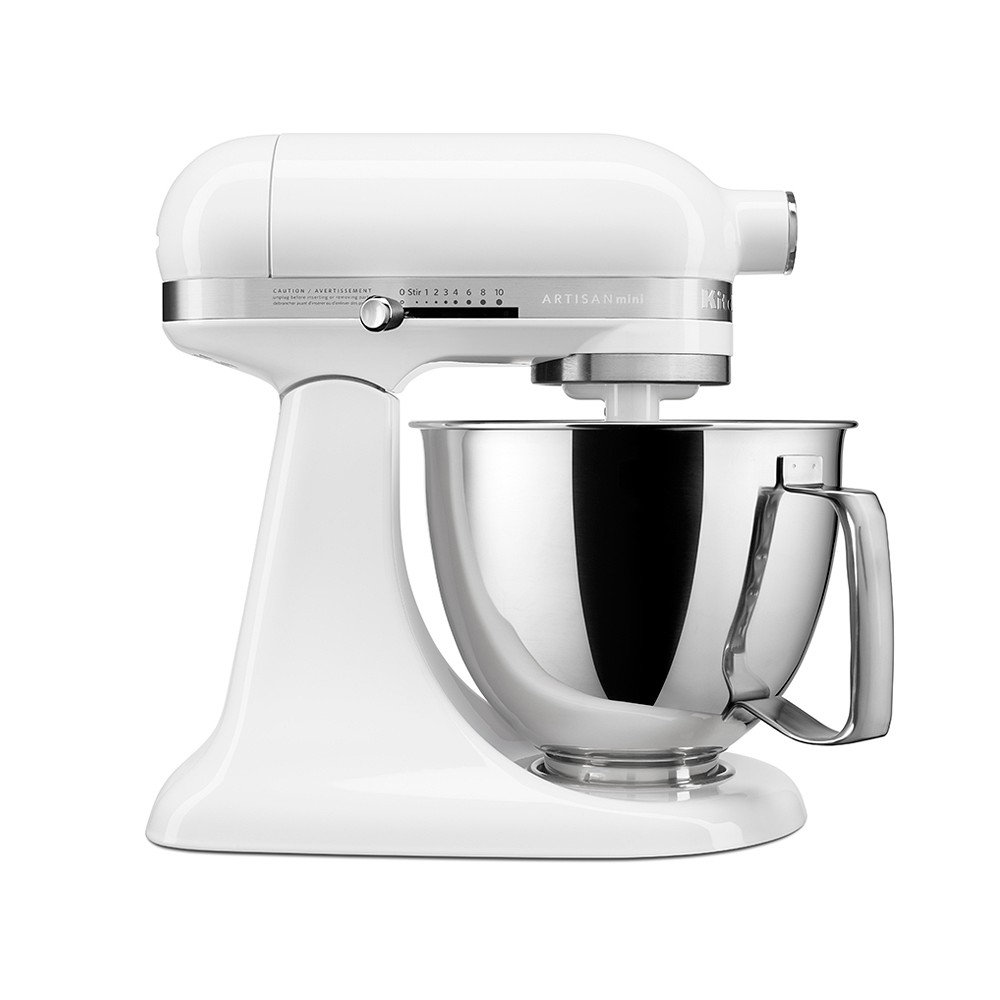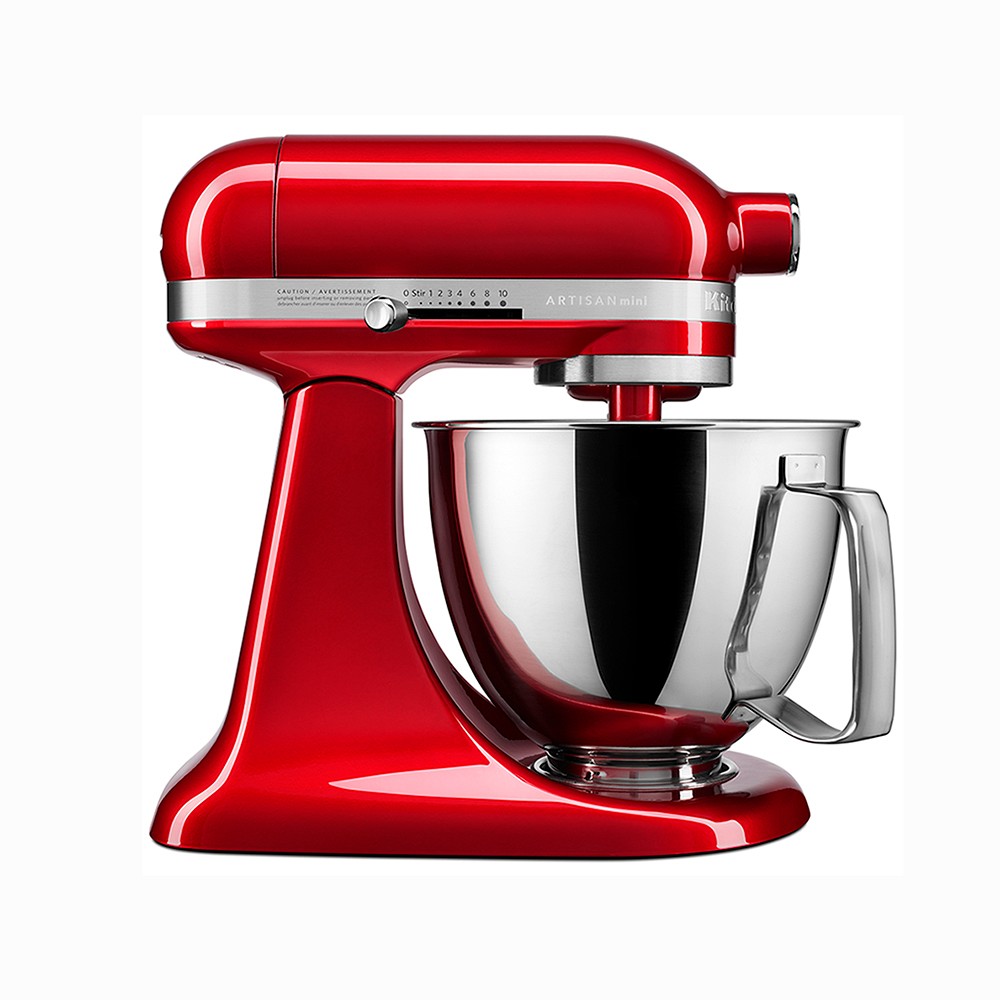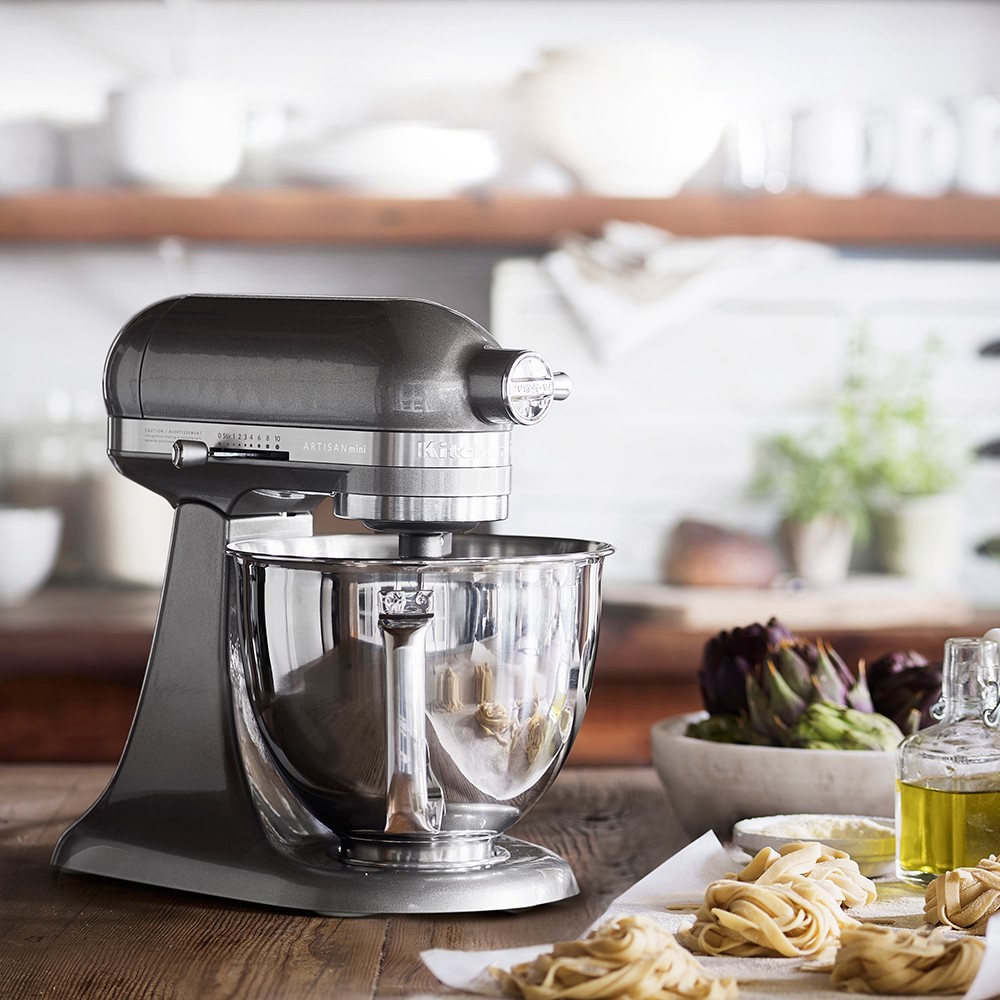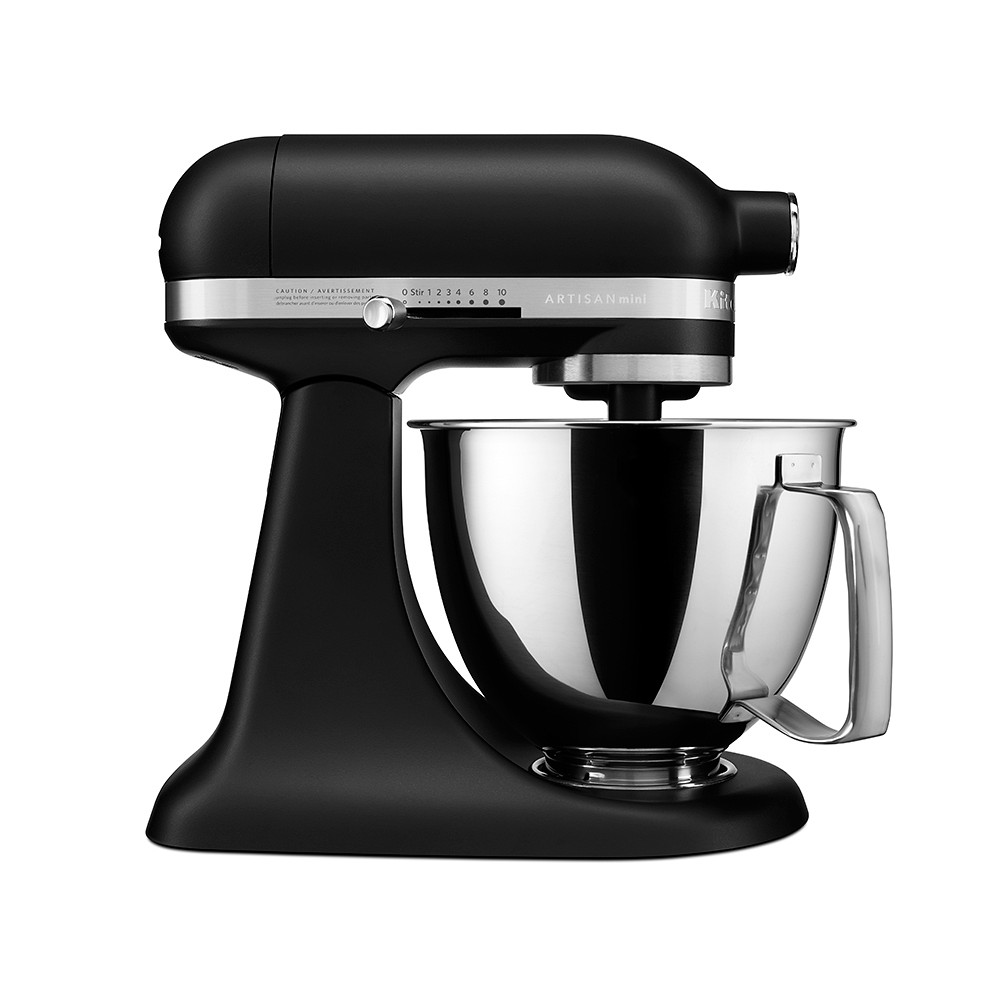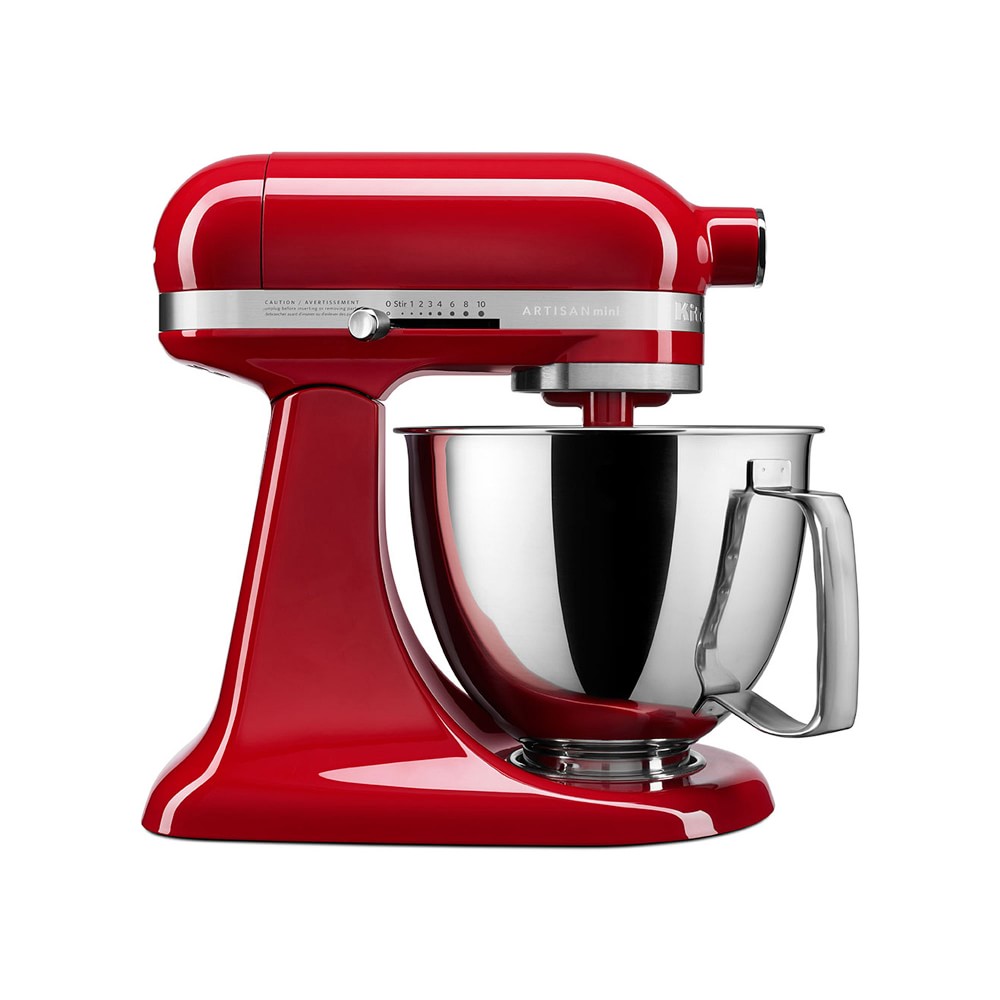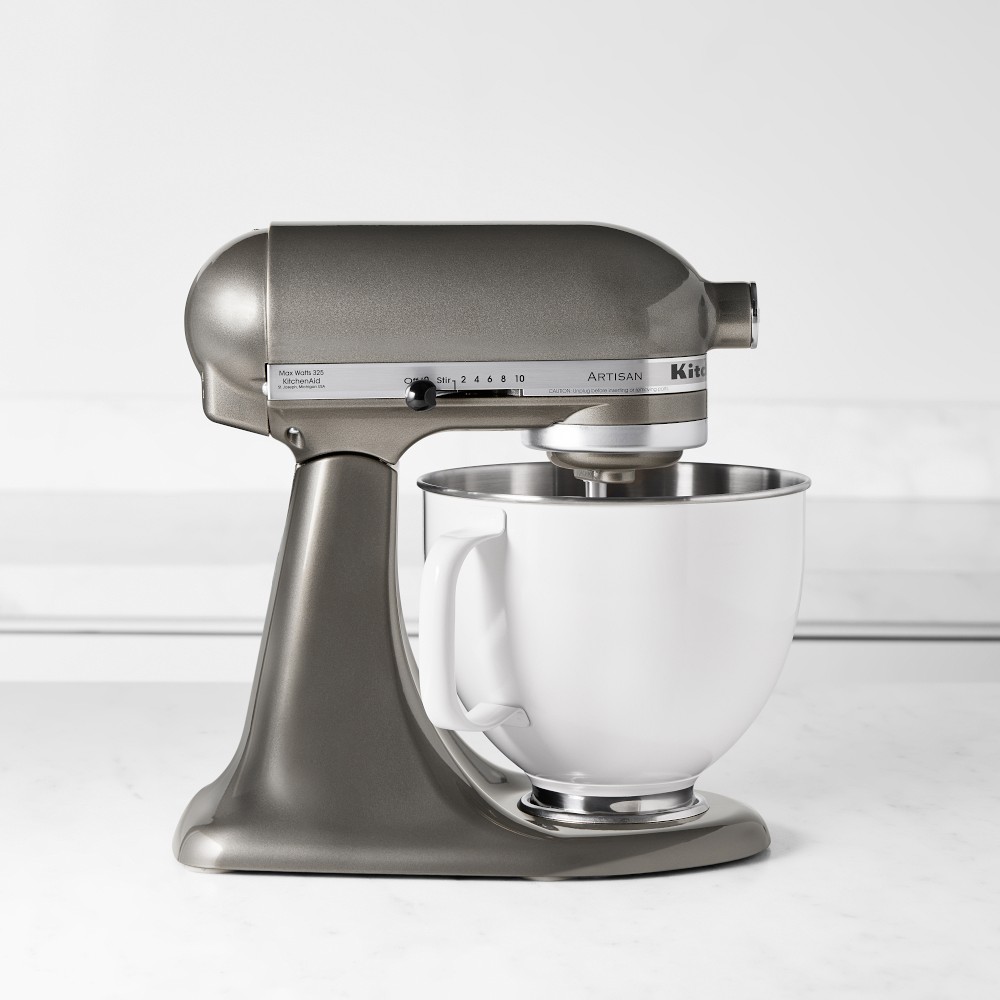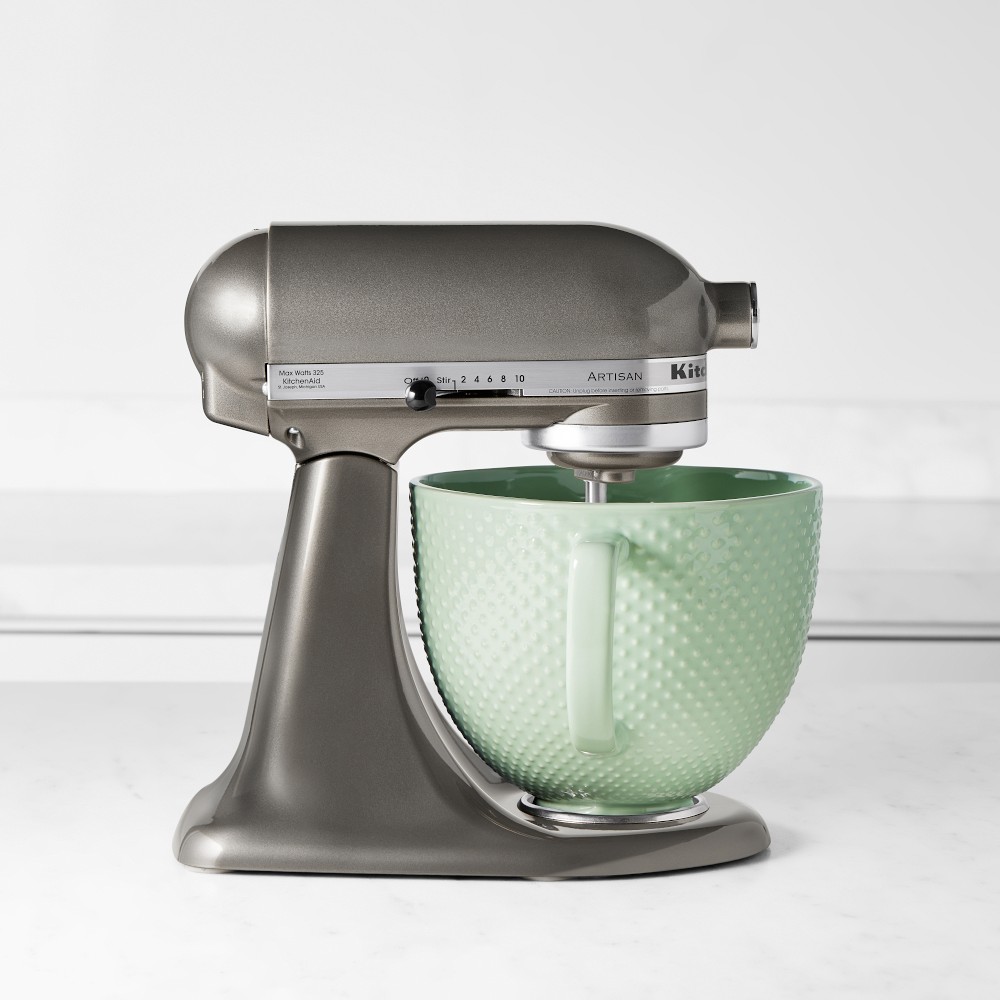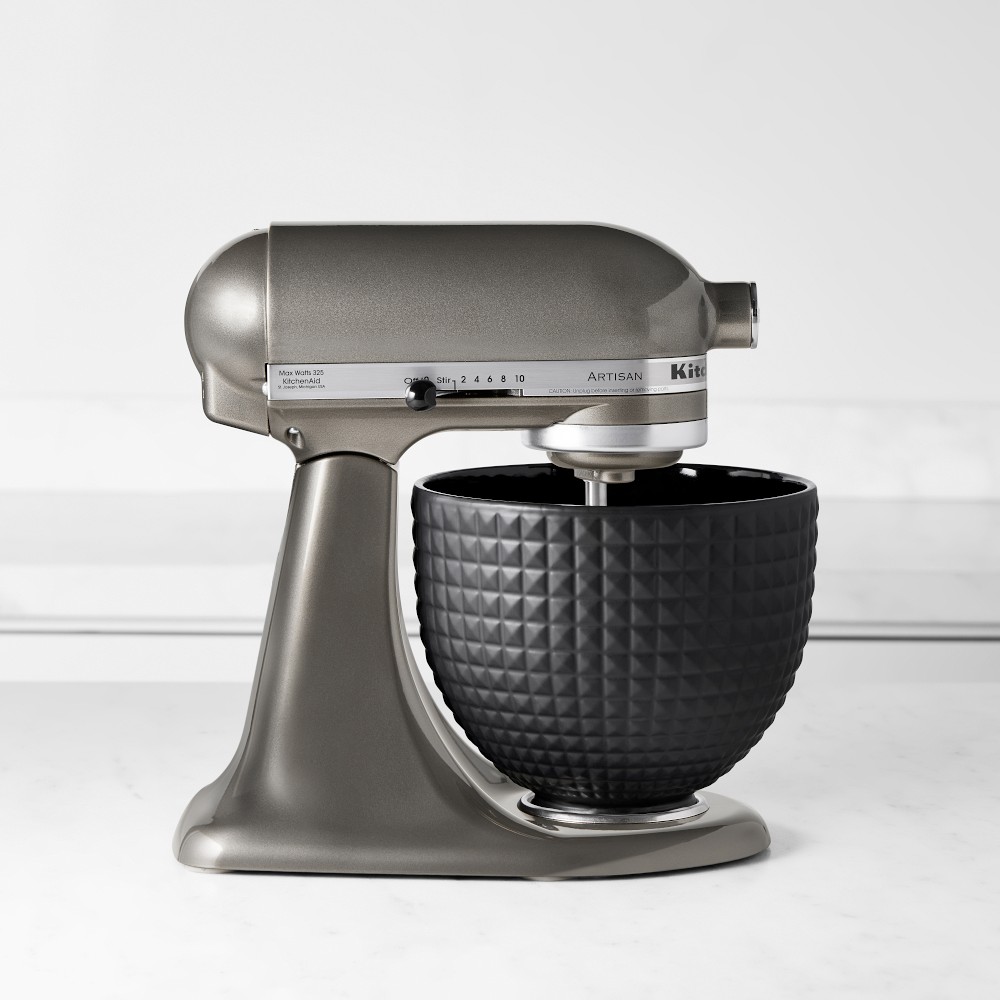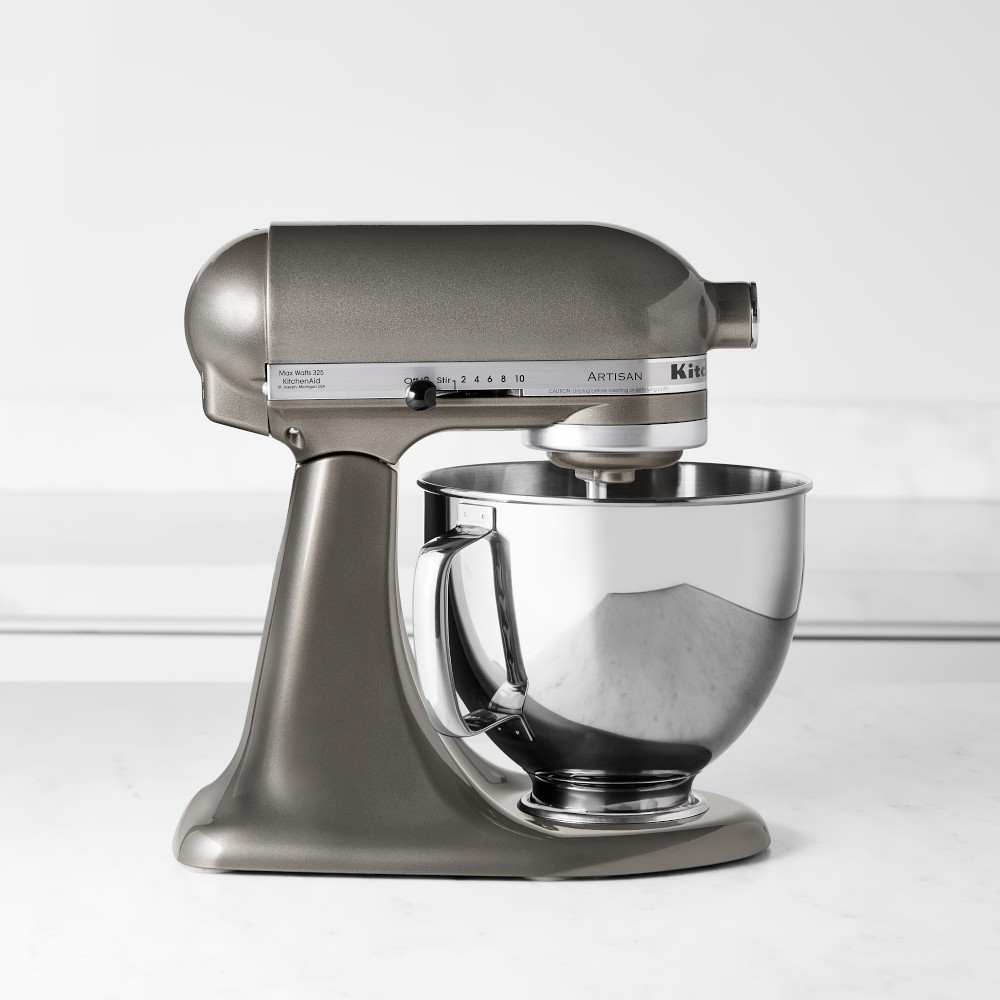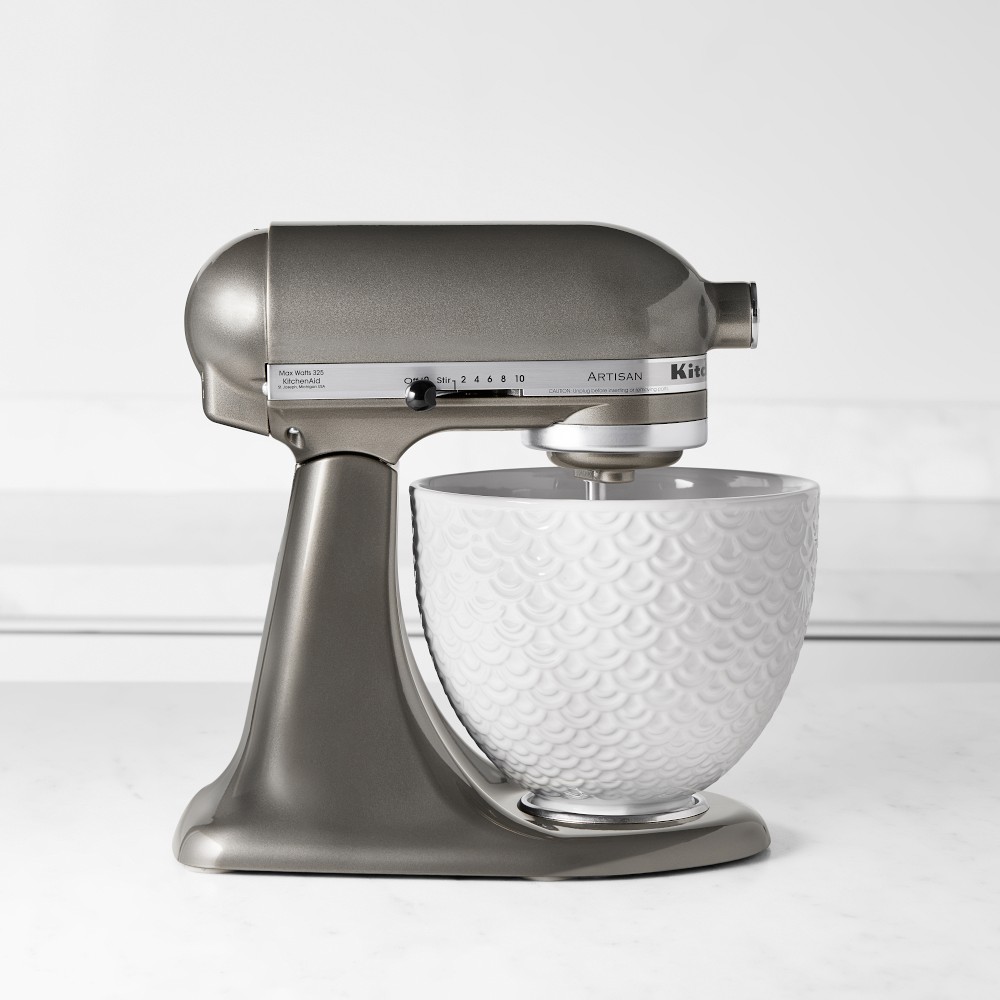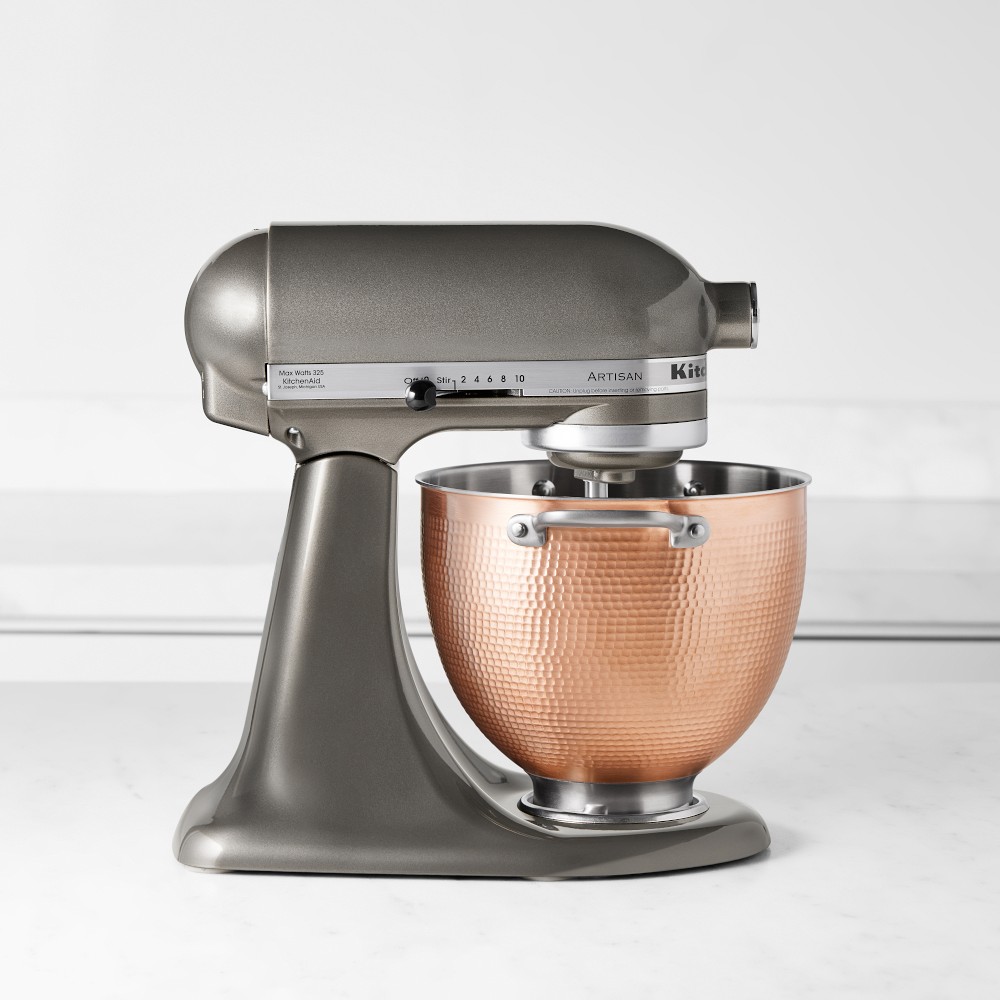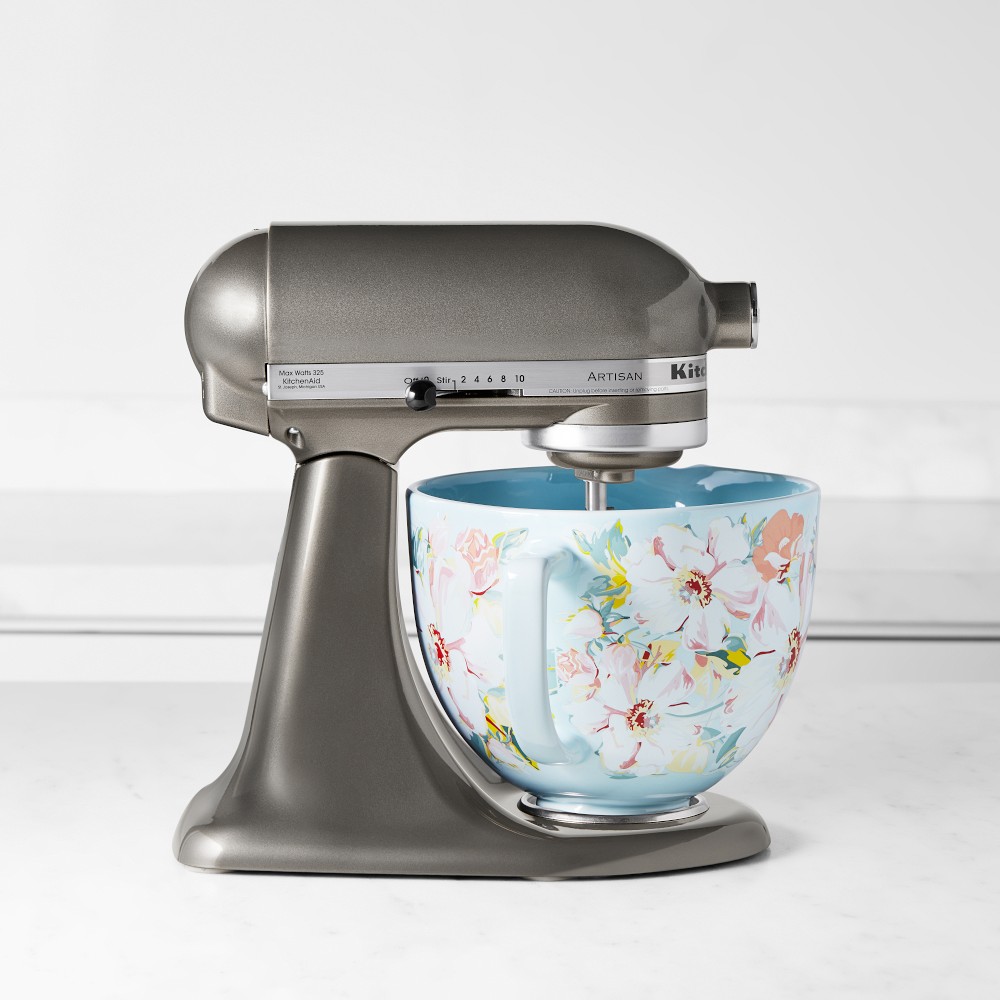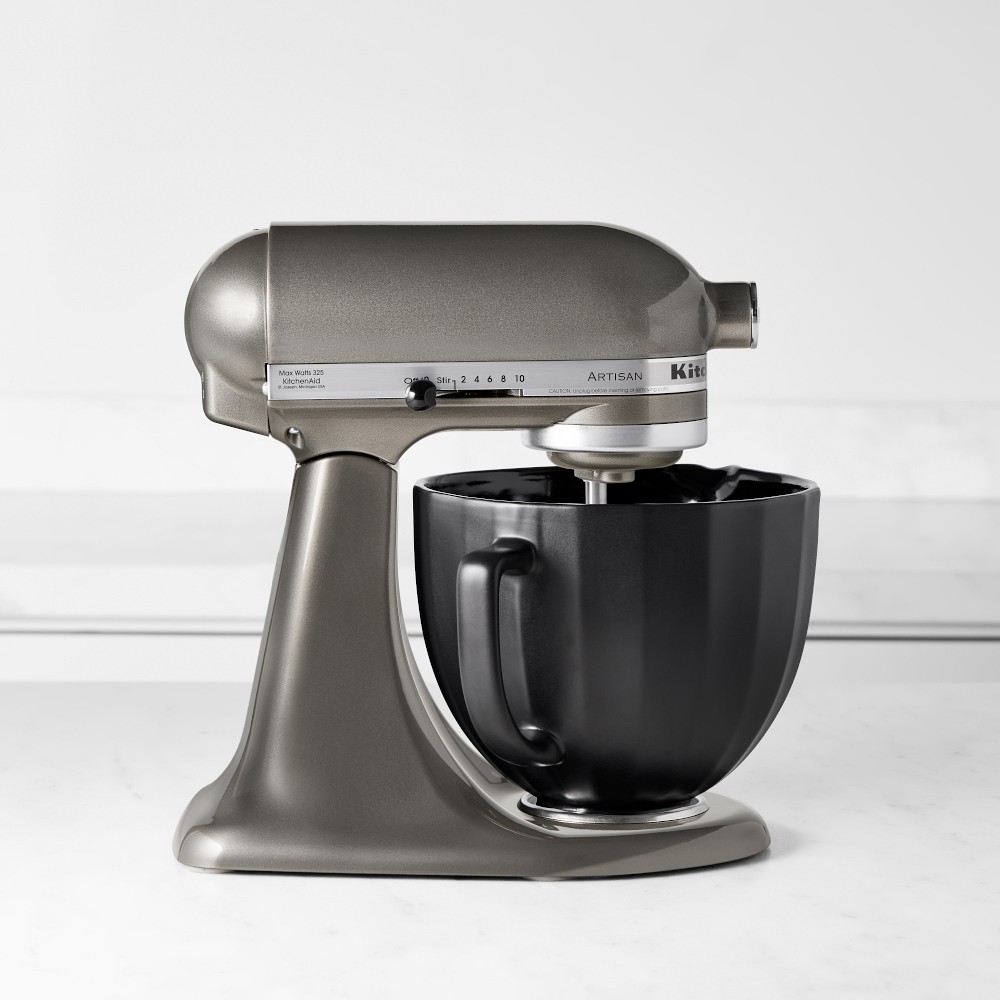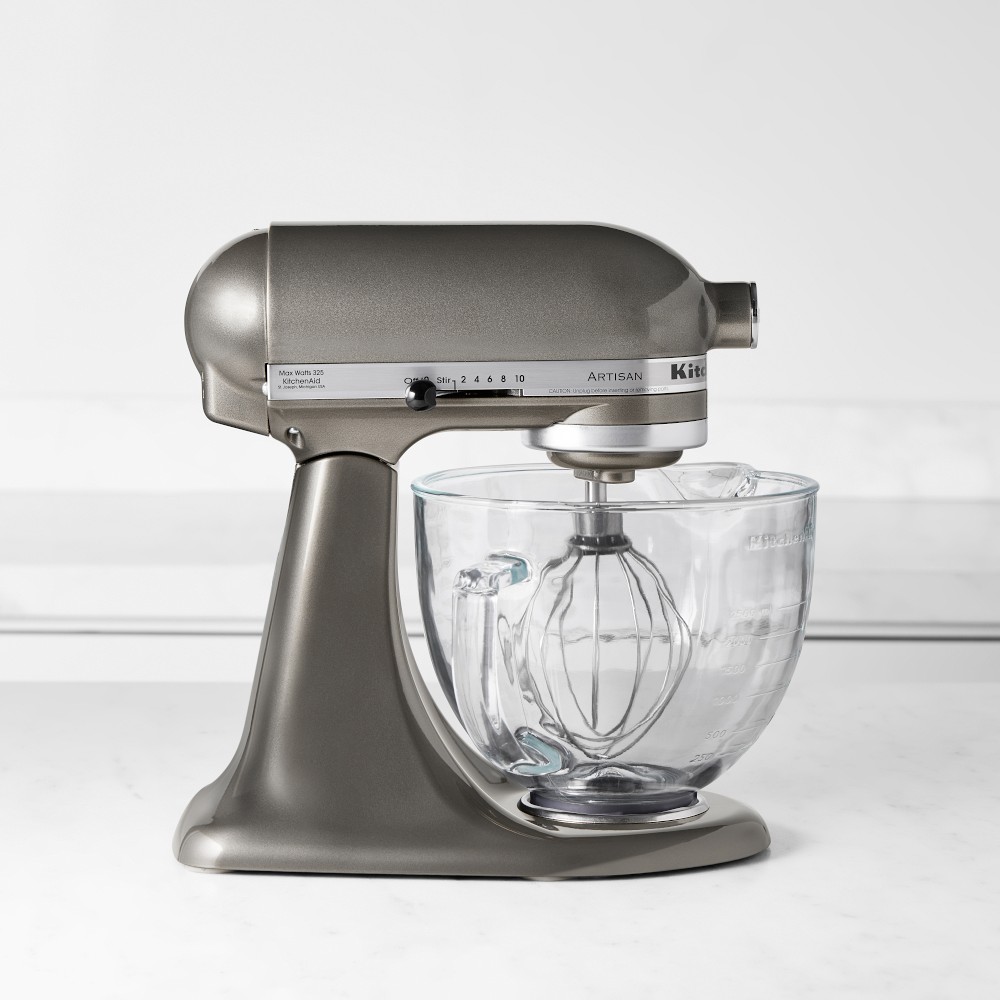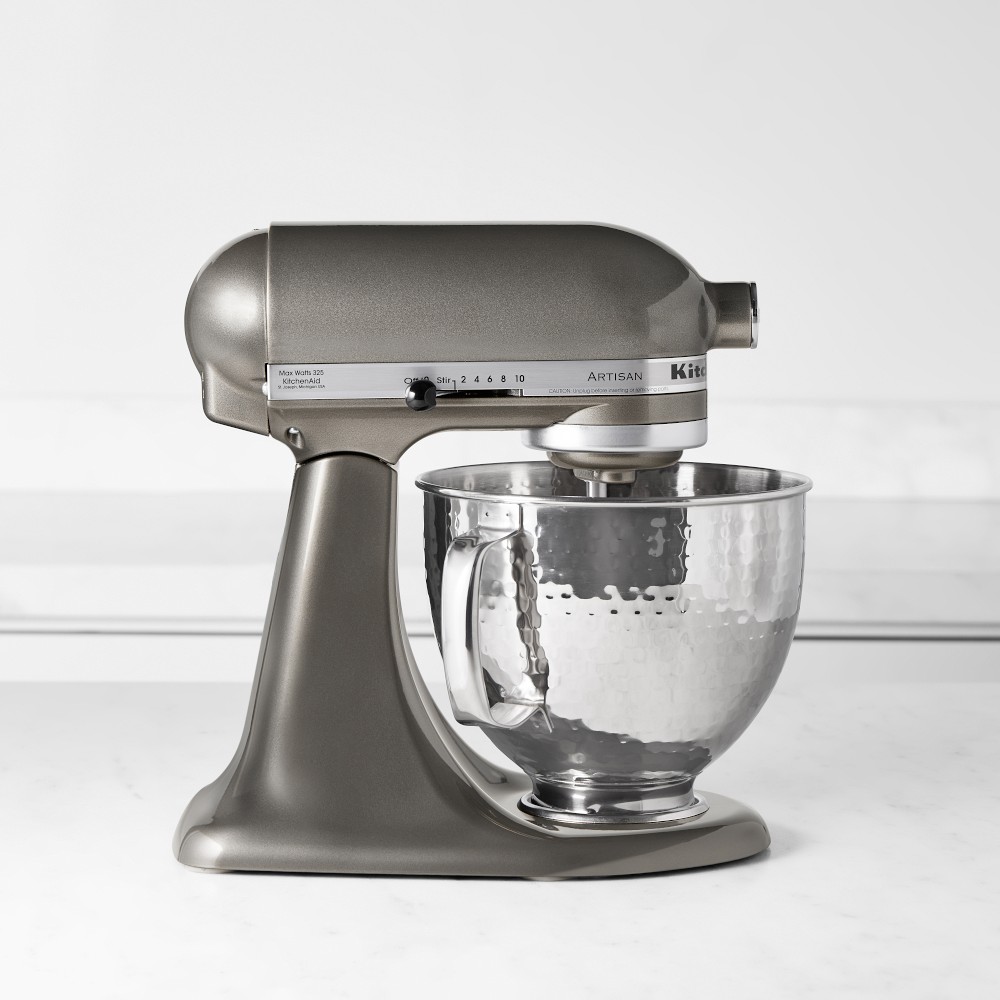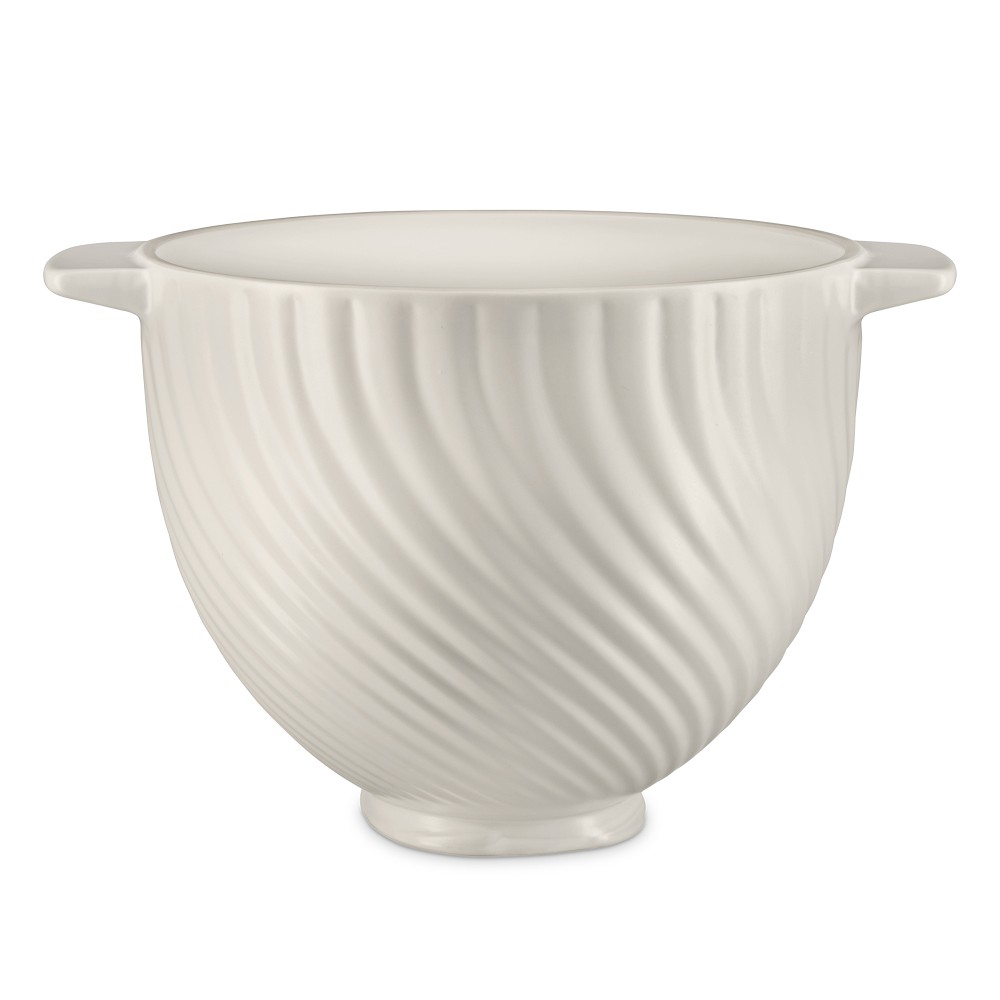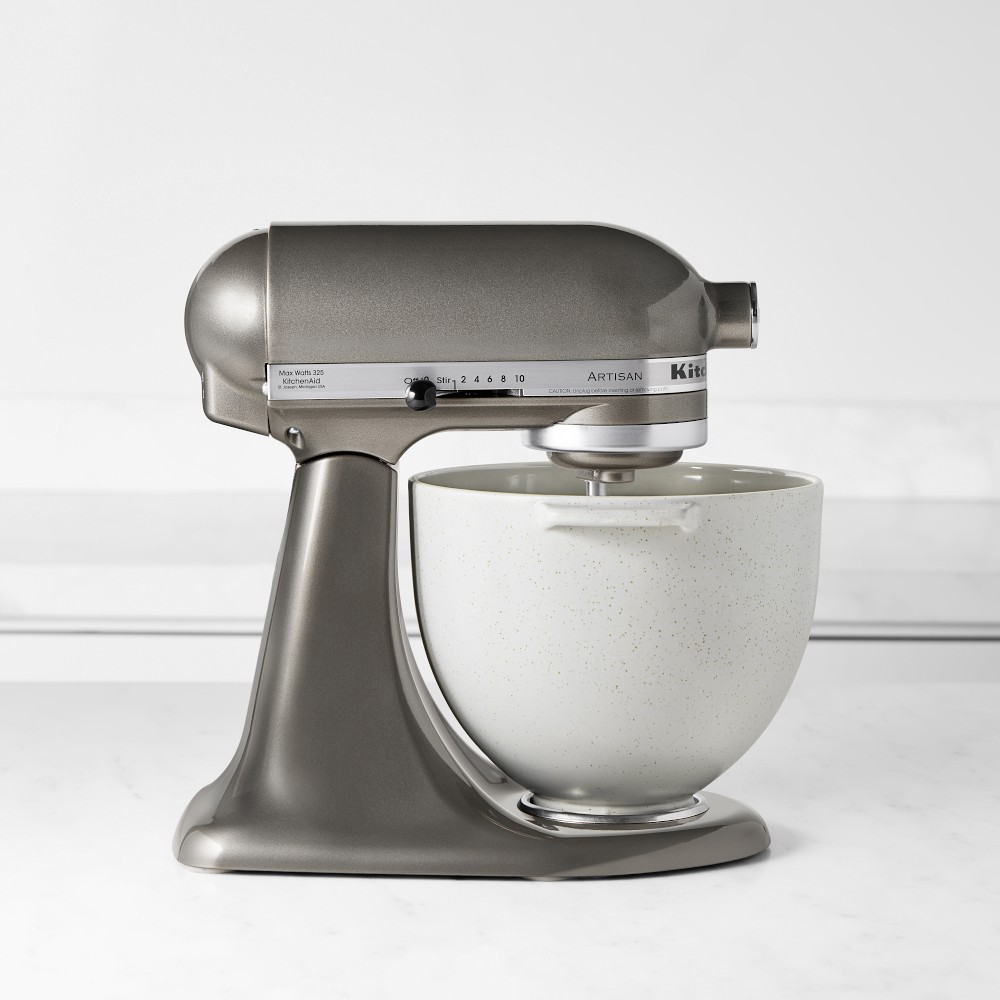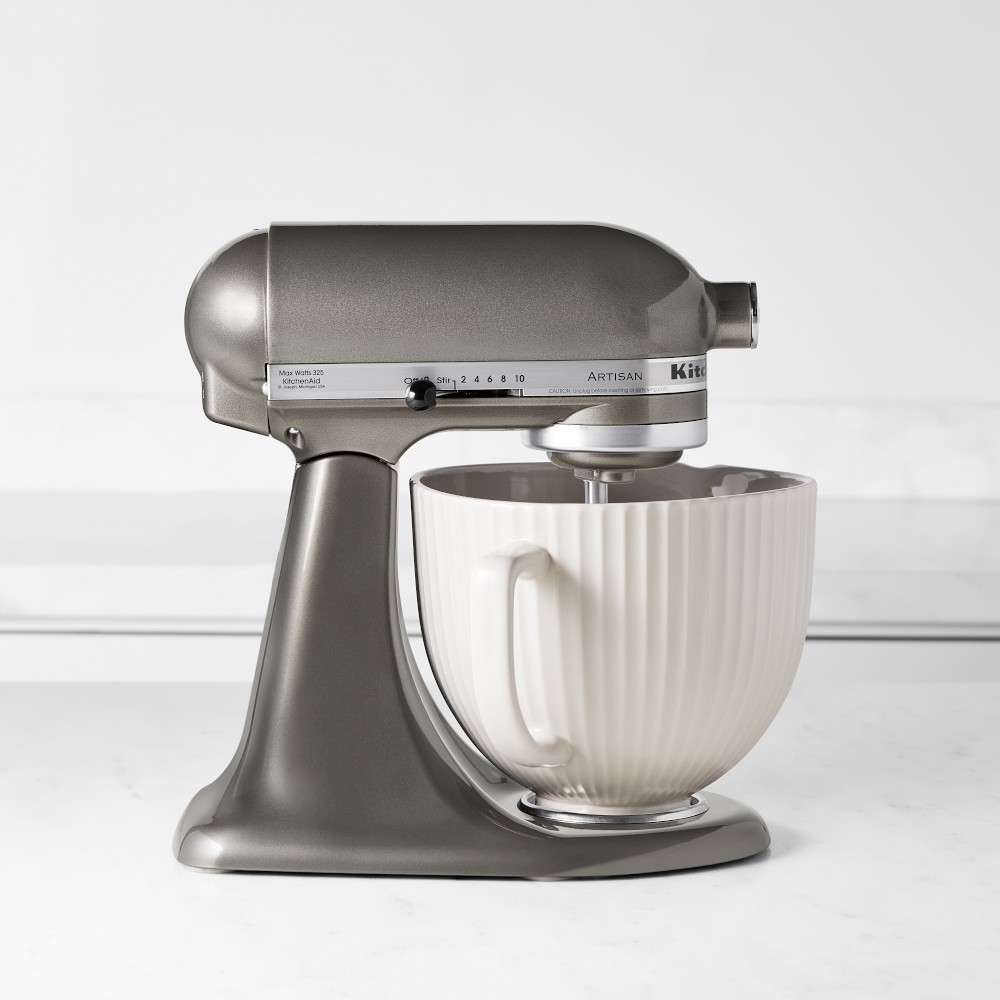Shun Hikari Santoku Knife
Quantity
ADD TO CART
BUY IT NOW
Unavailable
Unavailable
-
Detail
Summary
Named Hikari, after the Japanese word for "illumination," this masterfully crafted, lightweight knife is distinguished by its stunning birch PakkaWood handle and "hornet's nest" pattern. Extraordinarily sharp with a long-lasting edge, the blade has microserrations that reduce friction for clean, effortless slices that enhance the flavor of the food. This santoku is an exceptionally versatile, Asian-inspired multipurpose knife that combines the features of a chef's knife and a cleaver. Use it for mincing, paper-thin slicing, chopping and dicing.
- Available in 5" and 7" size.
- Shares the same award-winning construction as the Hikari chef's knife – named 2016's Kitchen Knife of the Year.
- Dual-core stainless steel blades are clad on each side with 71 micro layers of high-carbon, high-chromium stainless steel to create a "hornet's nest" pattern reminiscent of a Damascus-style blade.
- Exceedingly sharp cutting edges, hand-sharpened to a 16-degree angle, are long-lasting and easy to maintain.
- Polished bolster promotes a comfortable chef's grip.
- Durable birch PakkaWood handle resists moisture and bacteria and has a beautiful low-gloss finish.
- Embossed endcap adds beauty and balance.
- Handle offers a superb grip for both left- and right-handed users.
- Handcrafted in Japan.
Dimensions & More Info
- 5" Santoku Knife: 5"-long blade, 6"-long handle; 6.1 oz.
- 7" Santoku Knife: 7"-long blade, 5 1/2"-long handle; 7.68 oz.
- Handcrafted in Japan.
Use & Care
Use
- Always use caution when handling sharp objects.
- Avoid cutting on hard surfaces such as stone, metal or glass.
- It is not advisable to use any knife but a meat cleaver to cut through bone, as other blades can be easily damaged.
Care
- Hand-wash with warm water and a mild detergent; rinse and dry immediately.
- Avoid cleaners containing bleach or citrus extracts.
- Sharpen as needed. With regular use and honing once a week, you should not need to sharpen your knife more than once or twice a year.
- Sharpen your knife at home using a whetstone or knife sharpener designed to sharpen at a 16-degree angle, or have it sharpened by a professional.
- Store knife in a safe place to protect its edge and prevent injury.
-
Customer ReviewsNo comments
You May Also Like
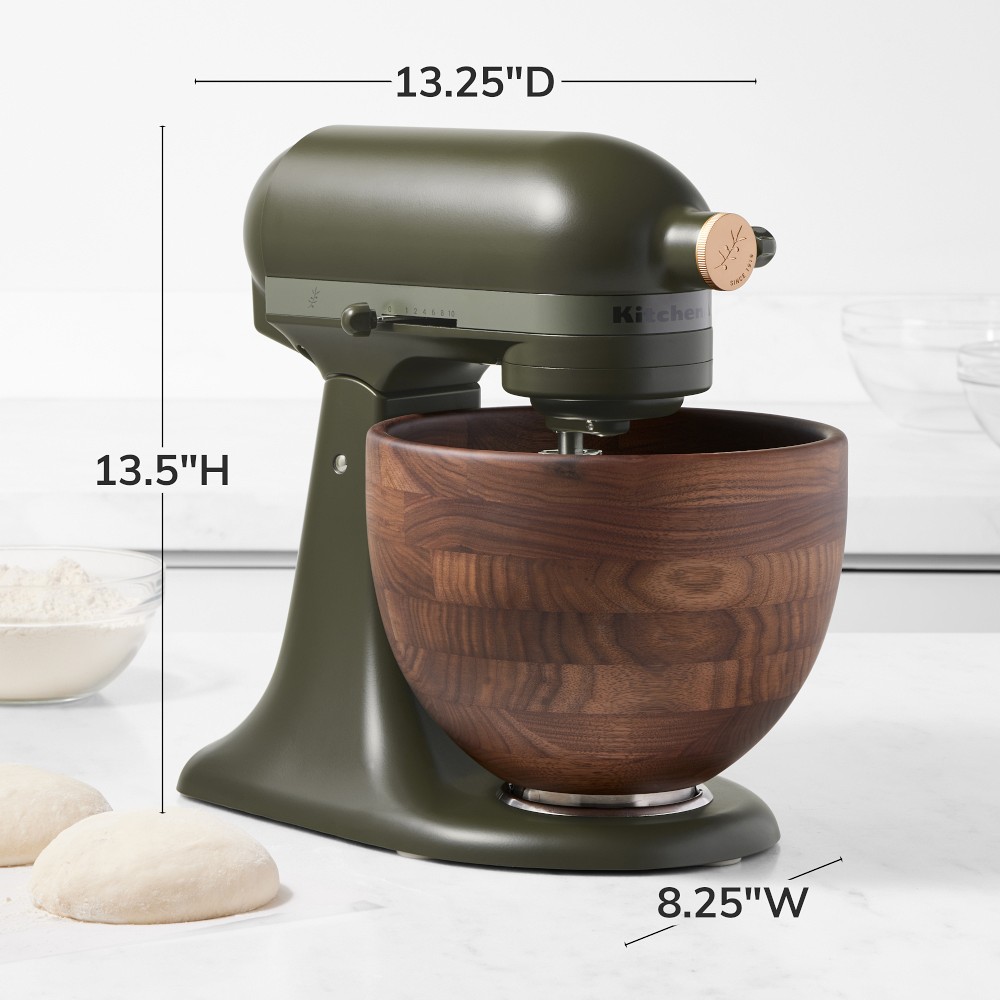
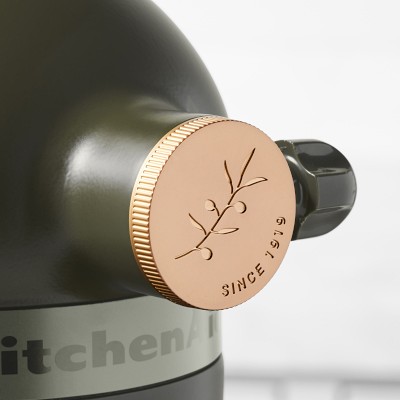
ADD TO CART
ADD TO CART
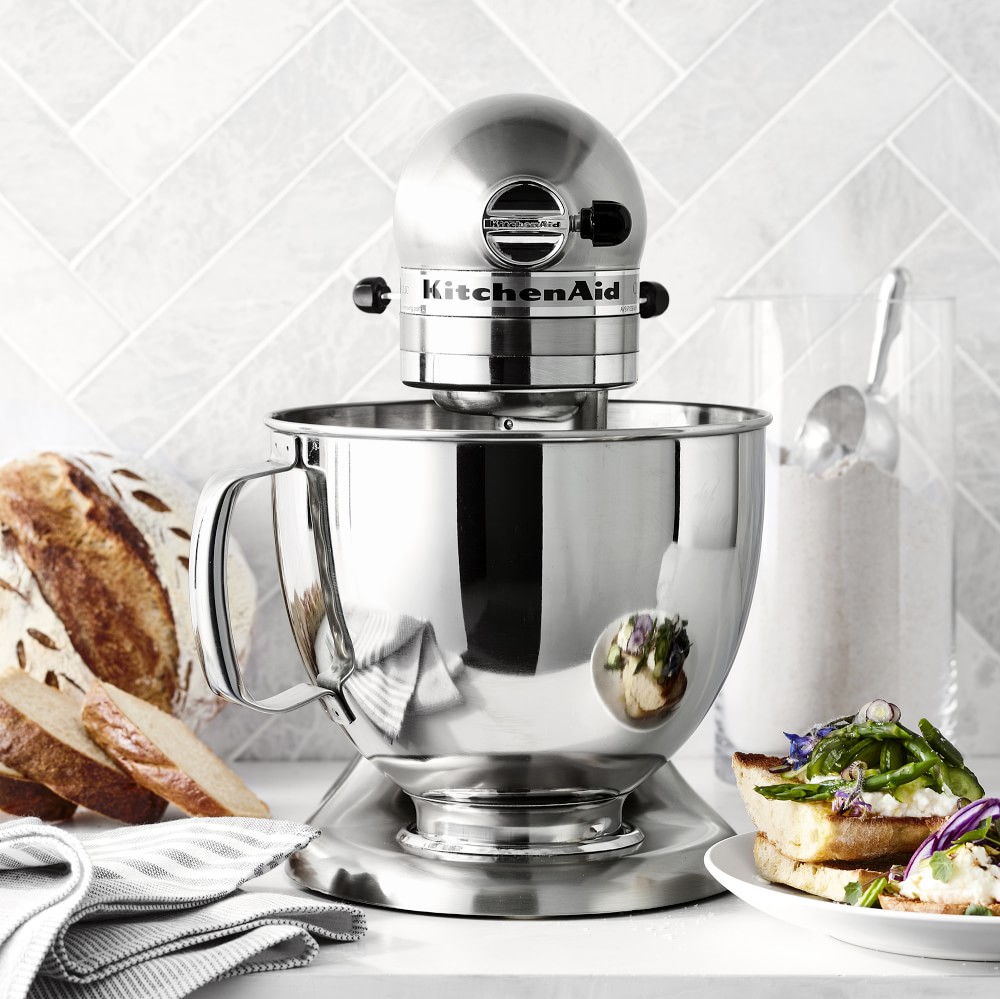
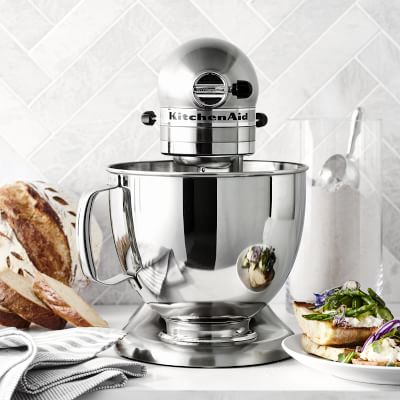
ADD TO CART
ADD TO CART
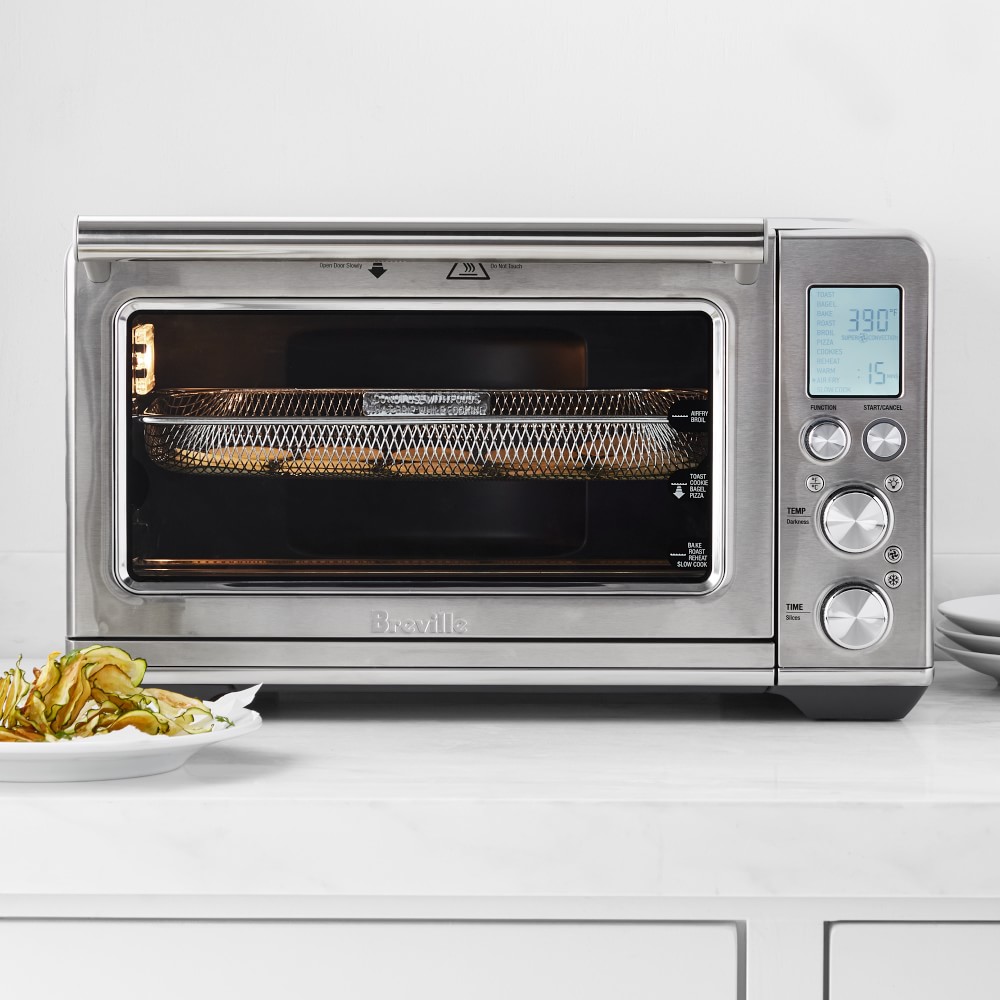
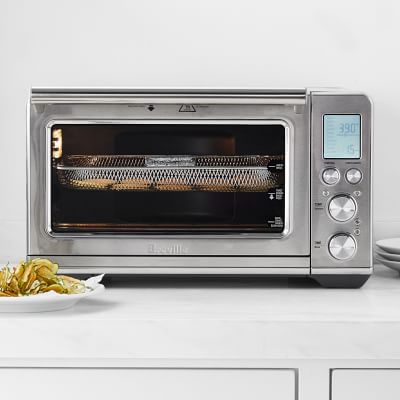
ADD TO CART
Breville Smart Oven® Air Fryer
$ 349.95
ADD TO CART
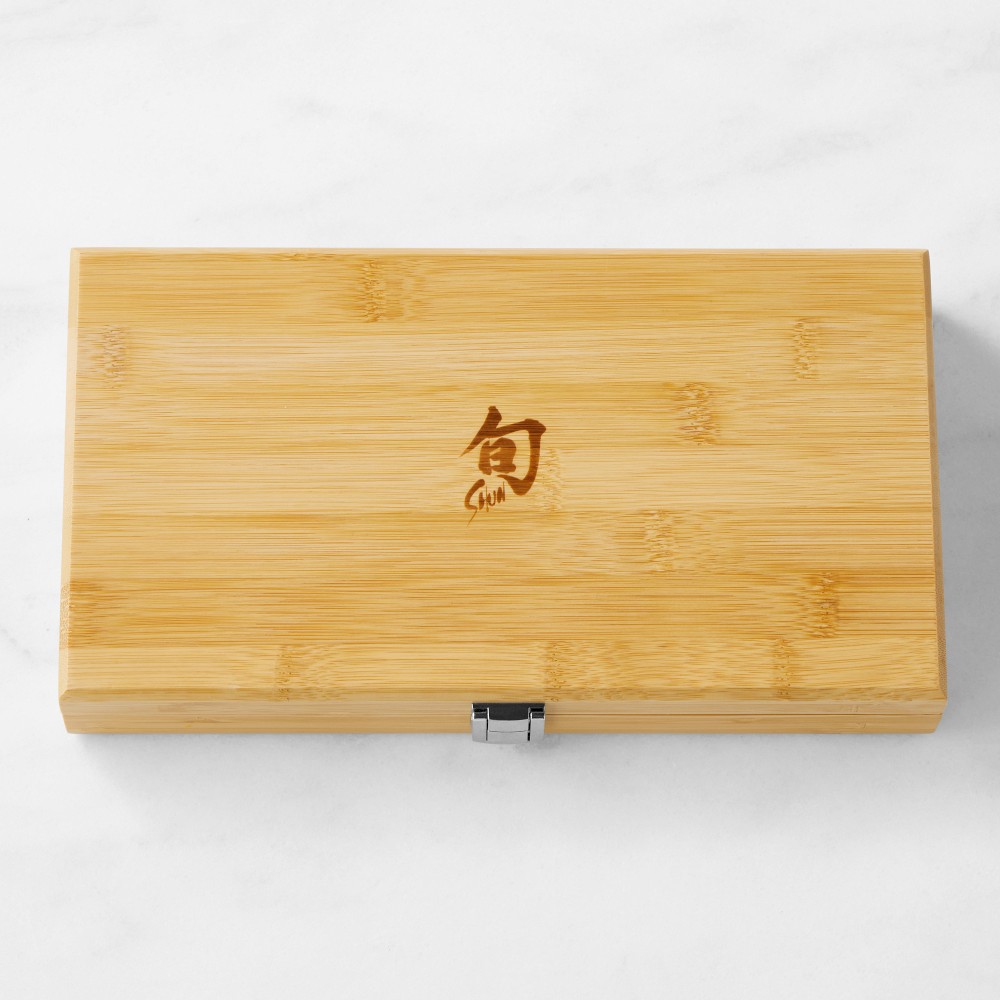
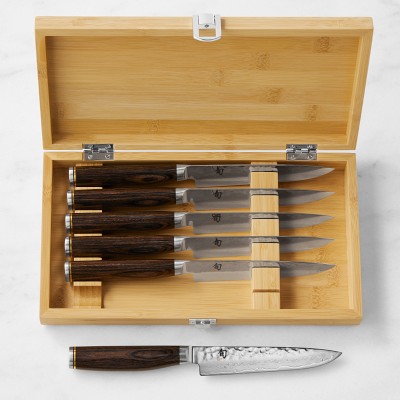
ADD TO CART
ADD TO CART
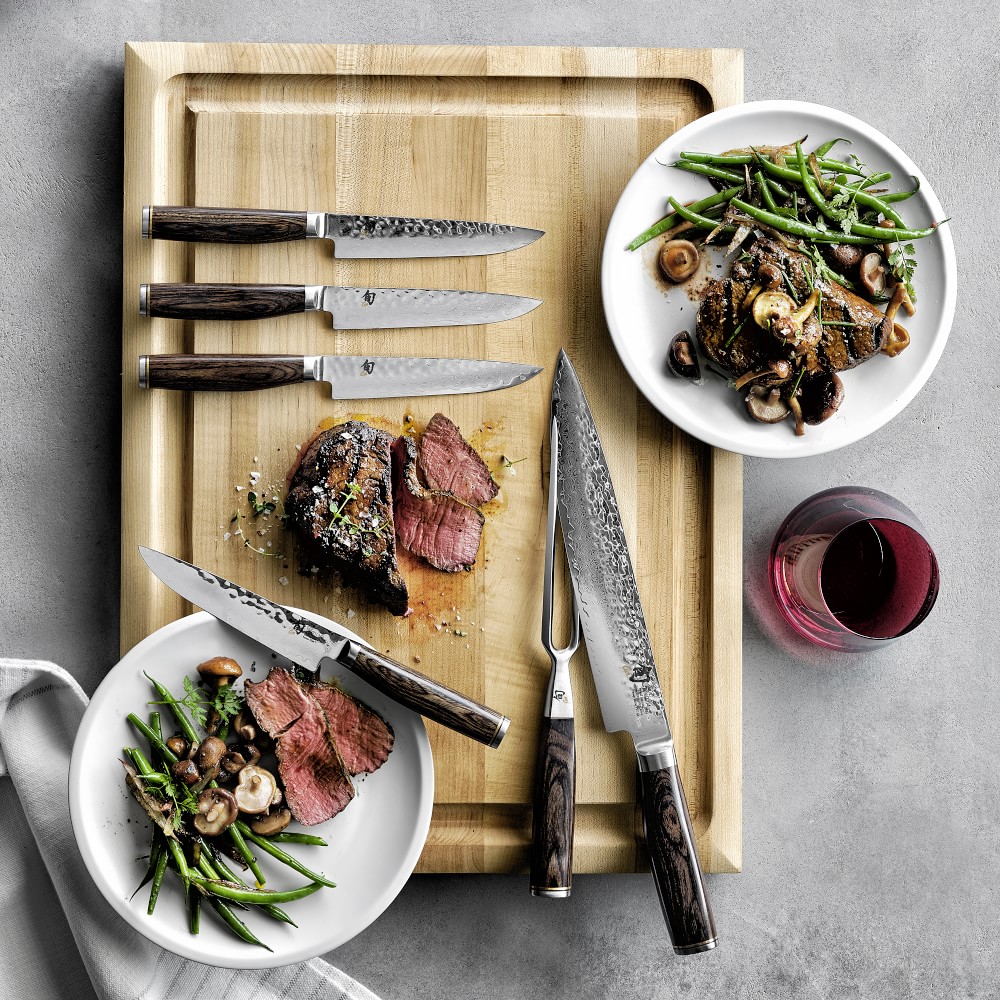
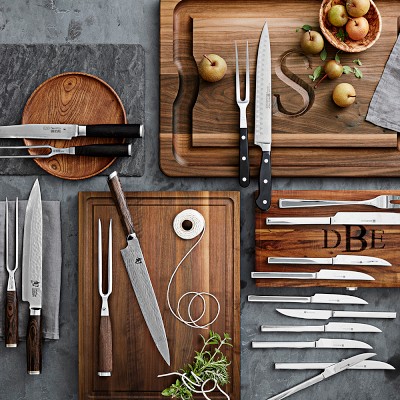
5%
OFF
ADD TO CART
Save
$ 20.05
Shun Premier Carving Knife & Meat Fork Set
$ 379.95
$ 400.00
ADD TO CART
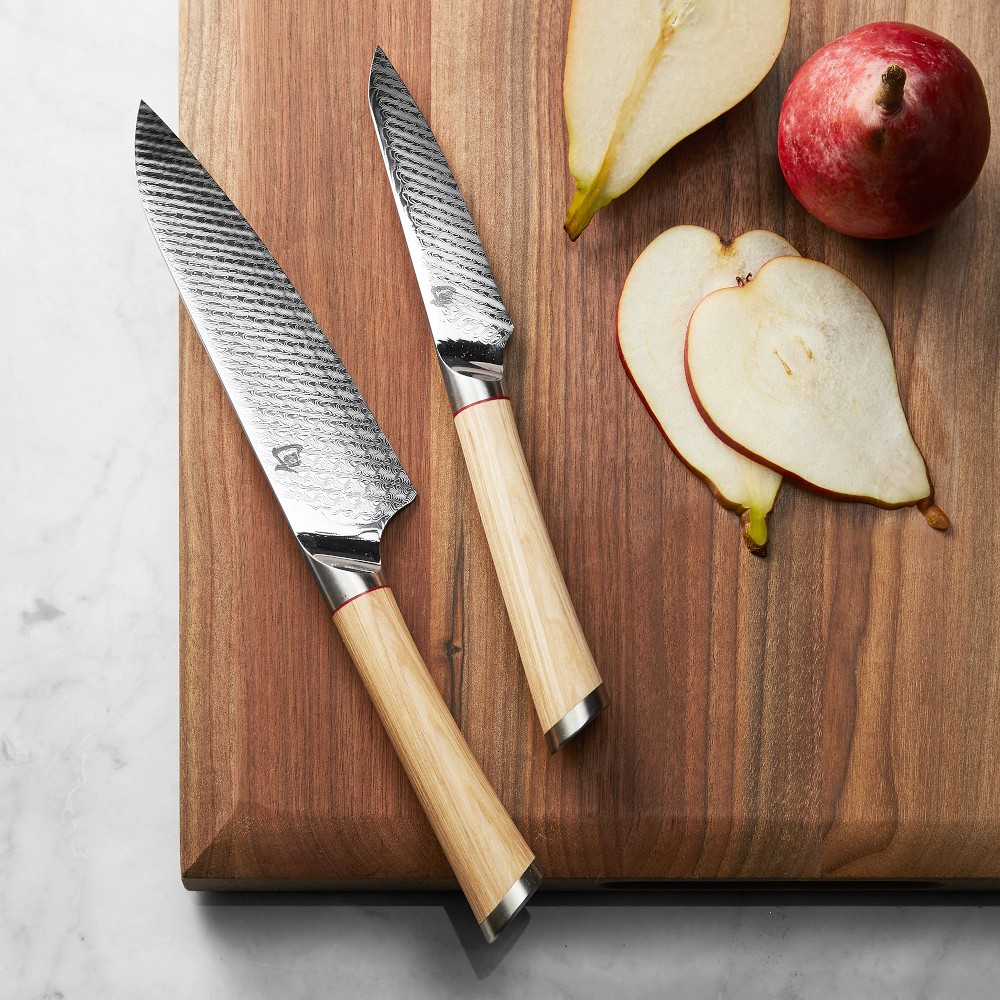
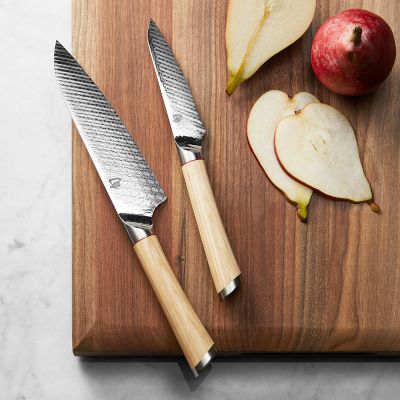
18%
OFF
ADD TO CART
Save
$ 101.05
Shun Hikari Prep Knives, Set of 2
$ 449.95
$ 551.00
ADD TO CART
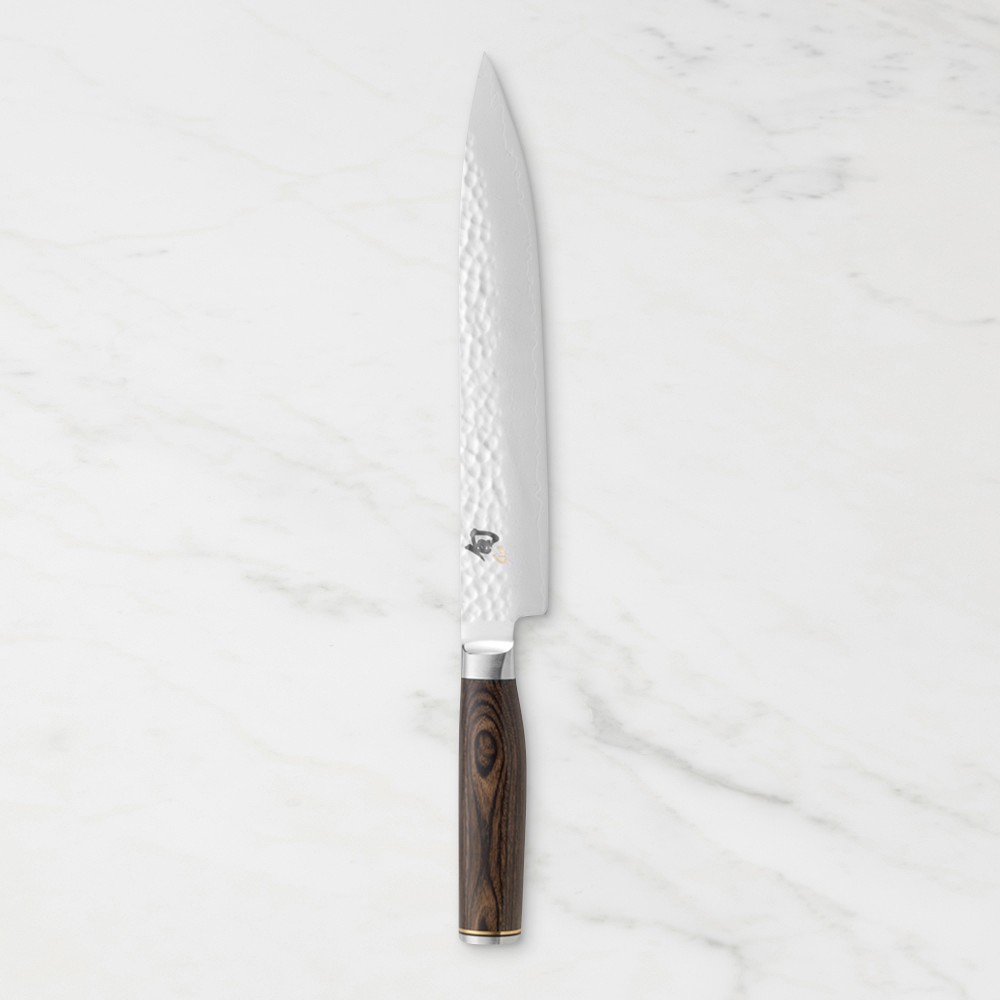
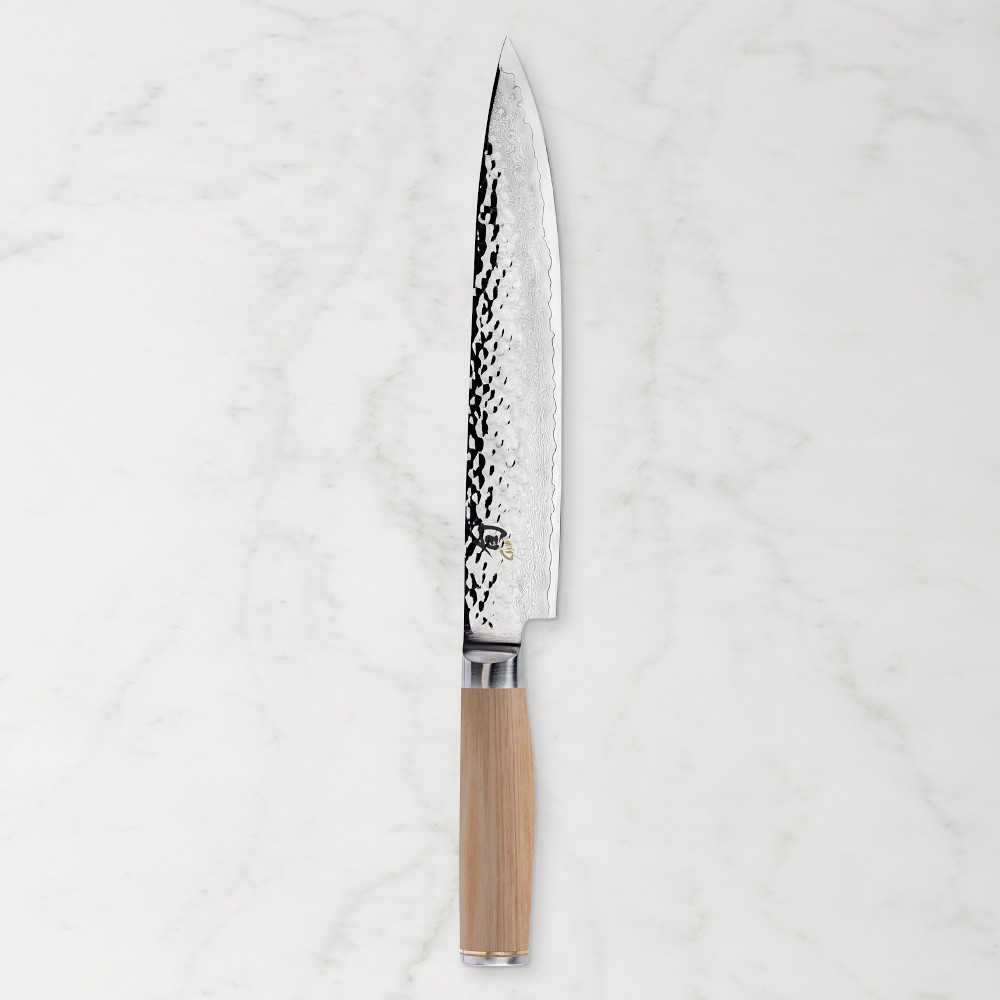
ADD TO CART
Shun Premier Slicing Knife, 9 1/2"
$ 219.95
ADD TO CART
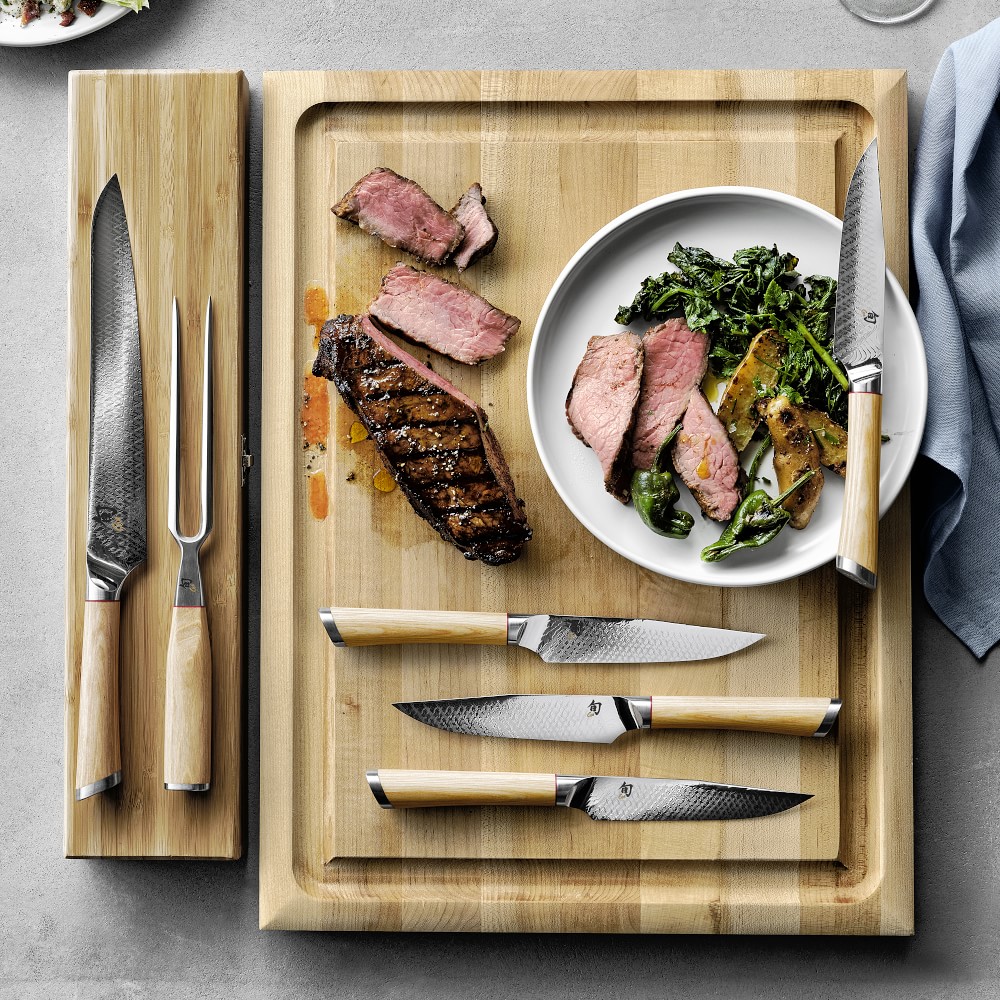
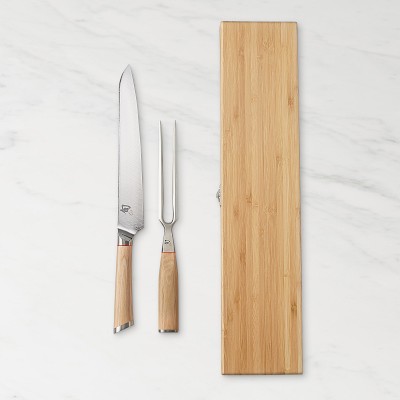
24%
OFF
ADD TO CART
Save
$ 163.05
Shun Hikari Carving Knife & Meat Fork Set
$ 499.95
$ 663.00
ADD TO CART
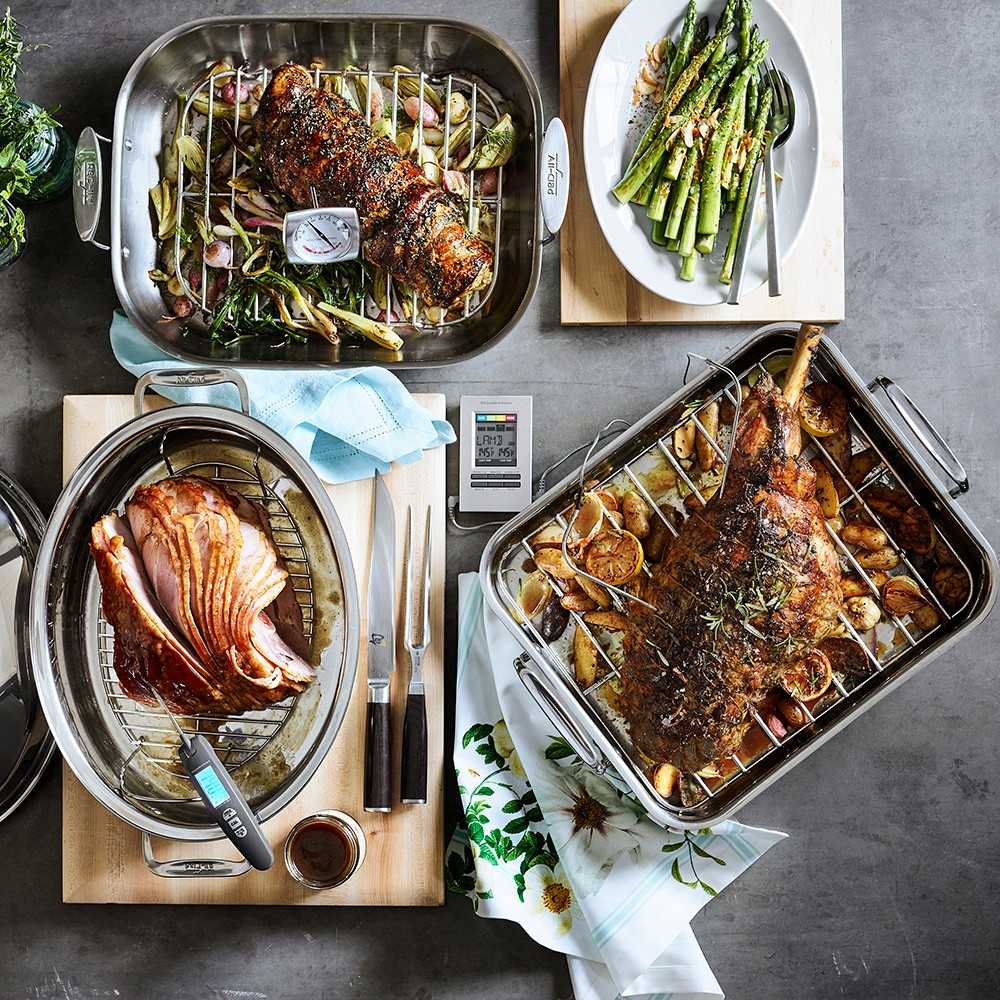
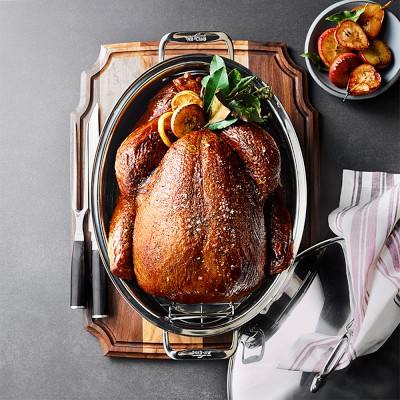
18%
OFF
ADD TO CART
Save
$ 74.05
Shun Classic Carving Knife & Meat Fork Set
$ 319.95
$ 394.00
ADD TO CART
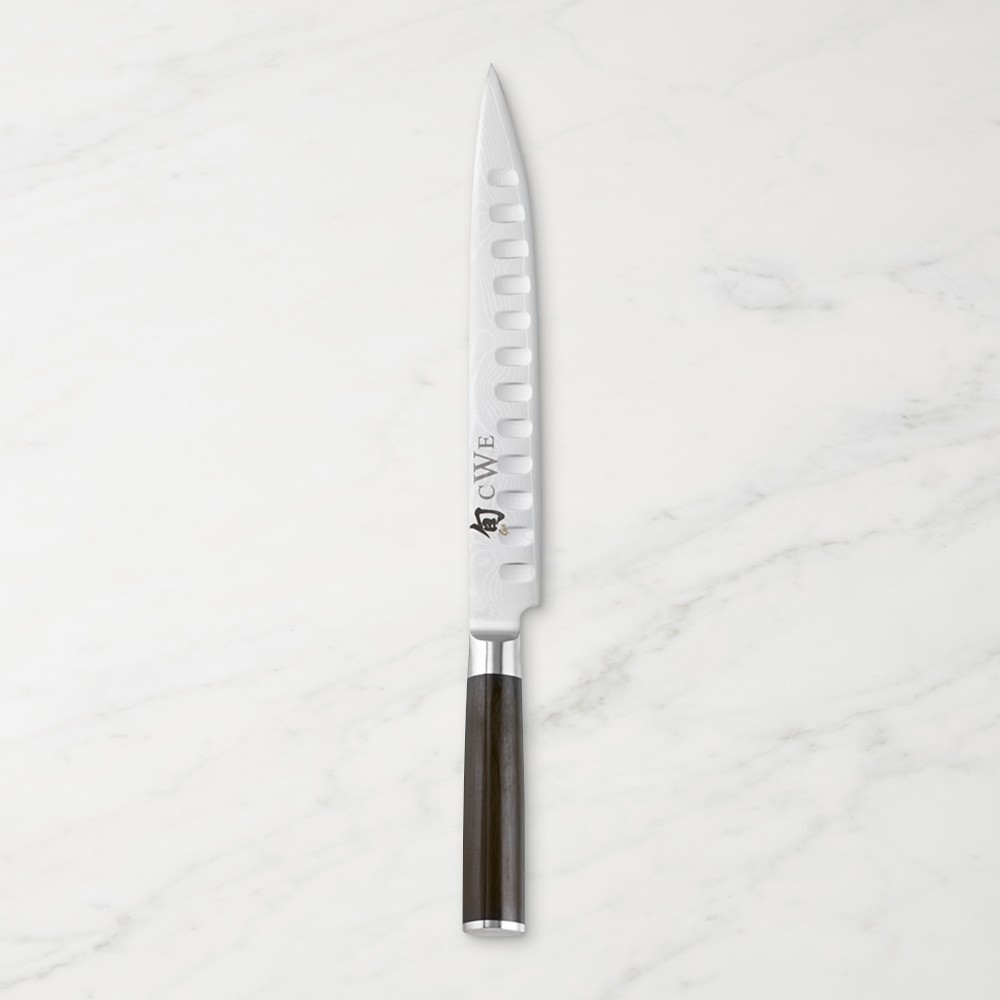
51%
OFF
ADD TO CART
Save
$ 104.49
Shun Classic Hollow-Ground Slicer, 9"
$ 96.46
$ 200.95
ADD TO CART
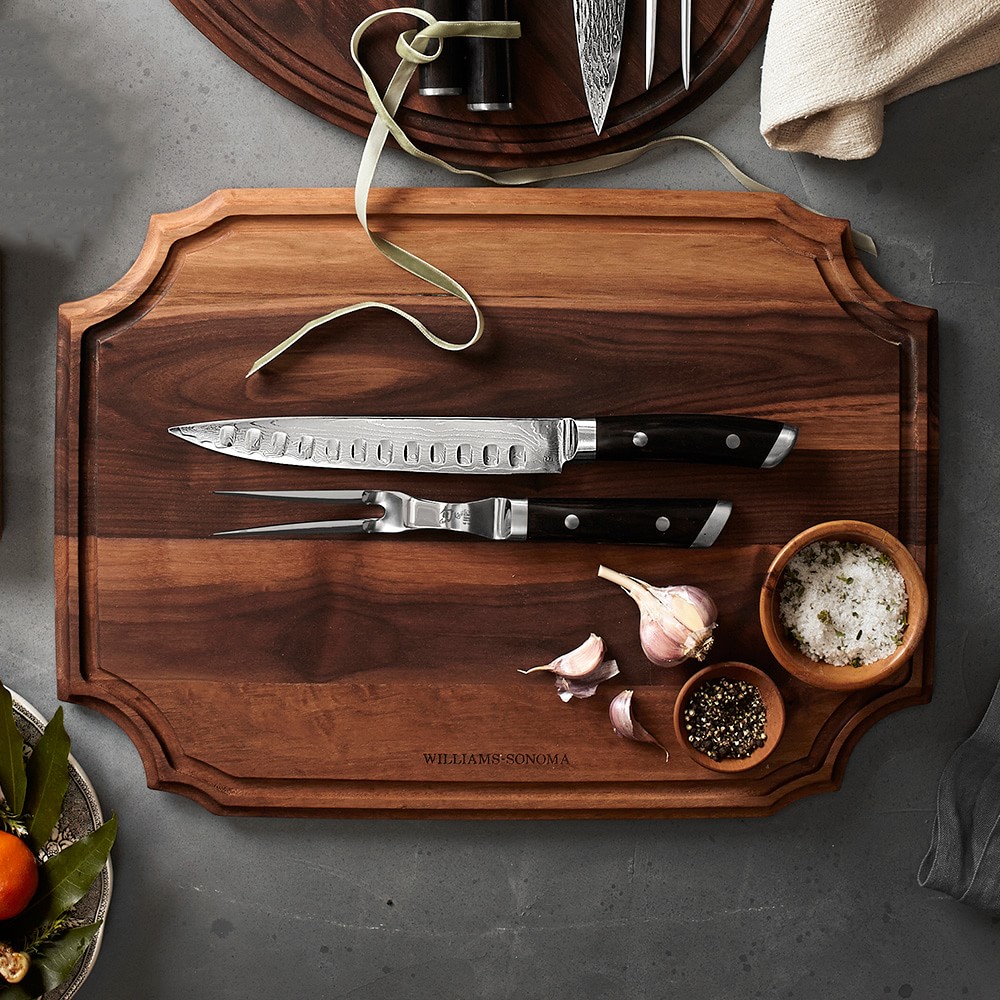
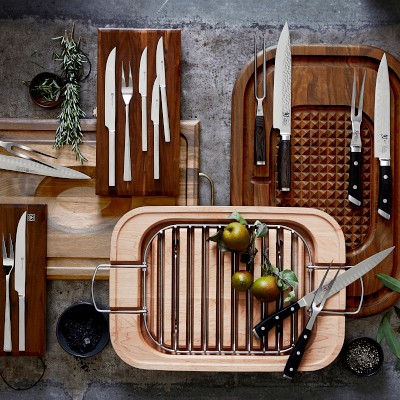
19%
OFF
ADD TO CART
Save
$ 126.05
Shun Kaji Carving Knife & Meat Fork Set
$ 524.95
$ 651.00
ADD TO CART
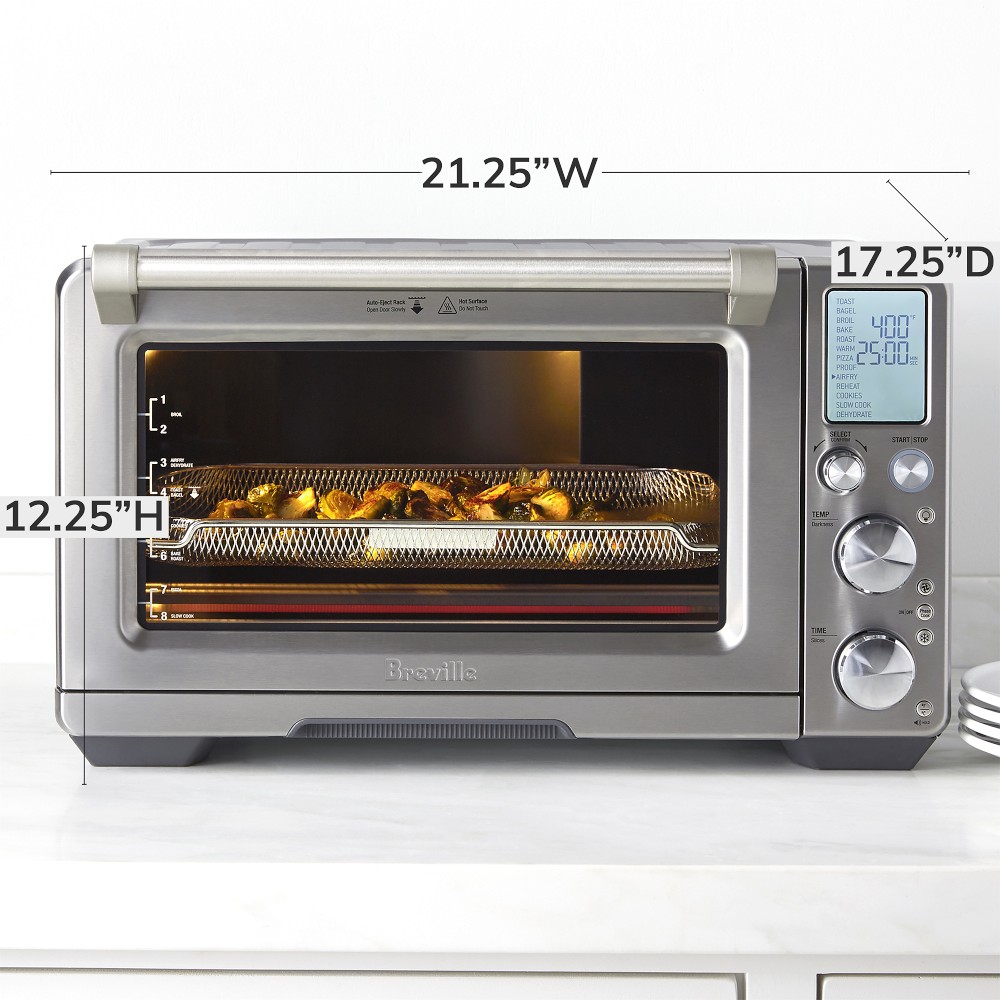
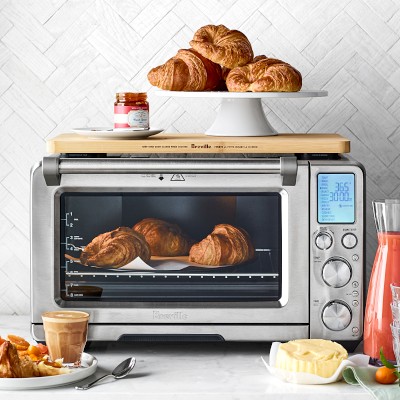
ADD TO CART
Breville Smart Oven® Air Fryer Pro
$ 399.95
ADD TO CART
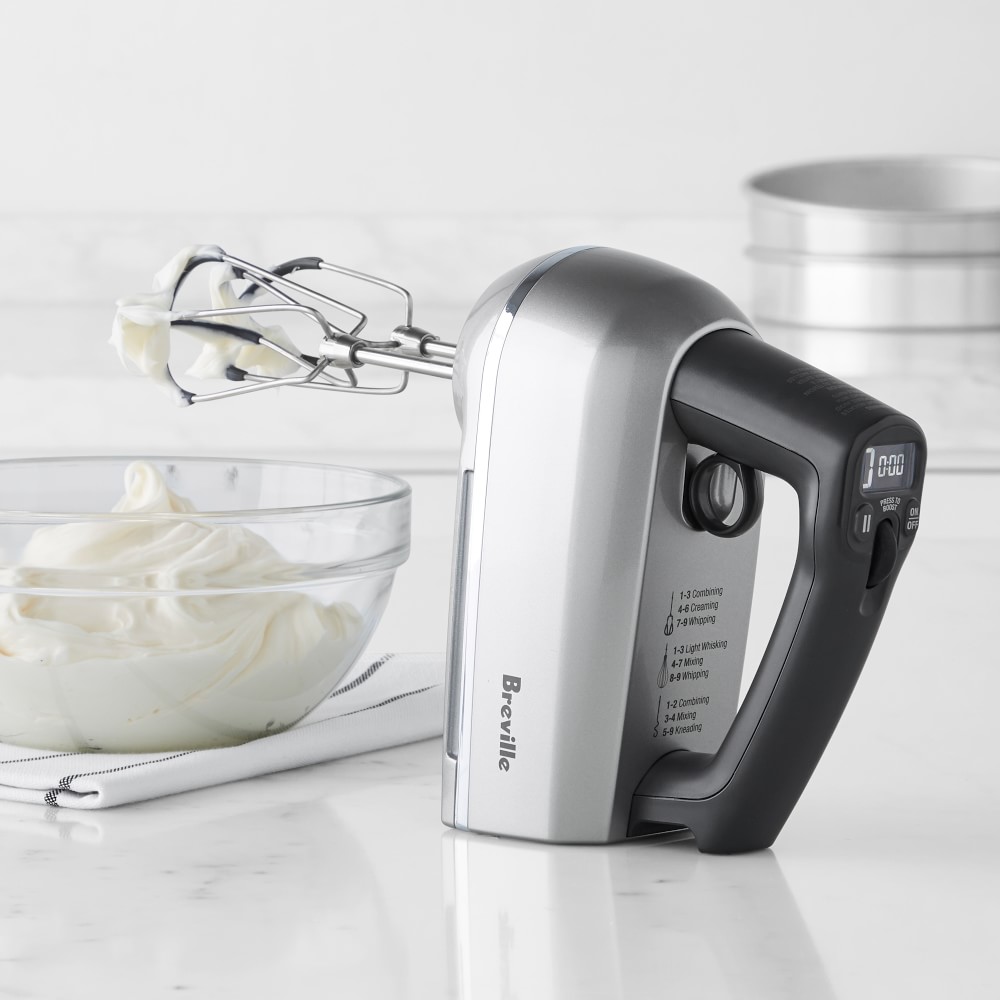
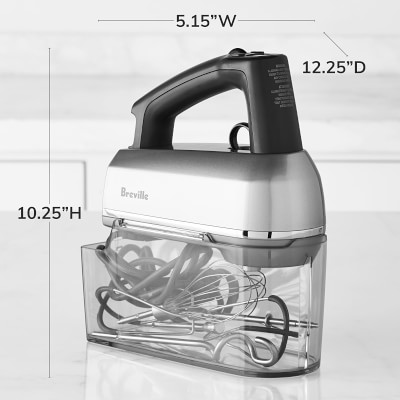
52%
OFF
ADD TO CART
Save
$ 85.30
Breville Handy Mix Scraper™ 9-Speed Hand Mixer
$ 75.65
$ 160.95
ADD TO CART
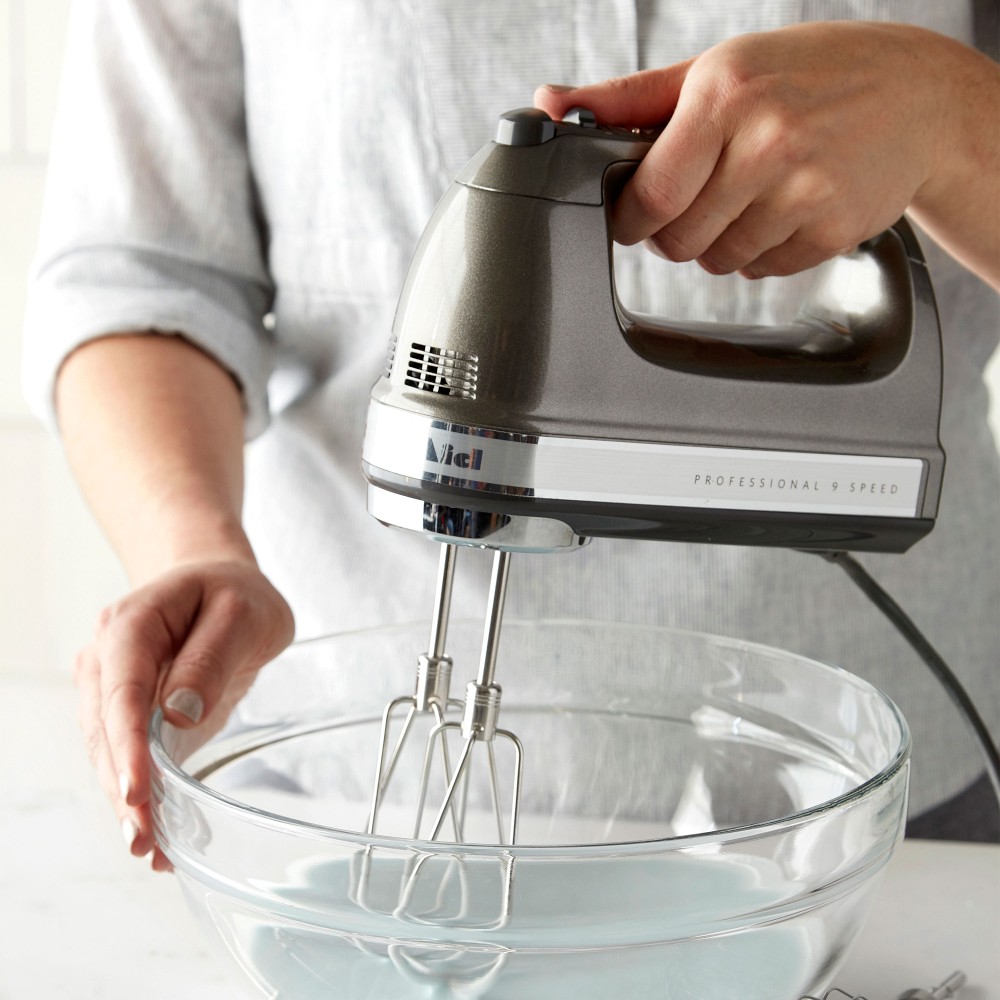
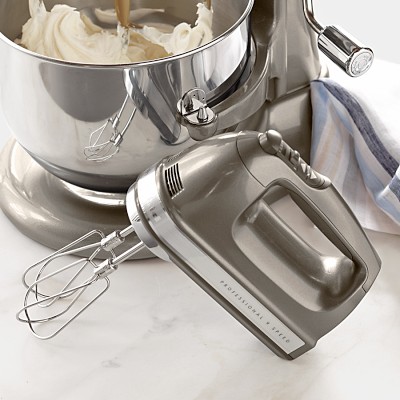
52%
OFF
ADD TO CART
Save
$ 77.35
KitchenAid® 9-Speed Professional Hand Mixer
$ 68.60
$ 145.95
ADD TO CART
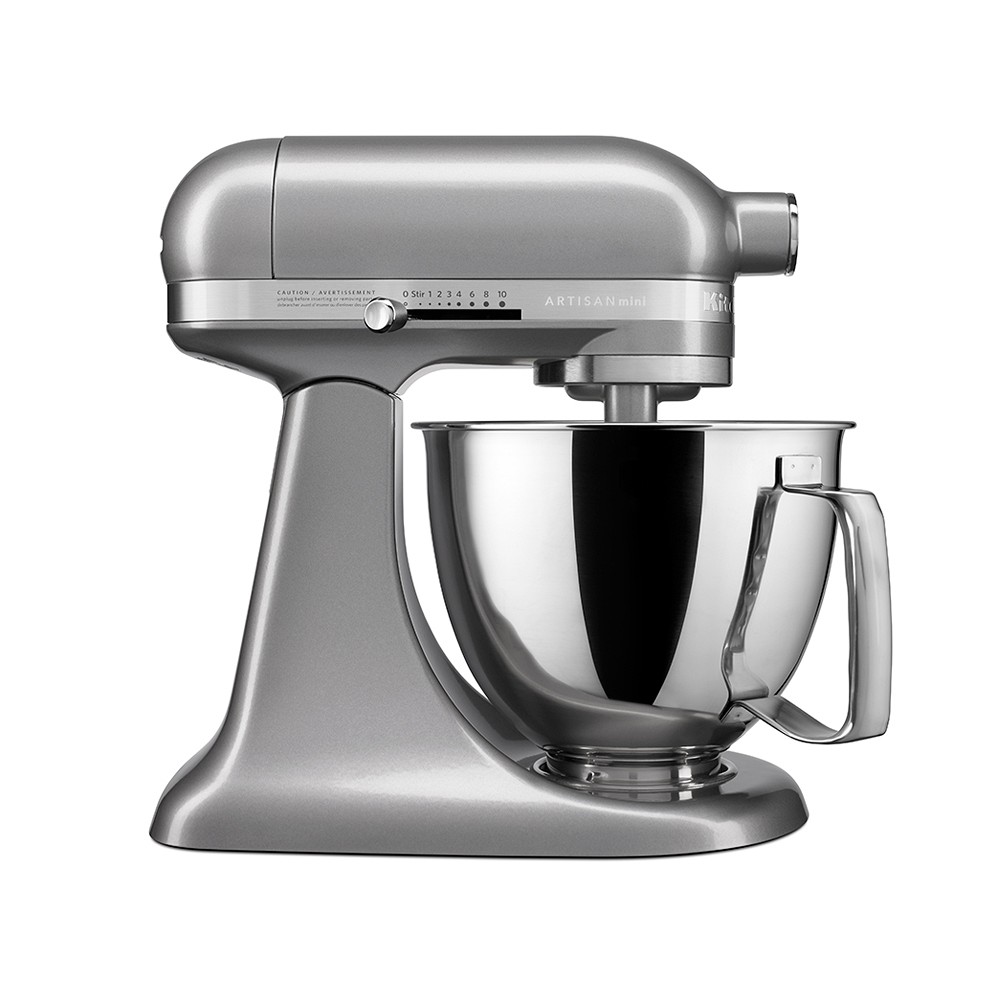
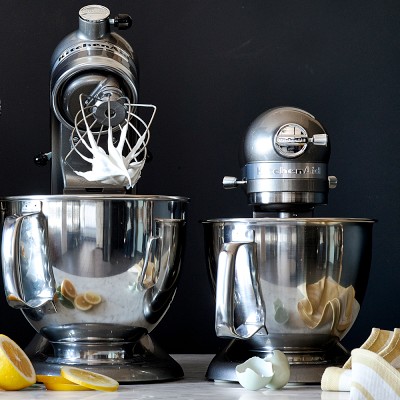
ADD TO CART
ADD TO CART
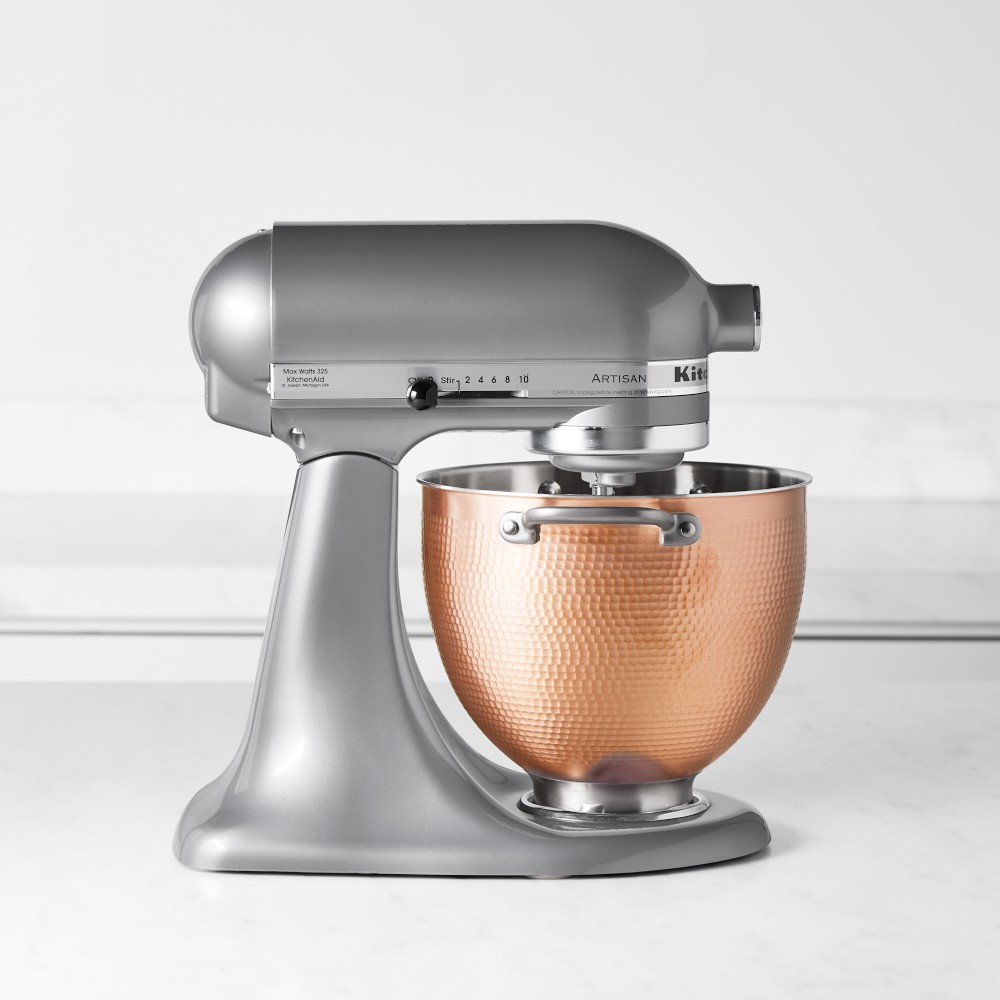
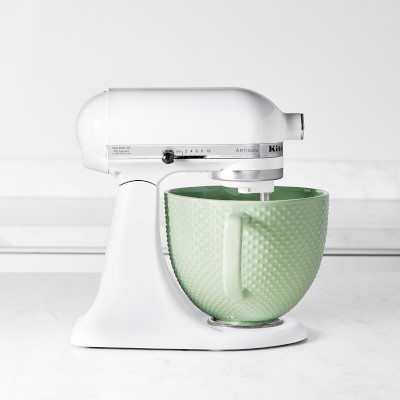
50%
OFF
ADD TO CART
Save
$ 51.48
KitchenAid® Bowl, 5-qt
$ 49.47
$ 100.95
ADD TO CART
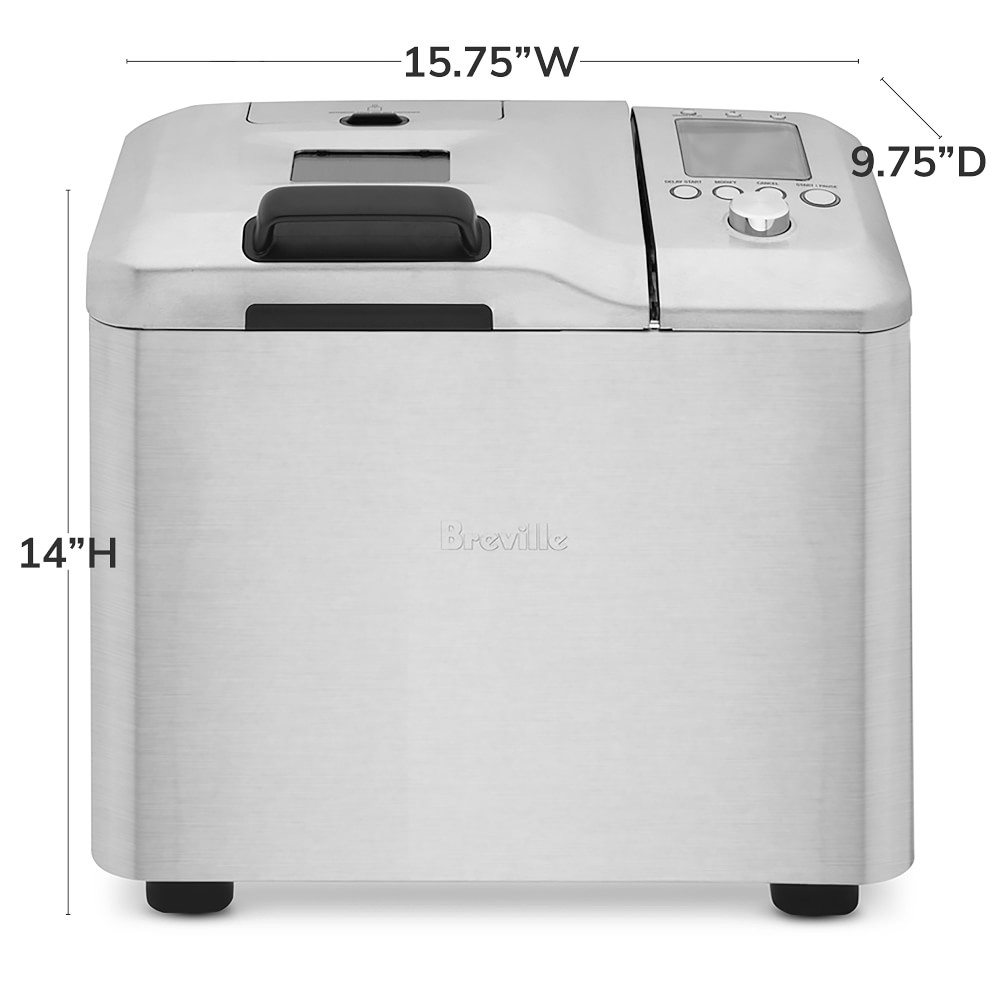
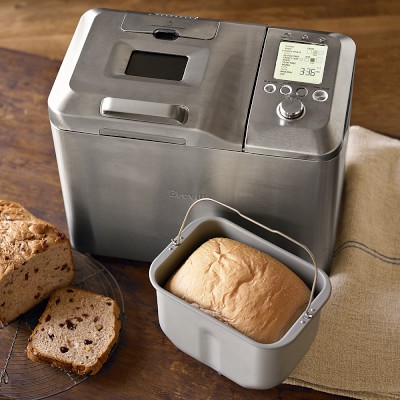
ADD TO CART
Breville Custom Loaf™ Bread Maker
$ 399.95
ADD TO CART
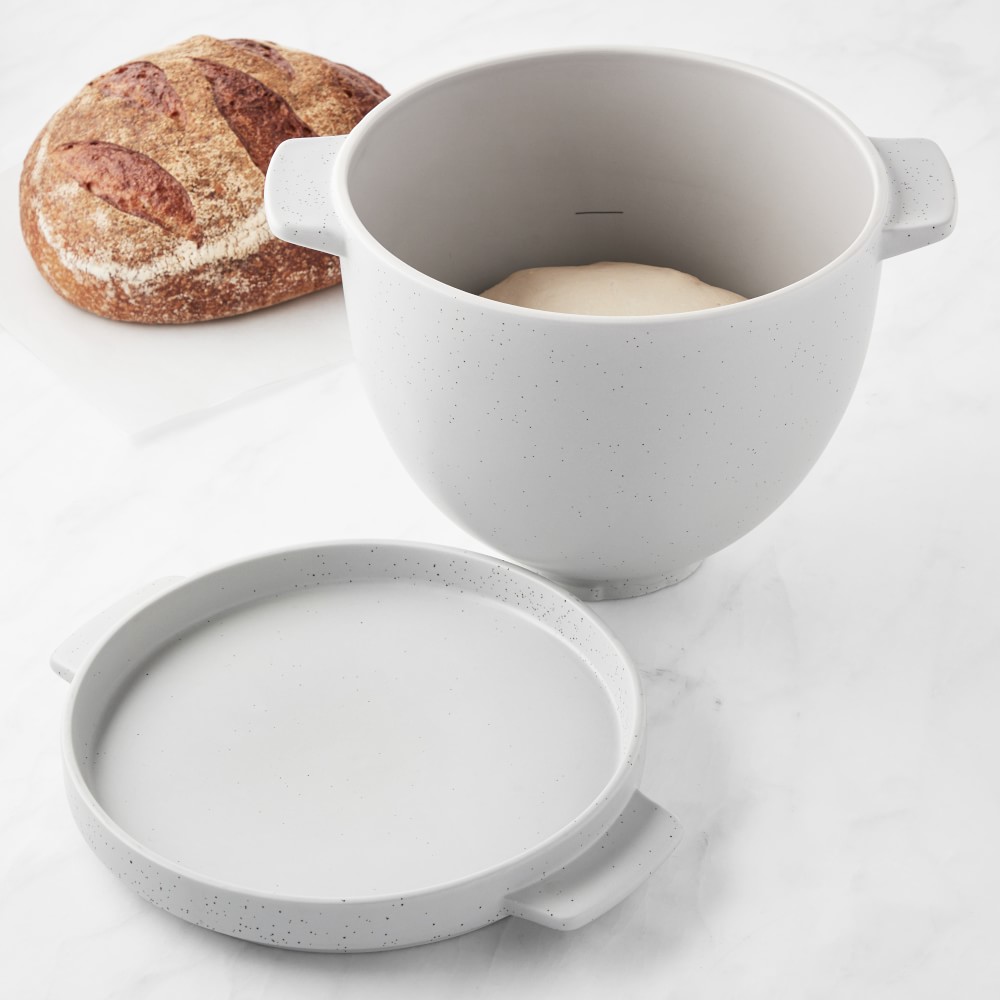
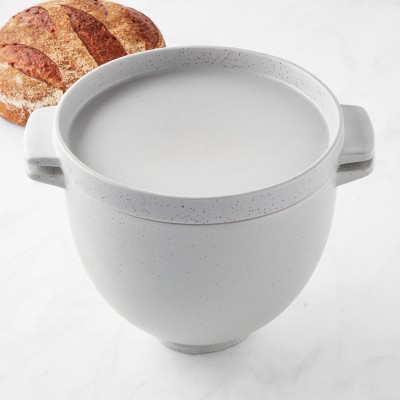
ADD TO CART
ADD TO CART
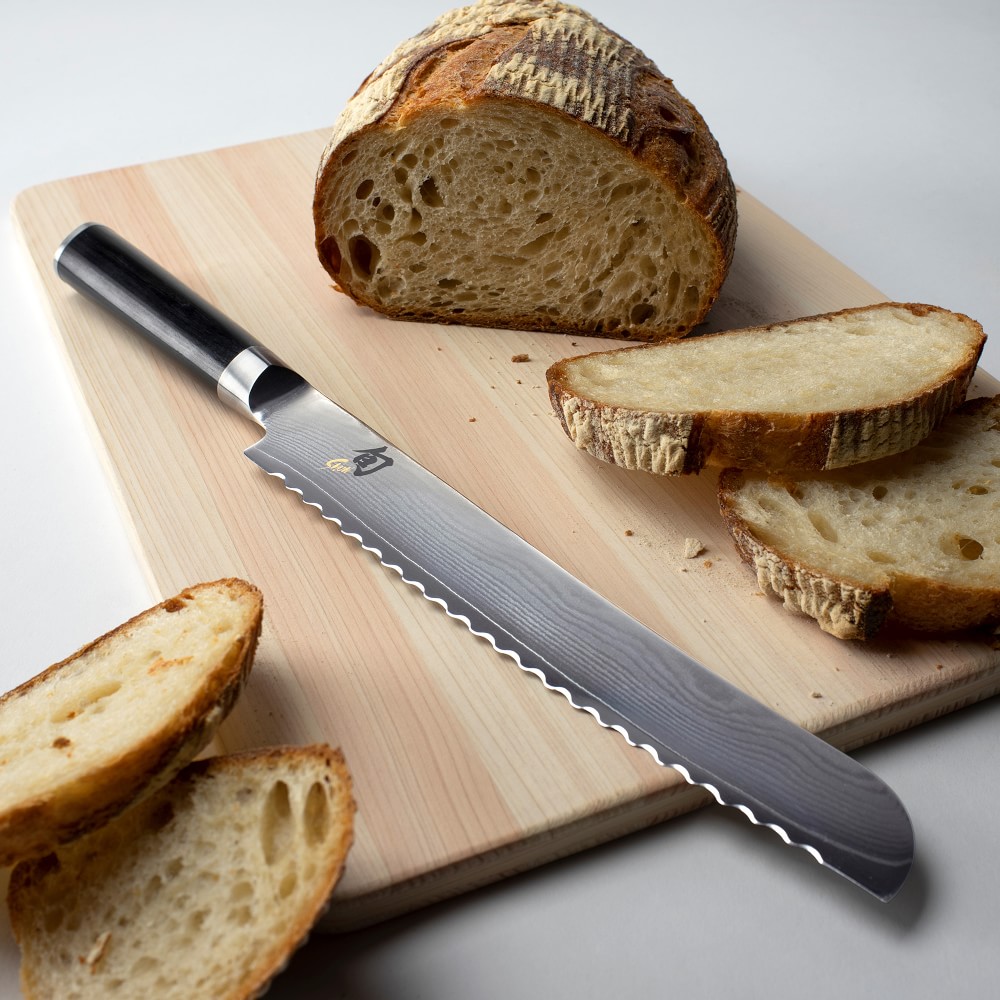
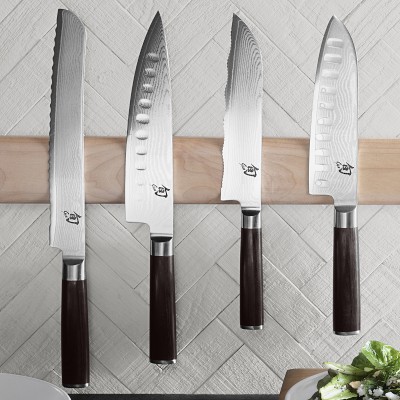
50%
OFF
ADD TO CART
Save
$ 97.38
Shun Classic Bread Knife, 9"
$ 93.57
$ 190.95
ADD TO CART
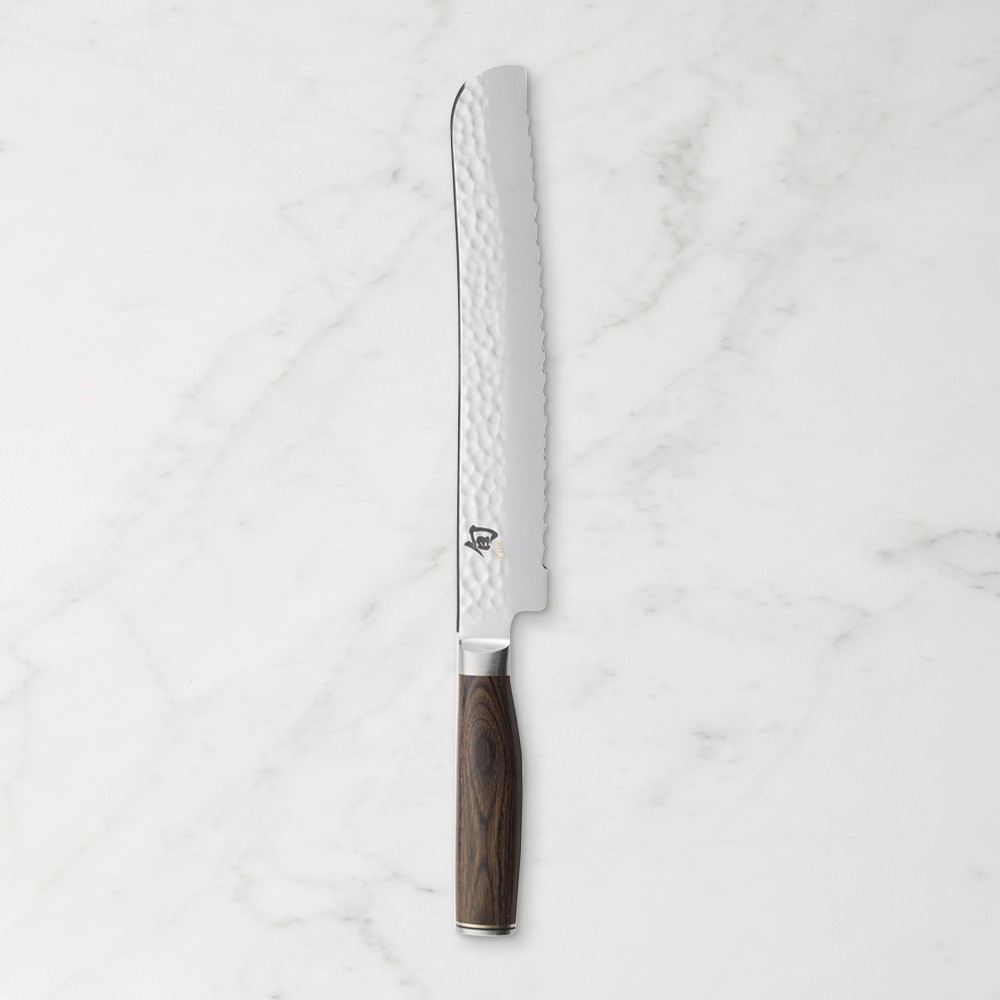
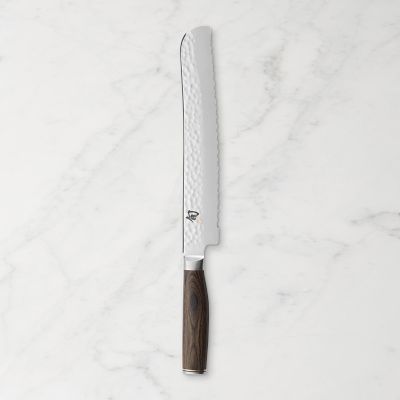
ADD TO CART
Shun Premier Bread Knife, 9"
$ 229.95
ADD TO CART

